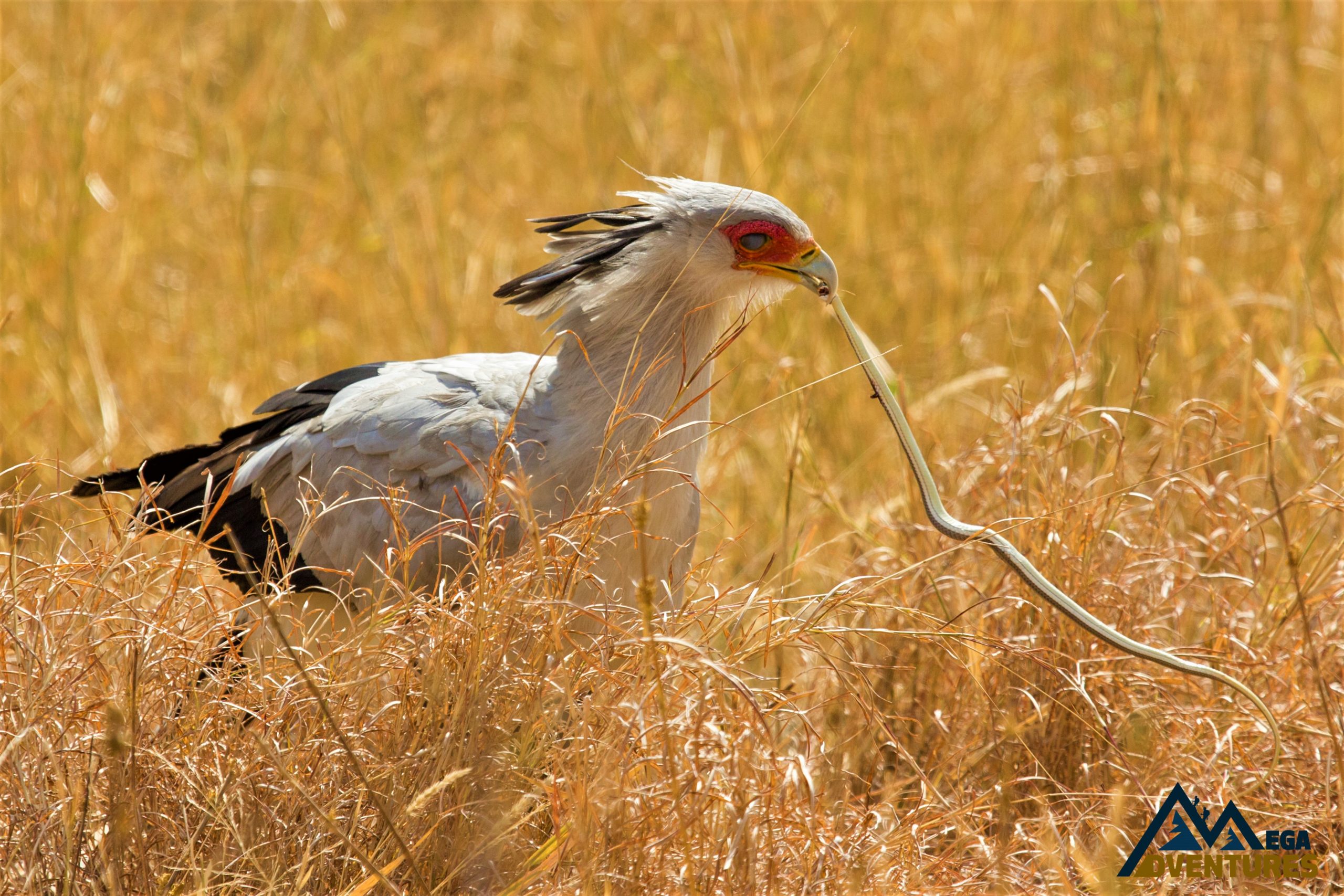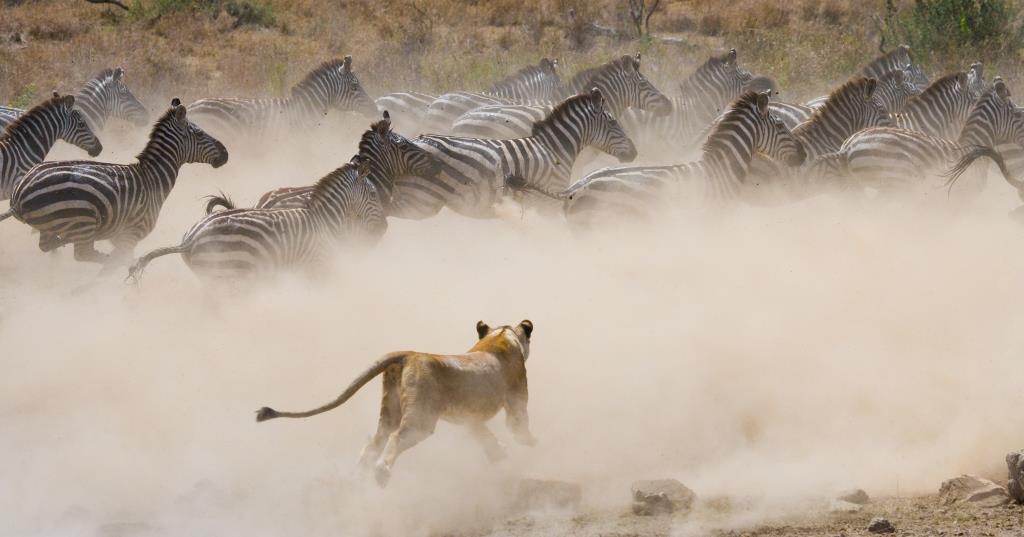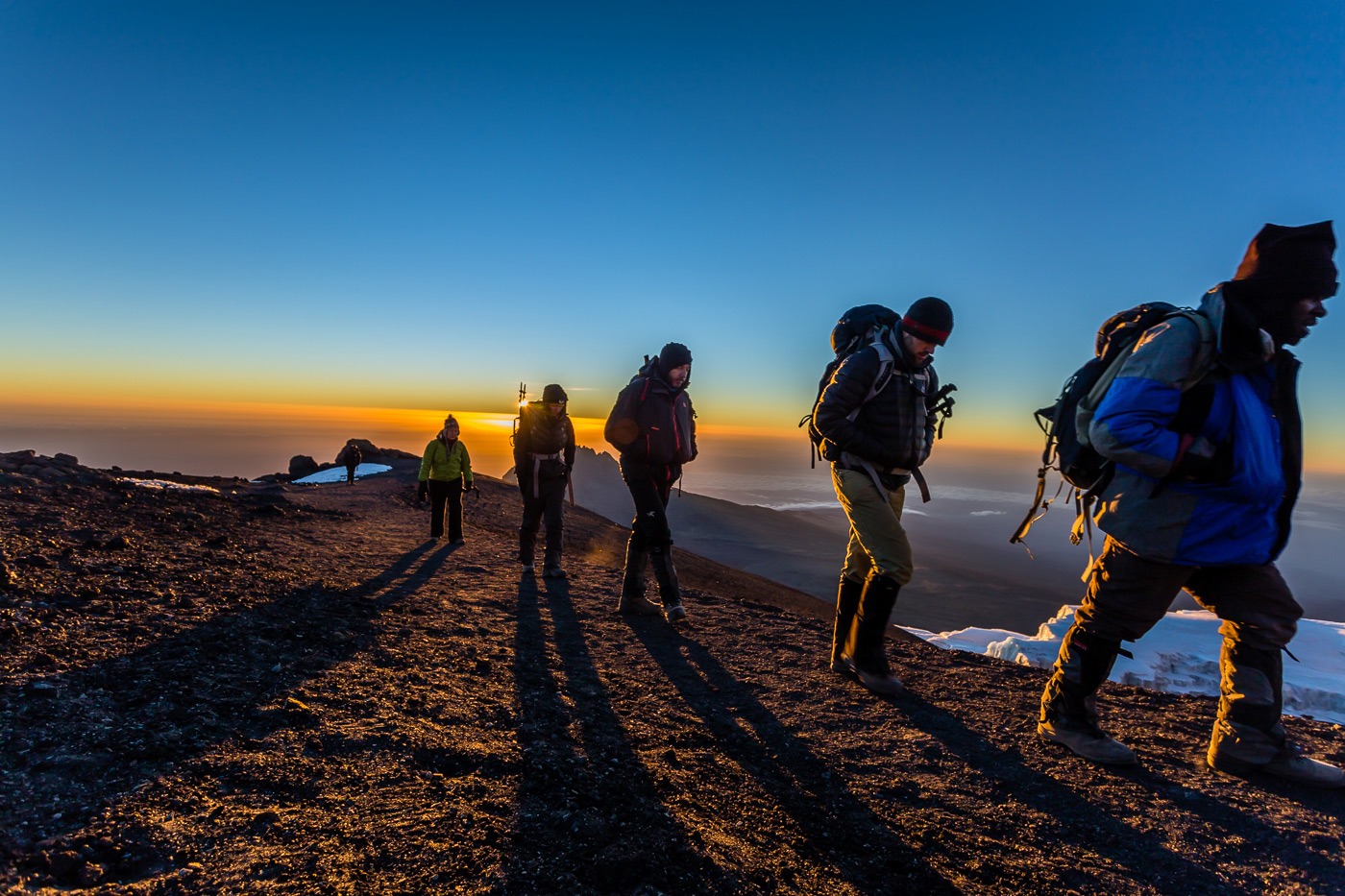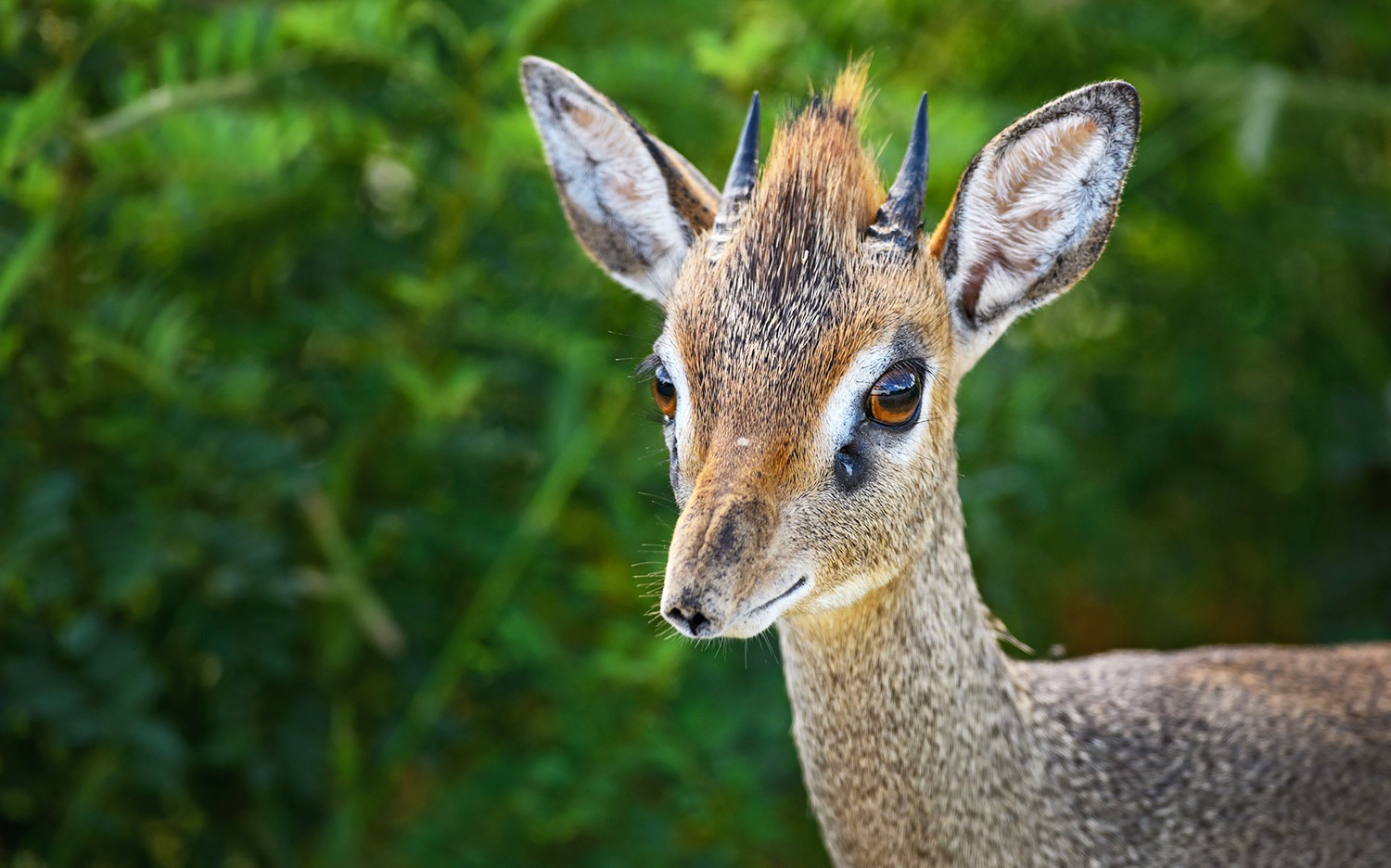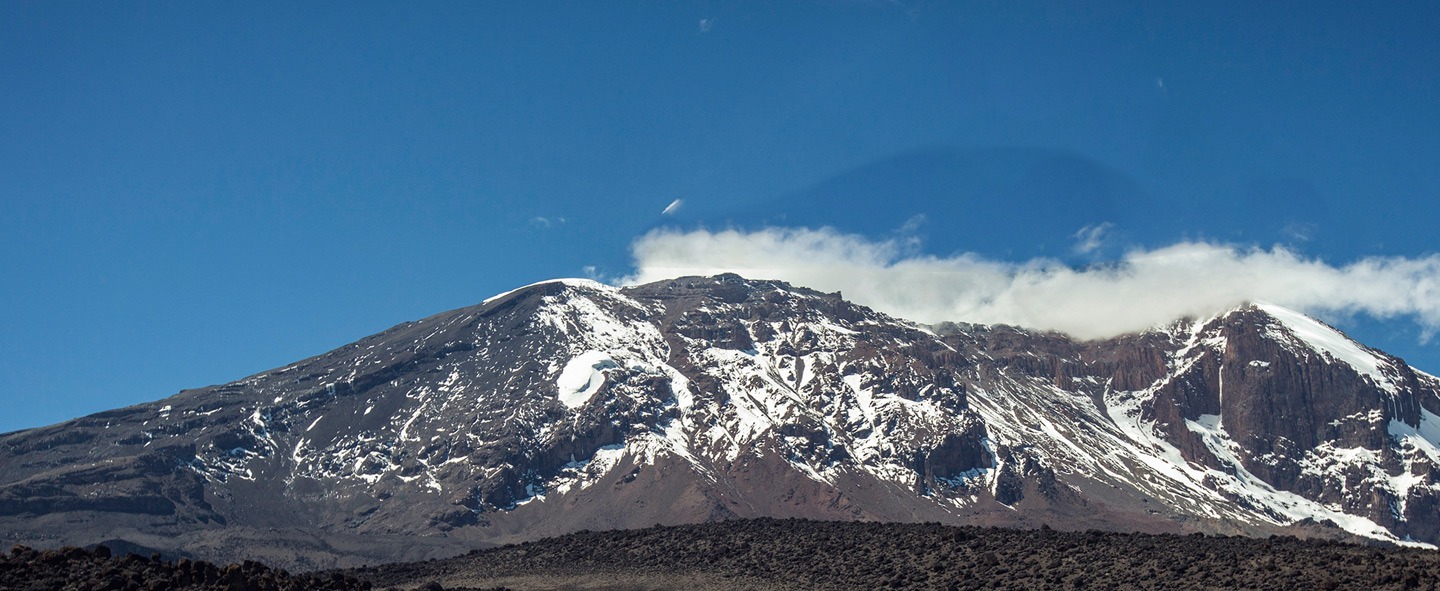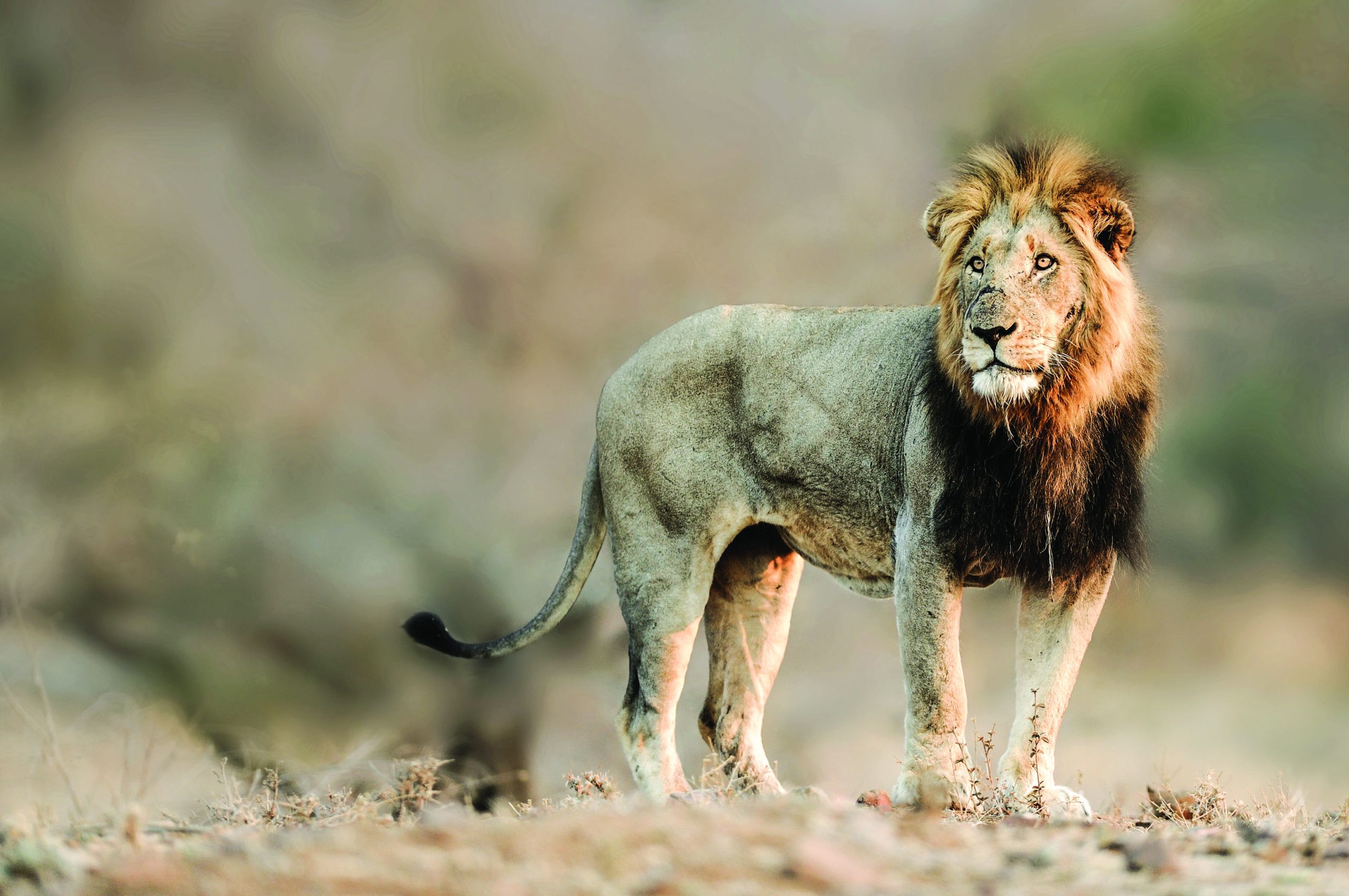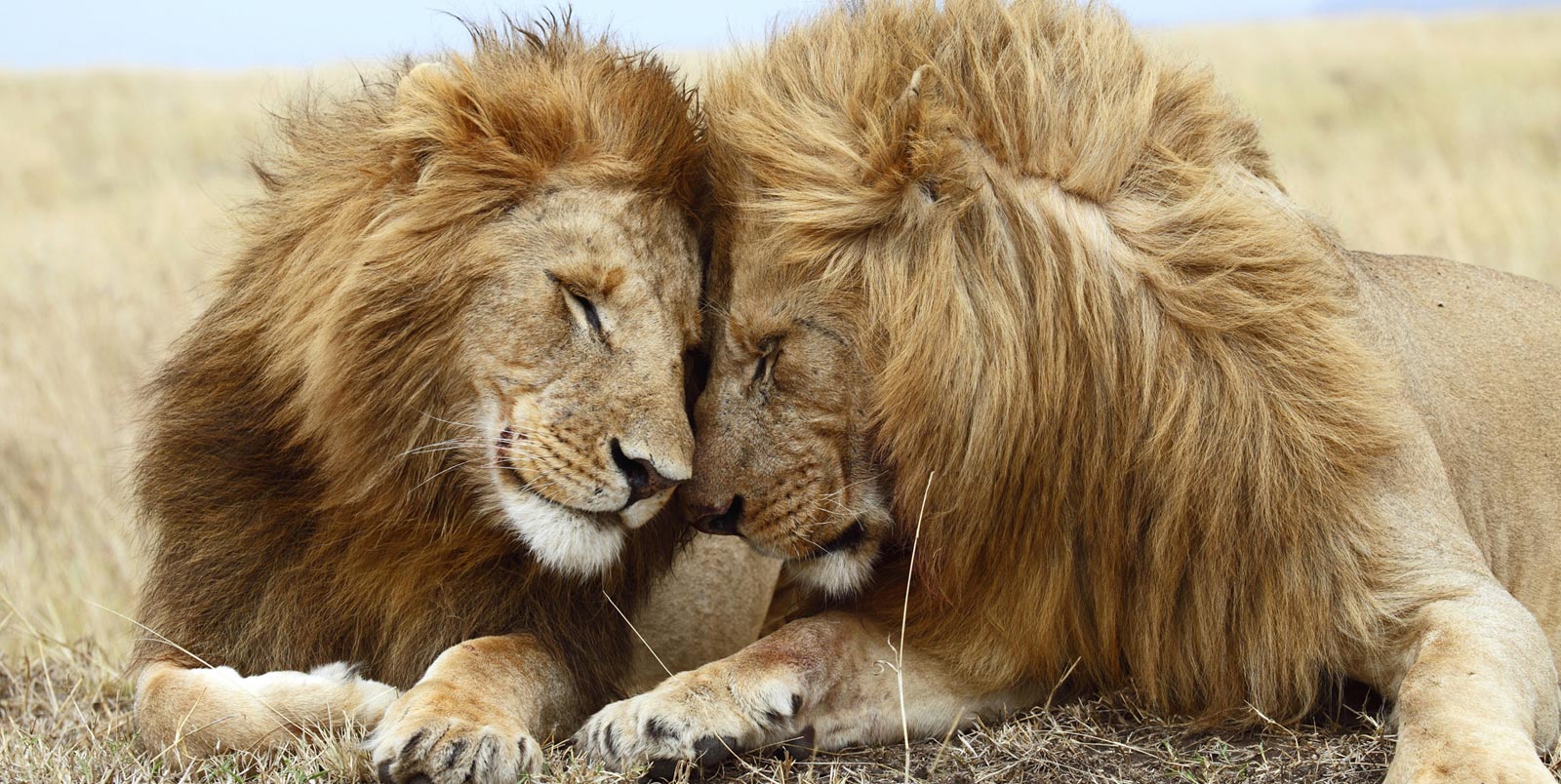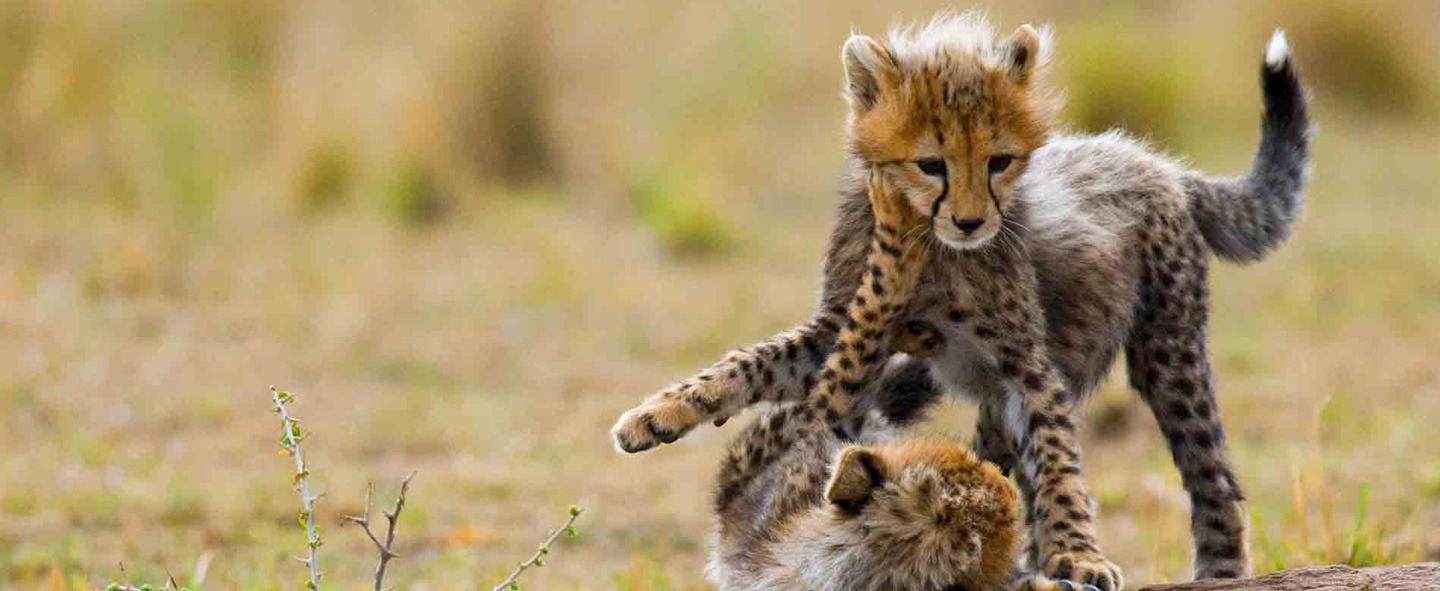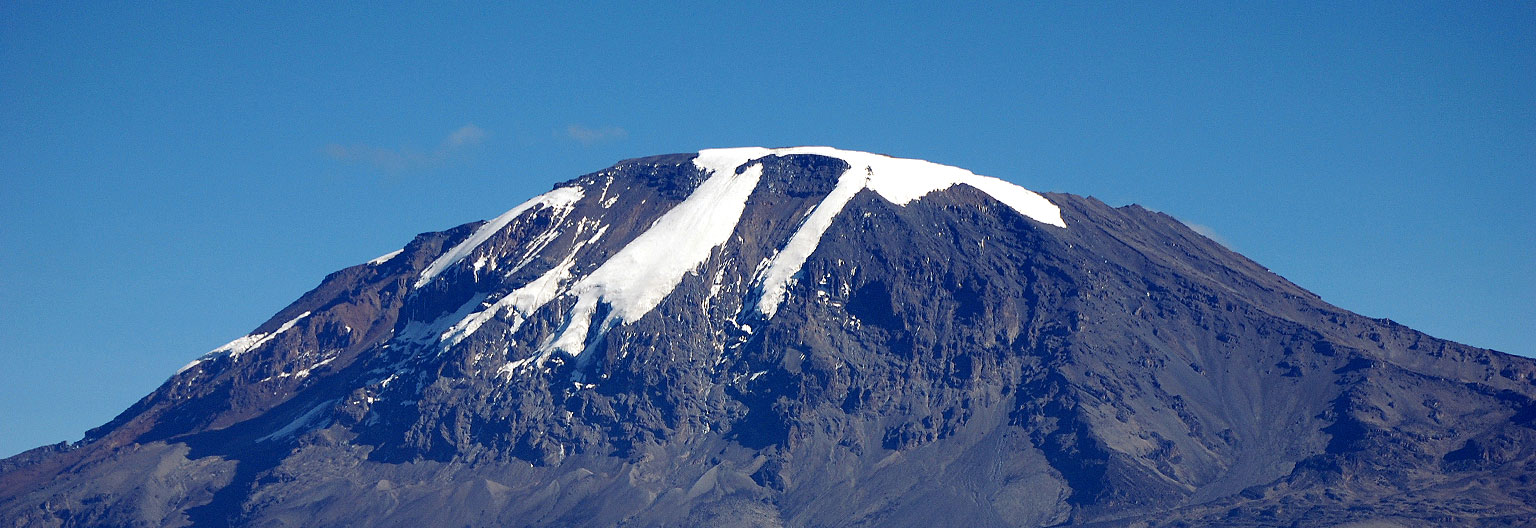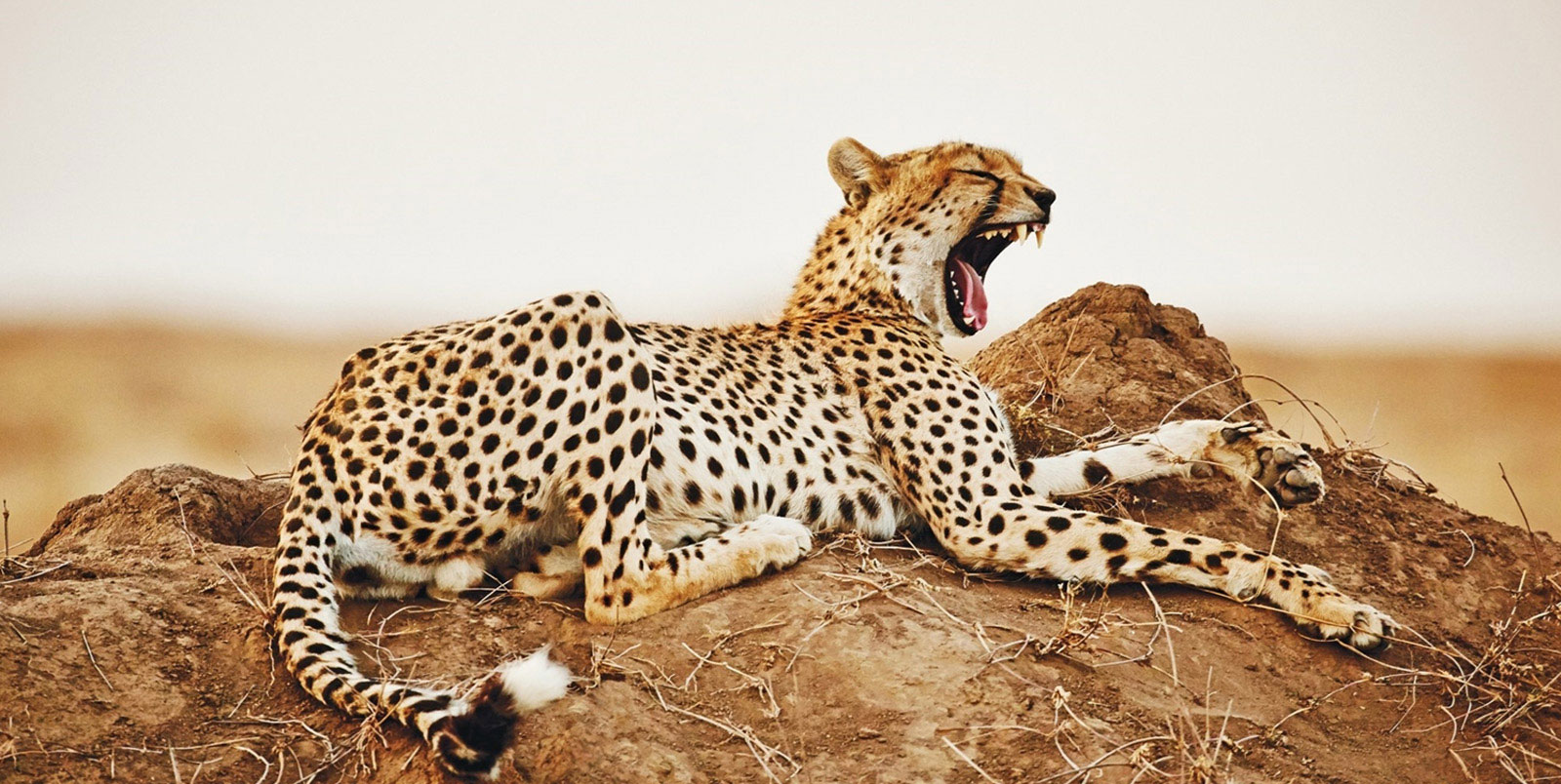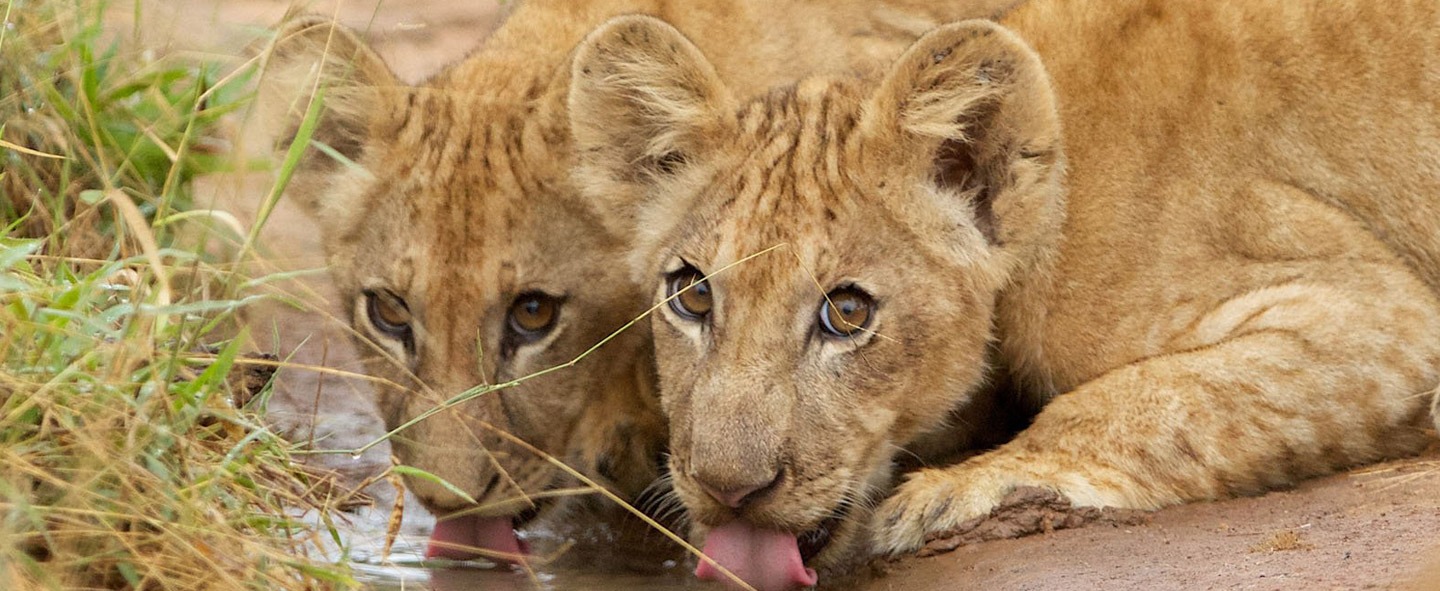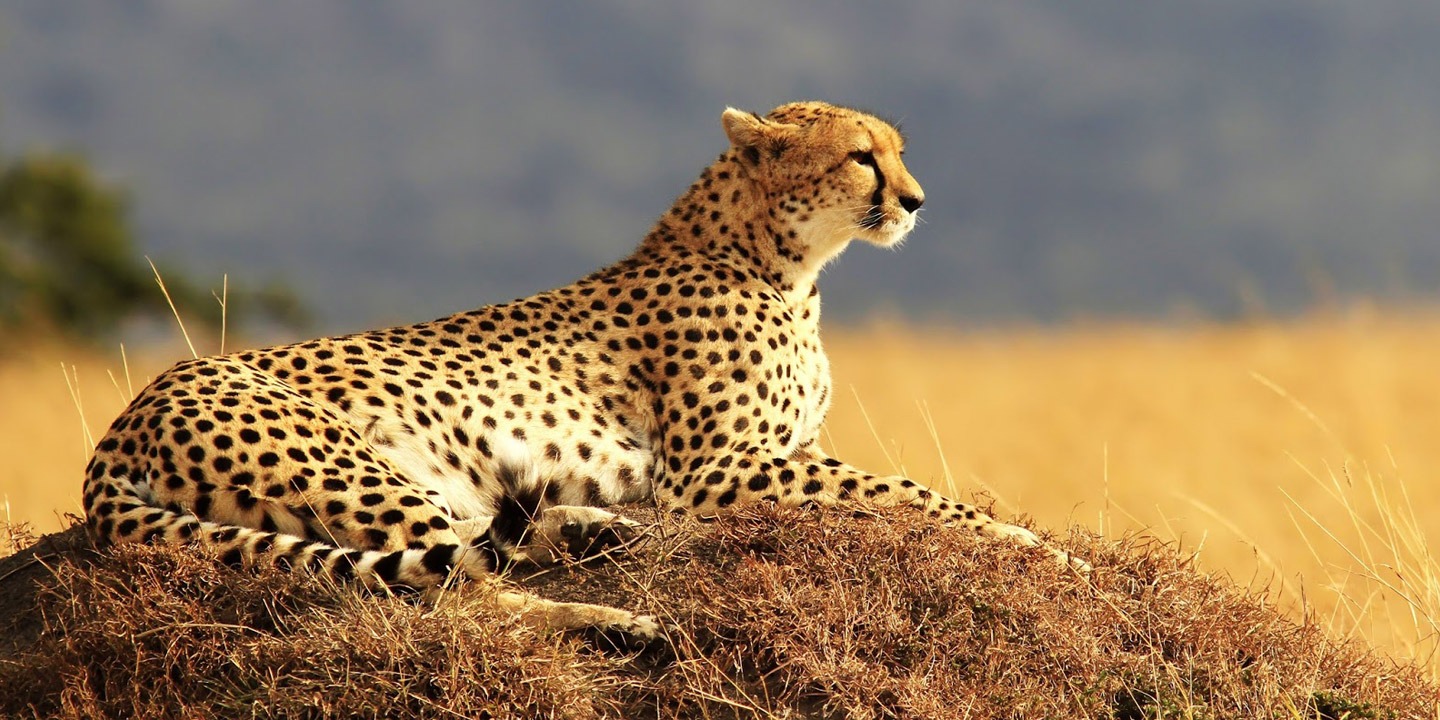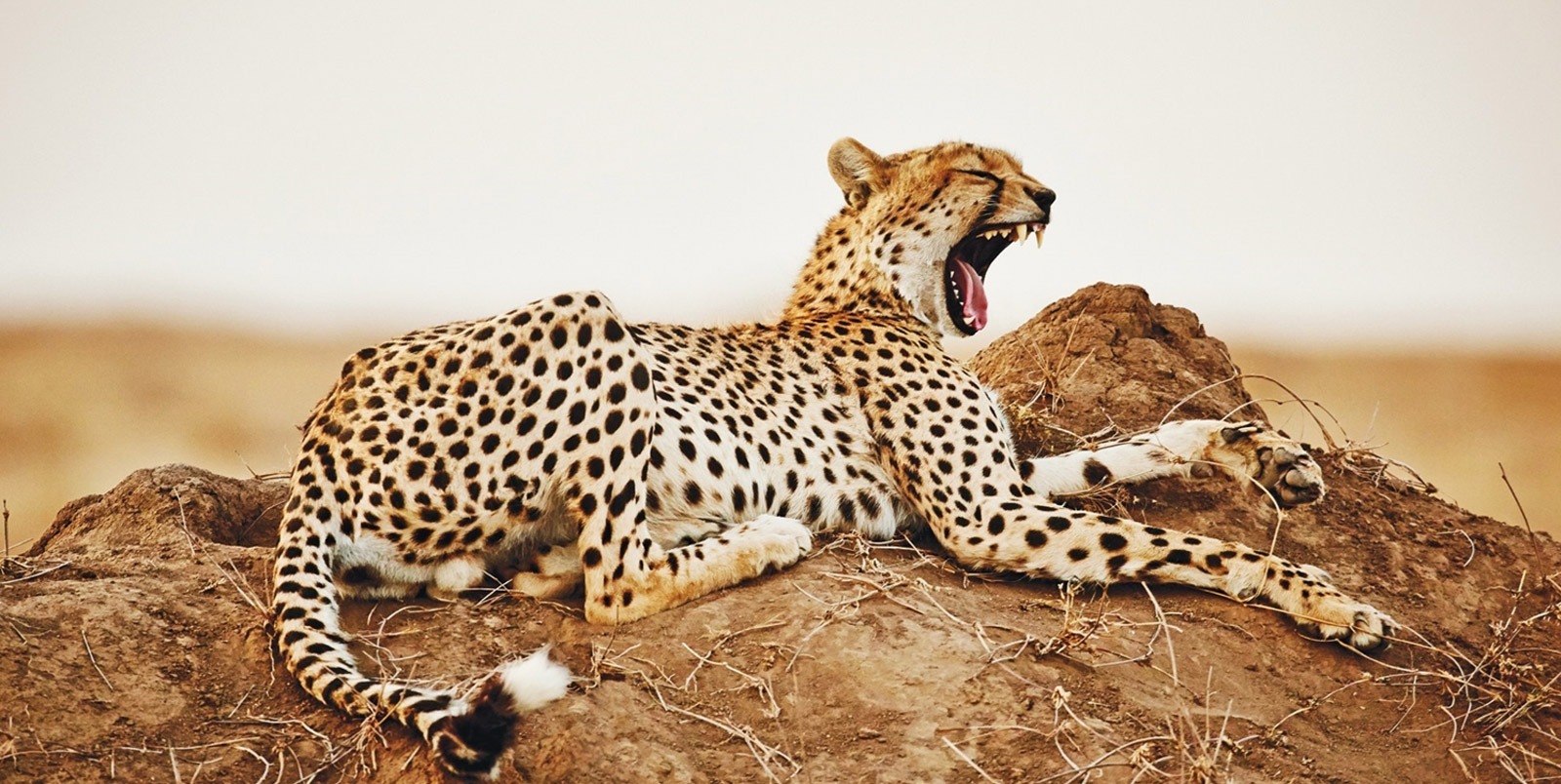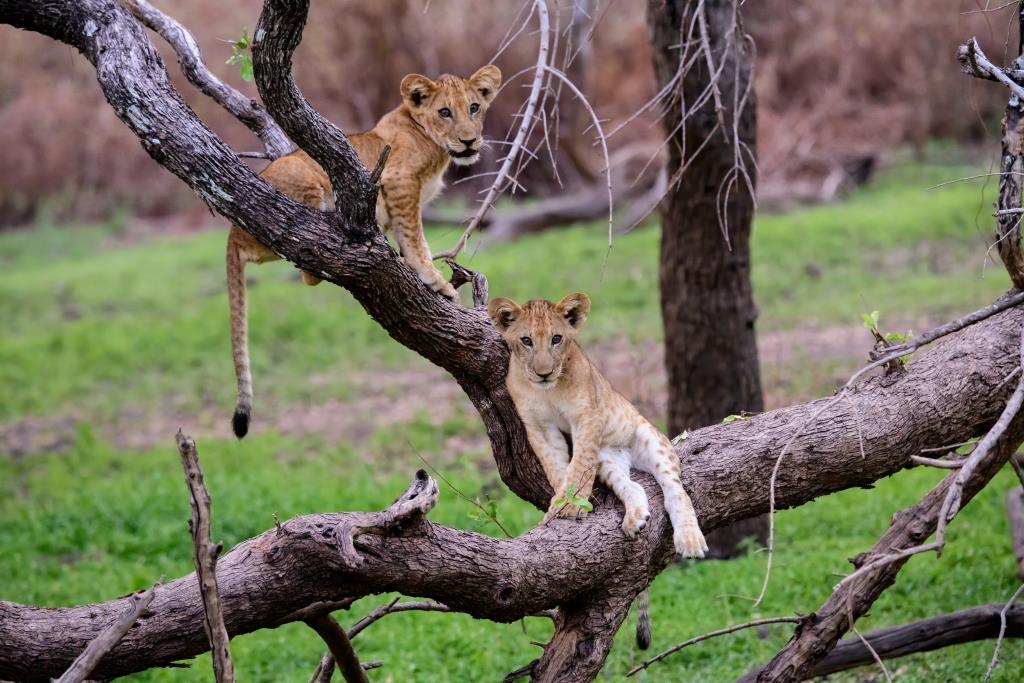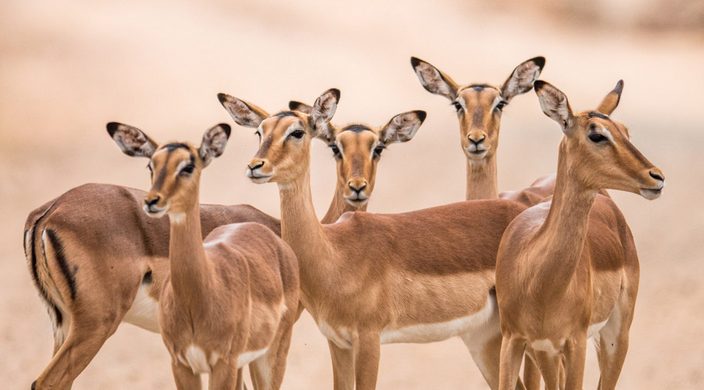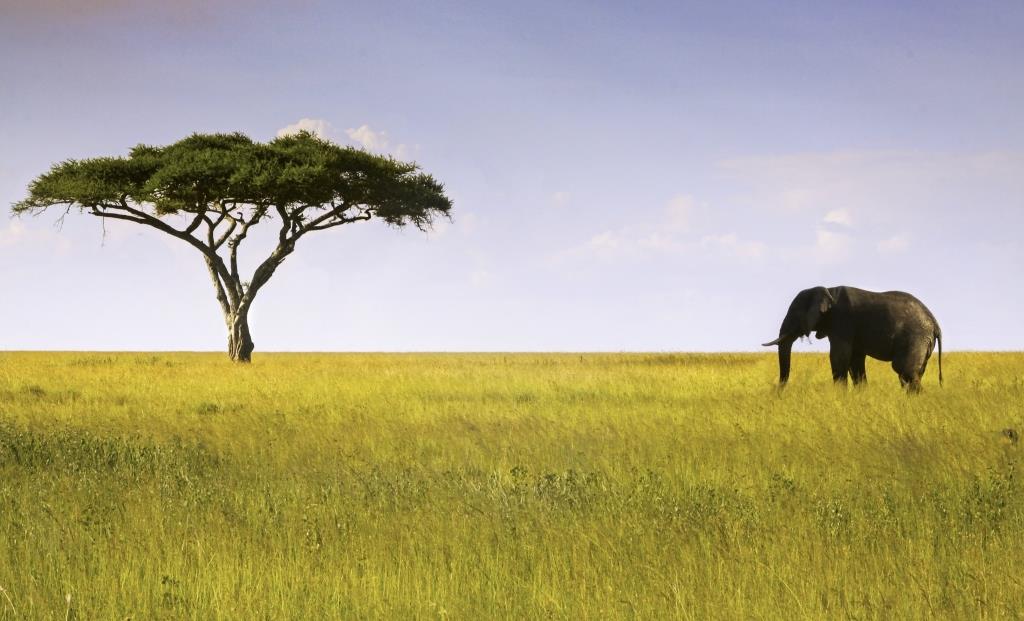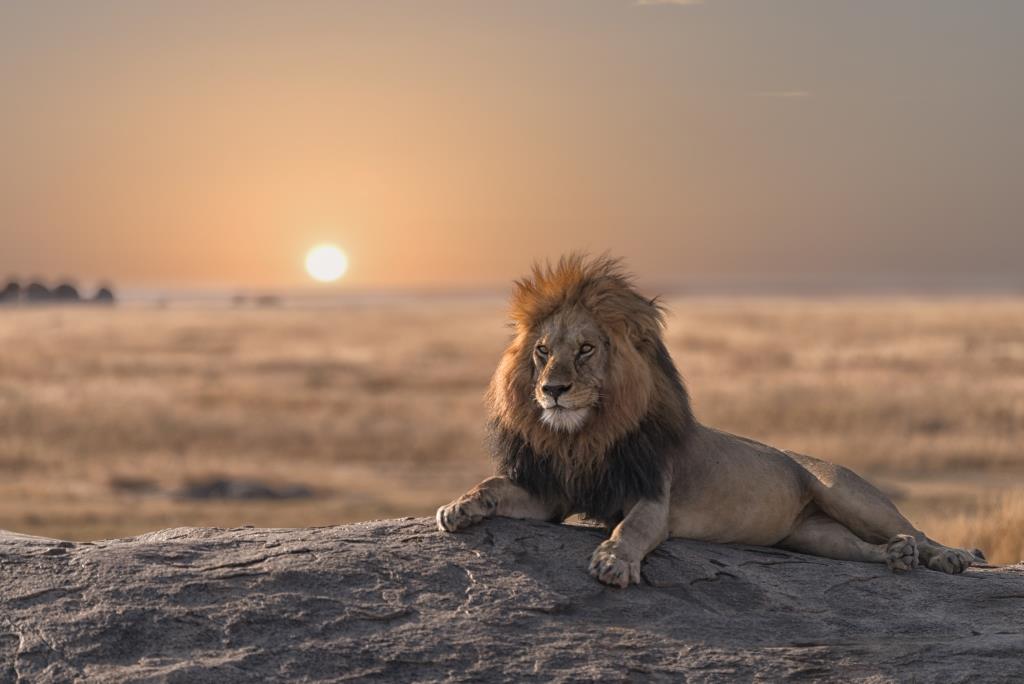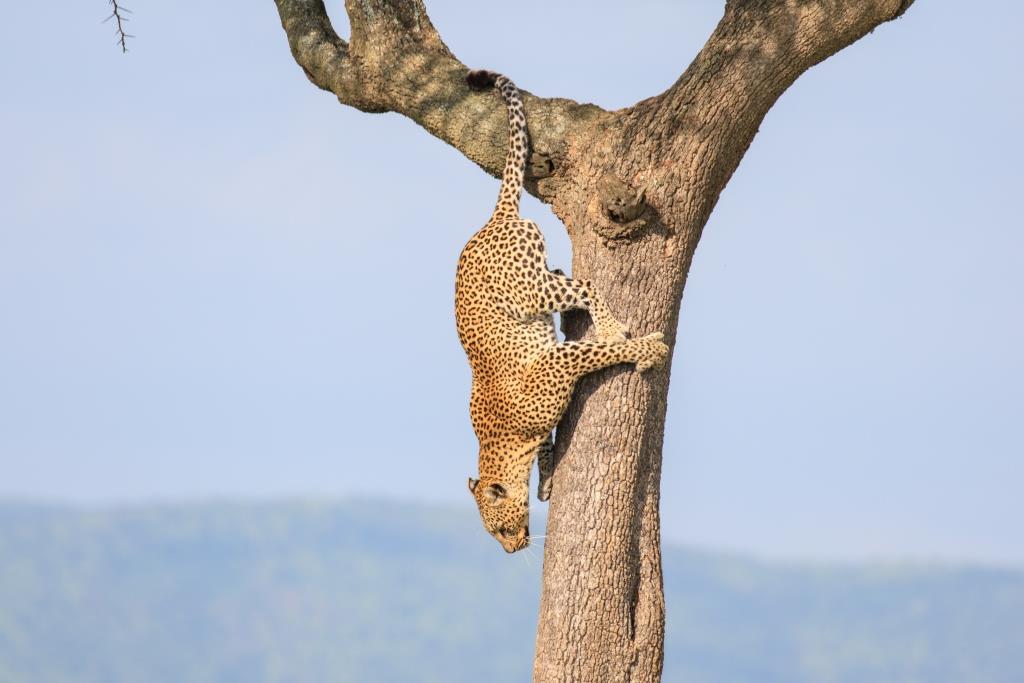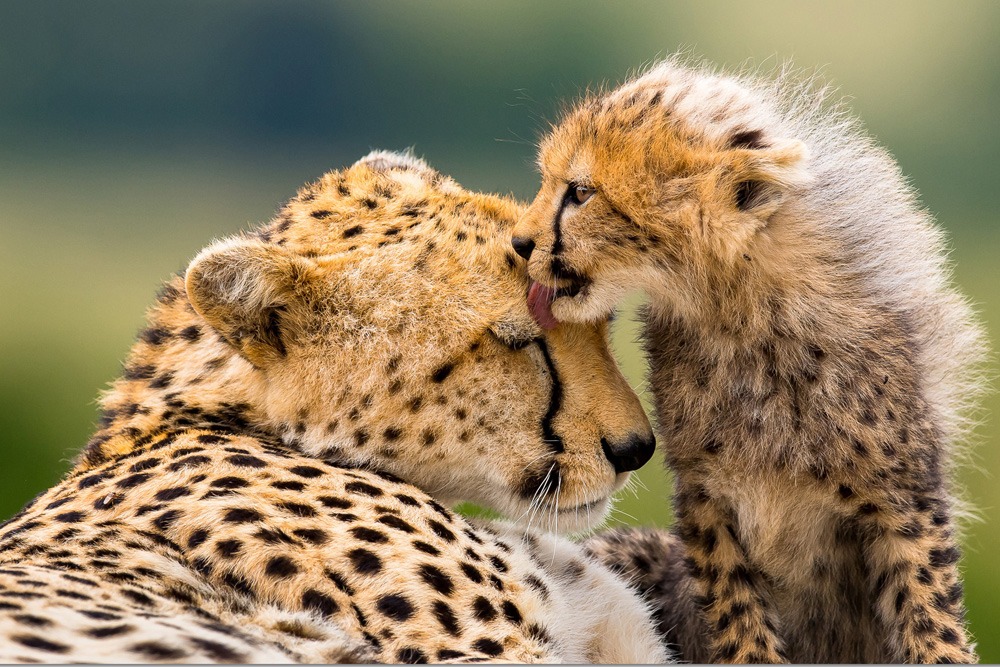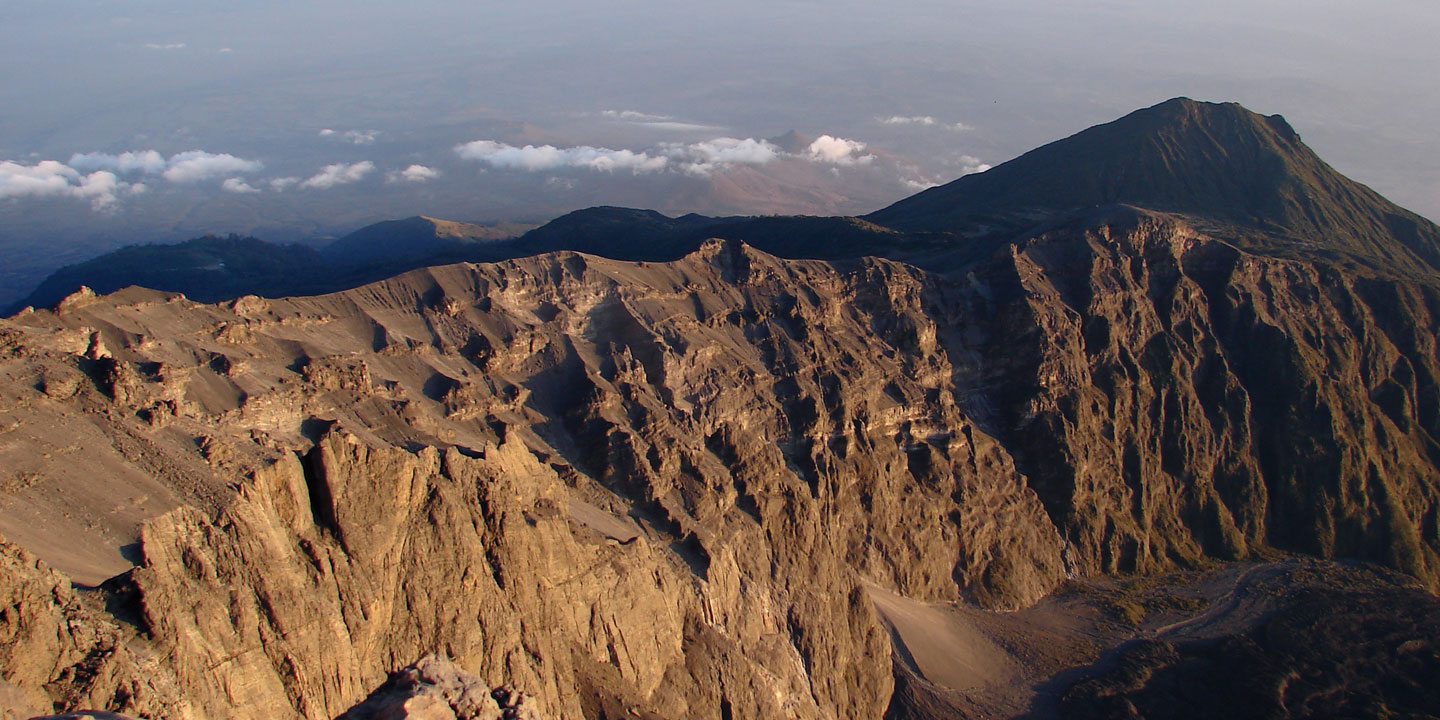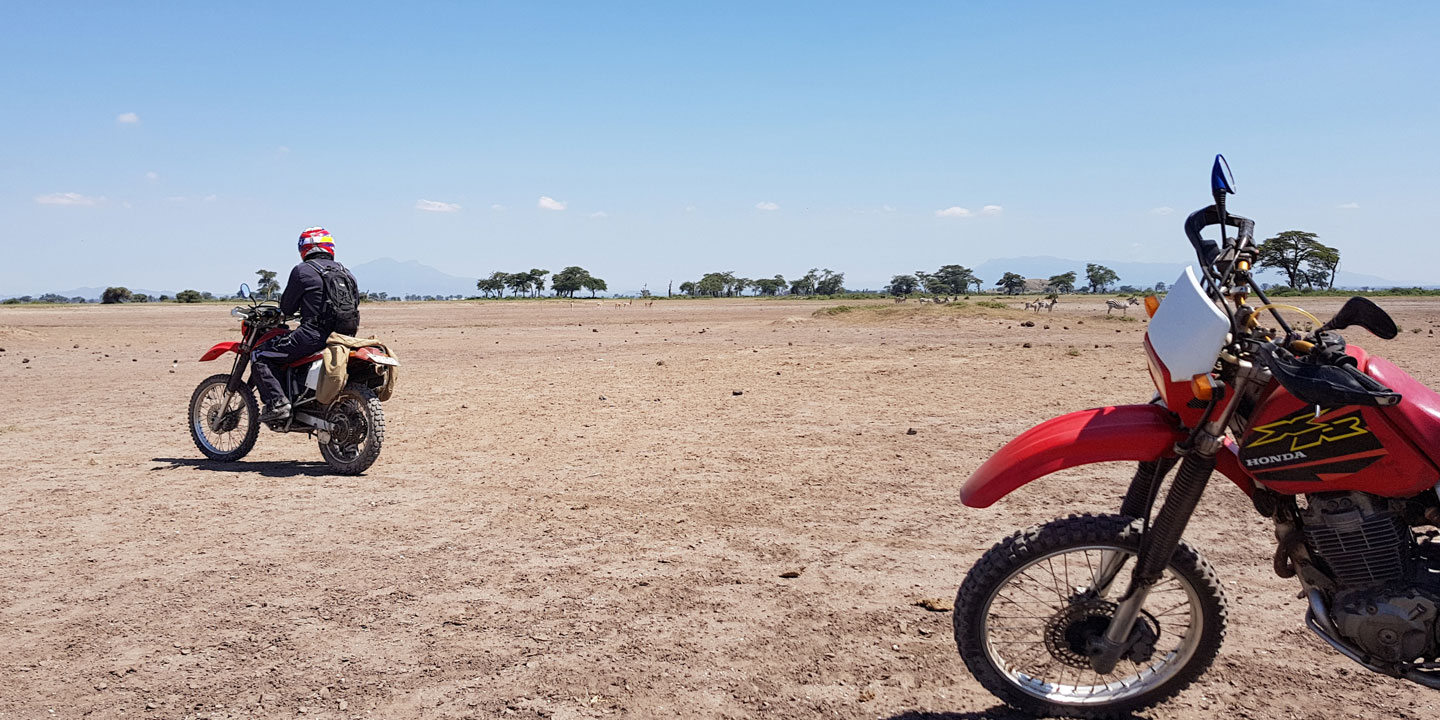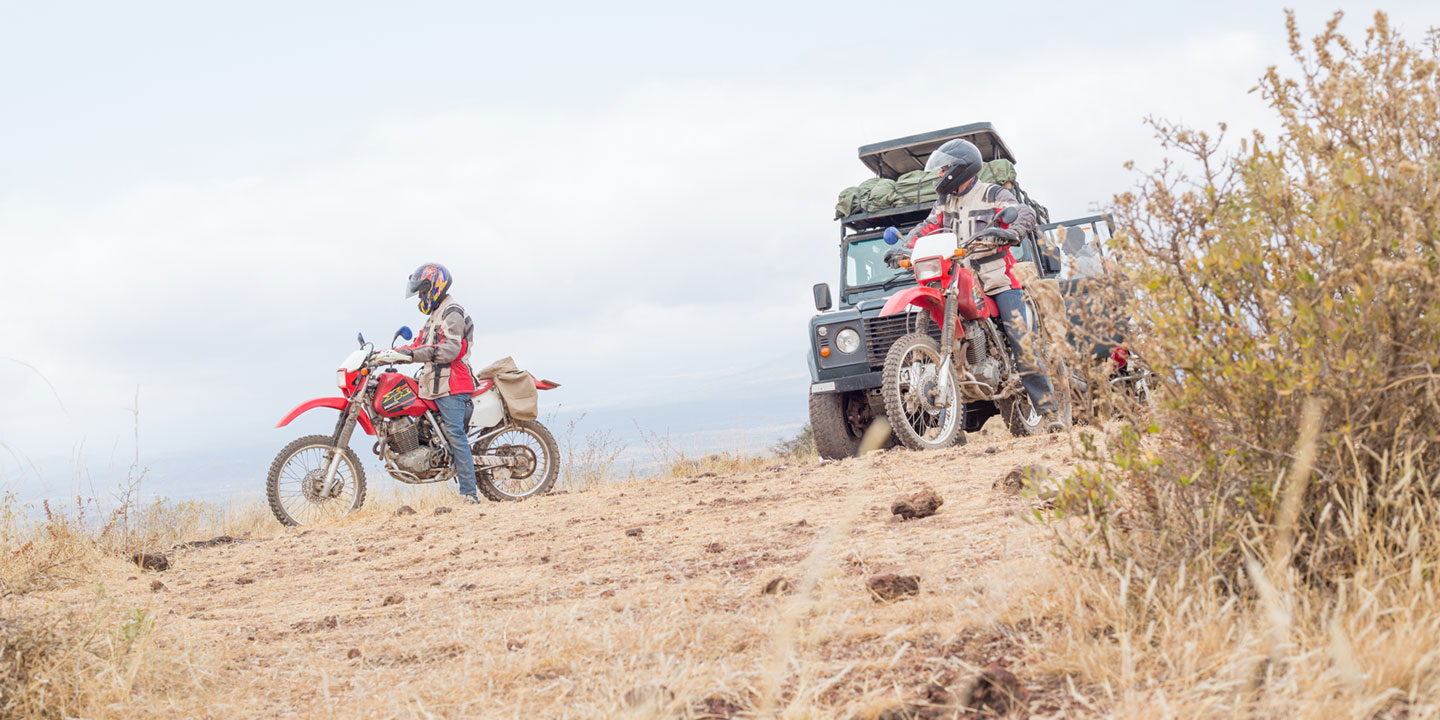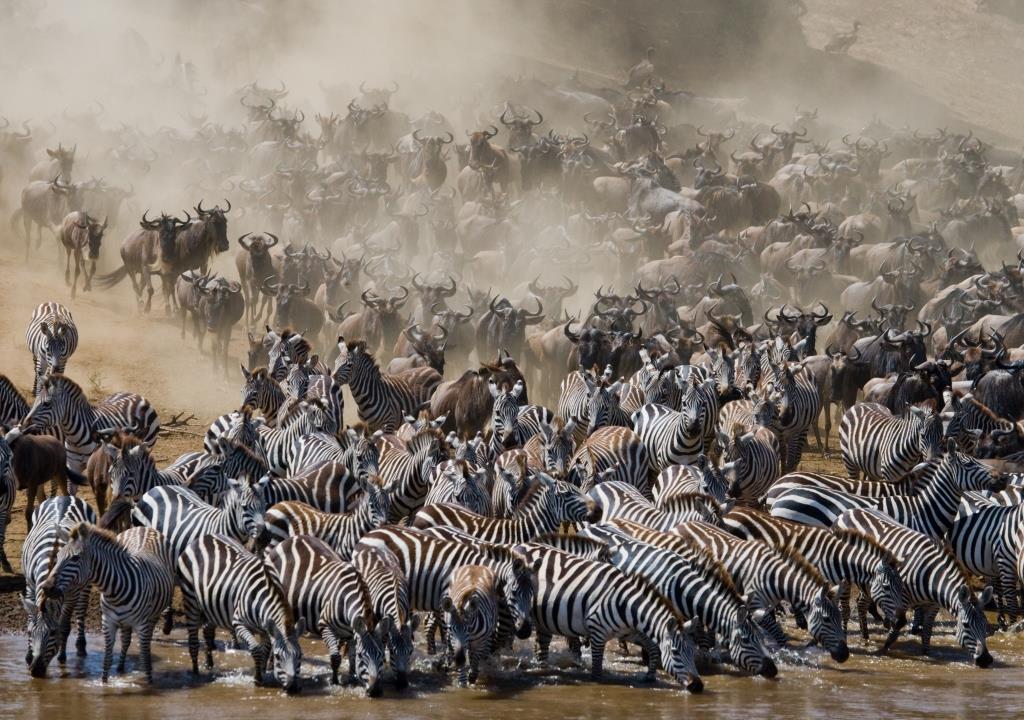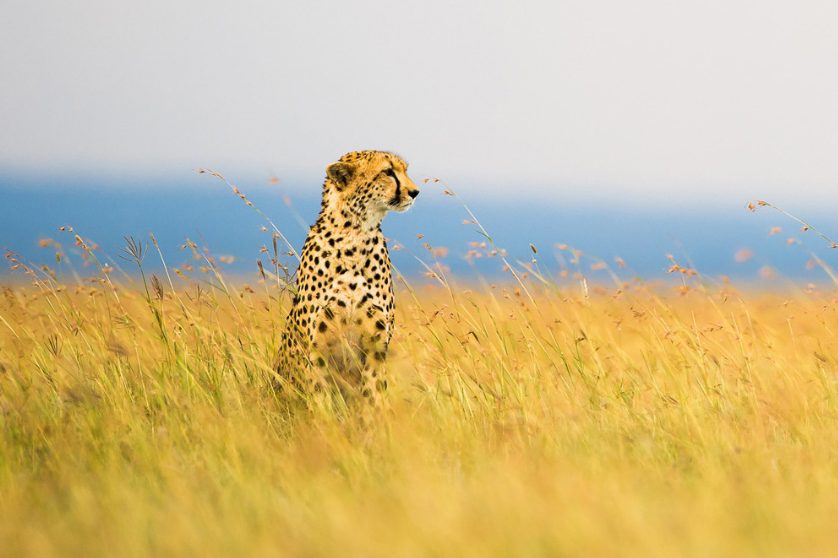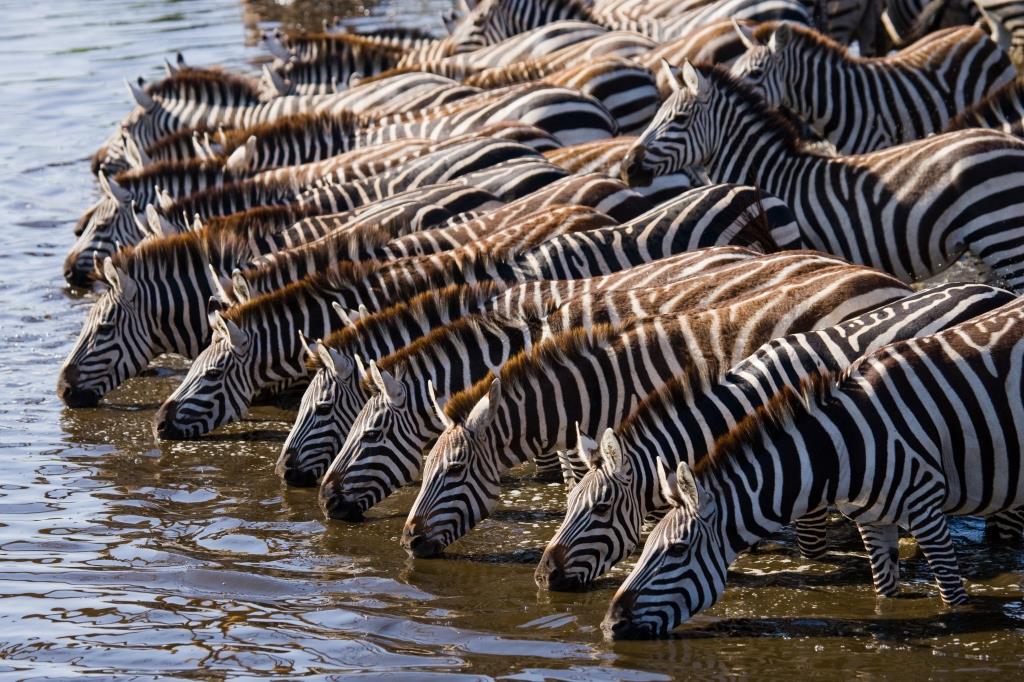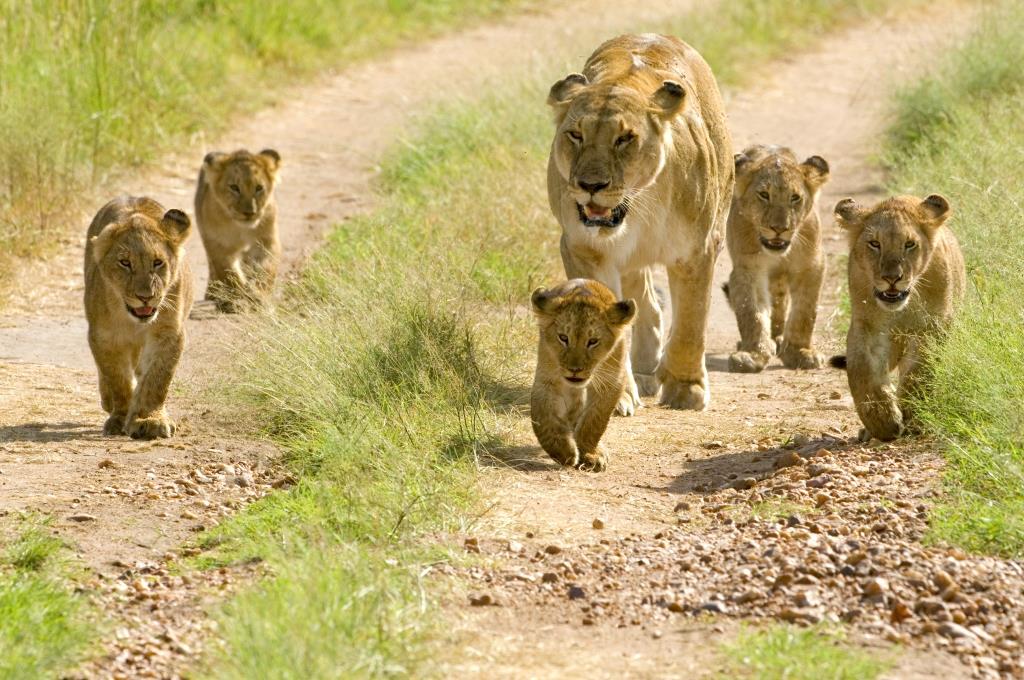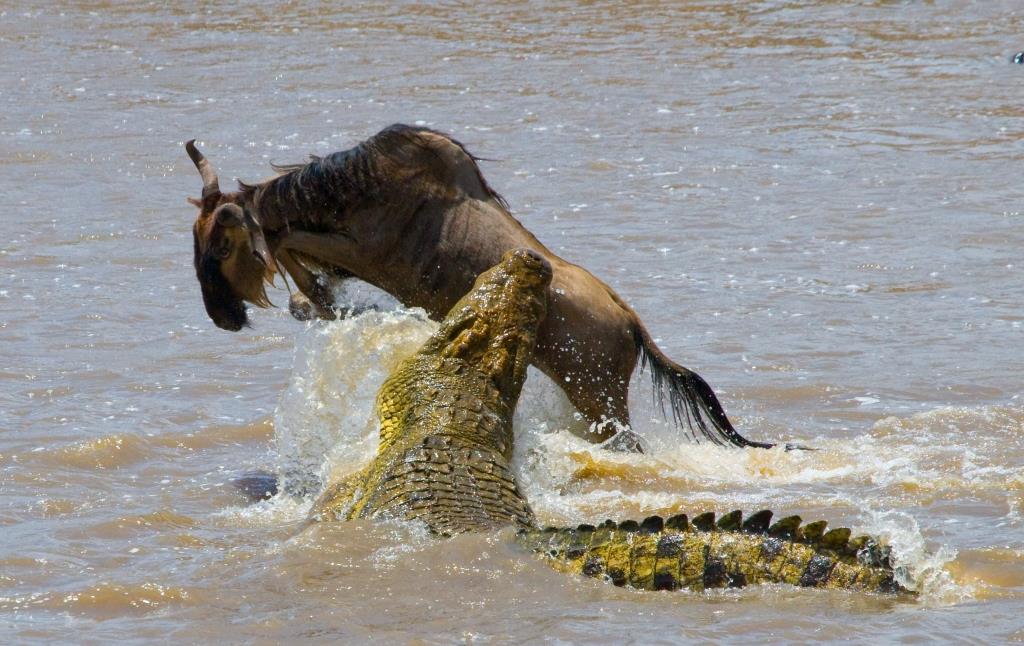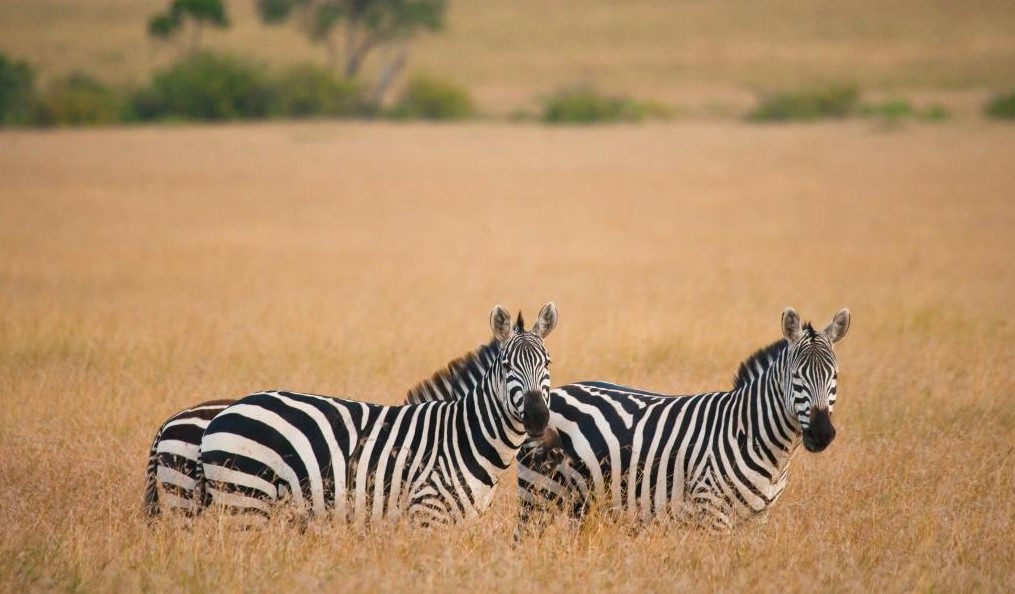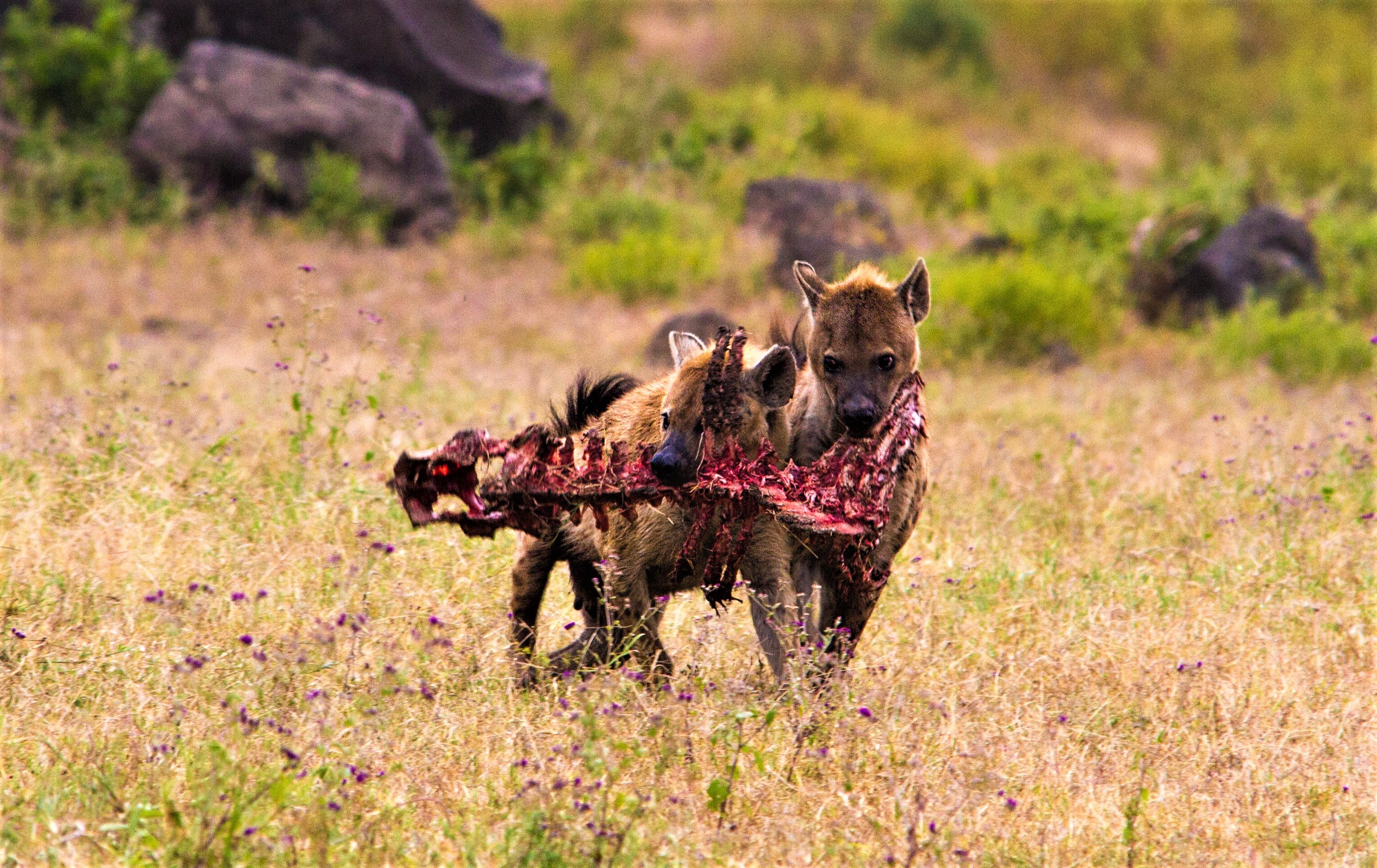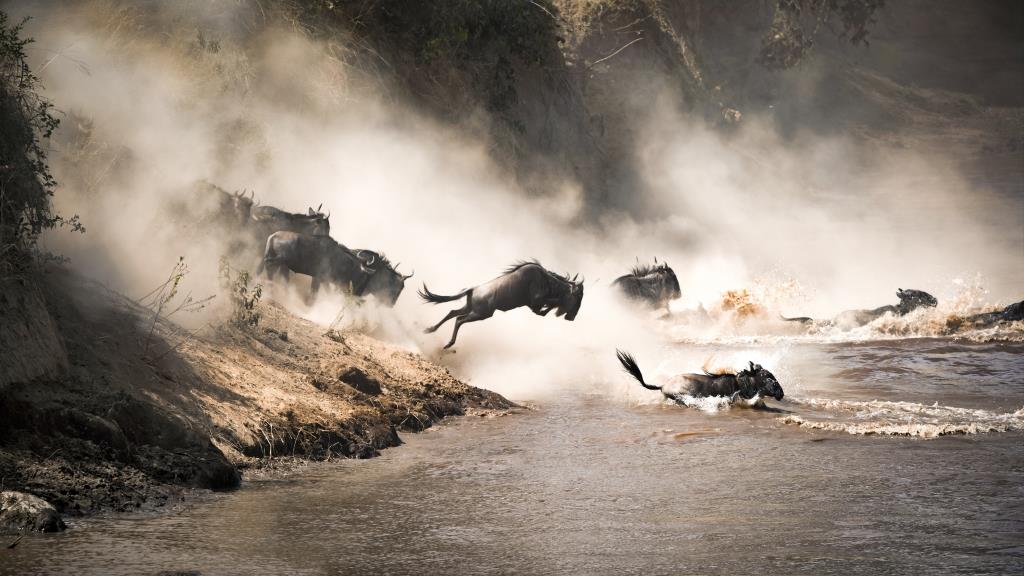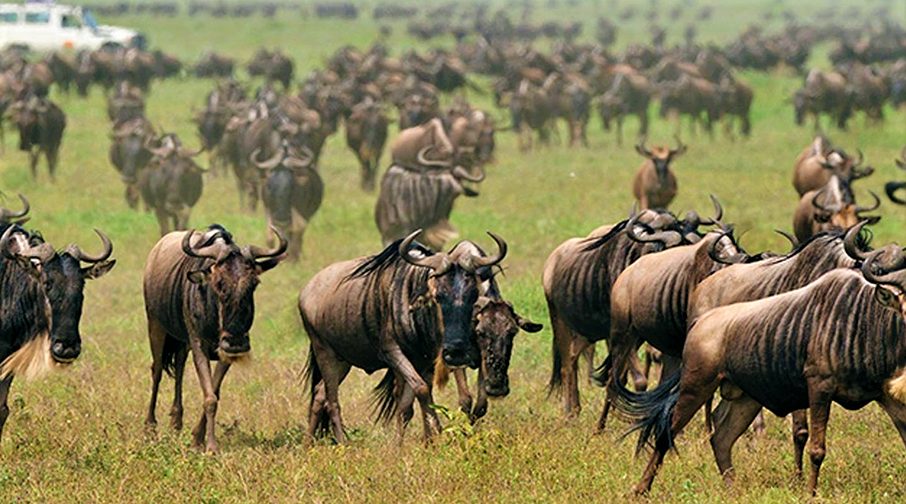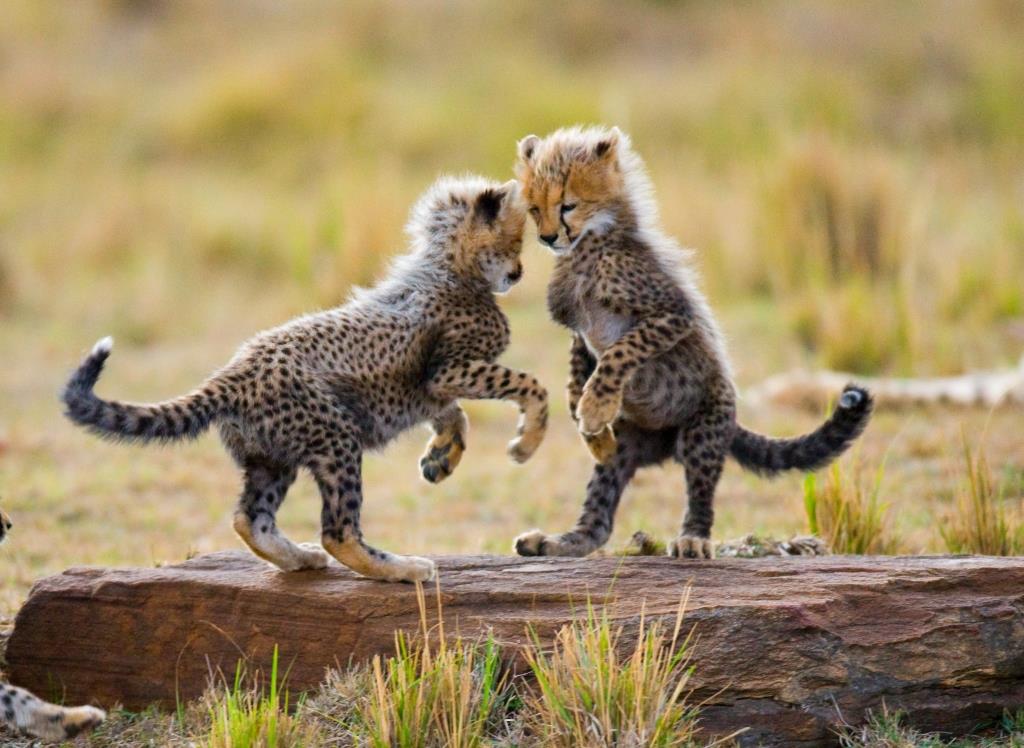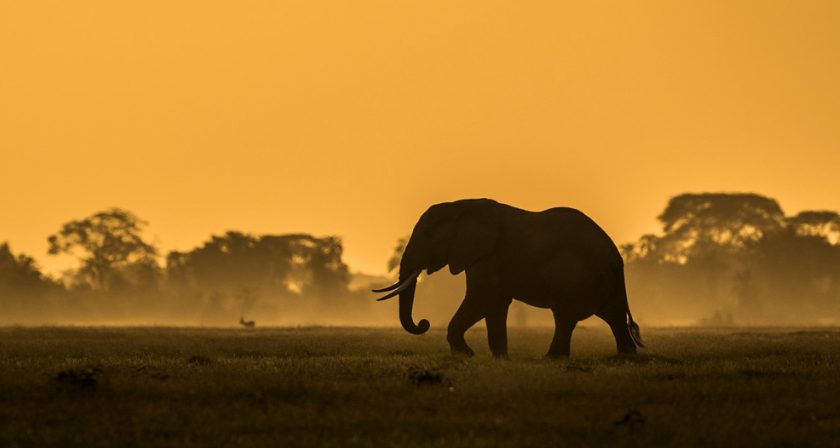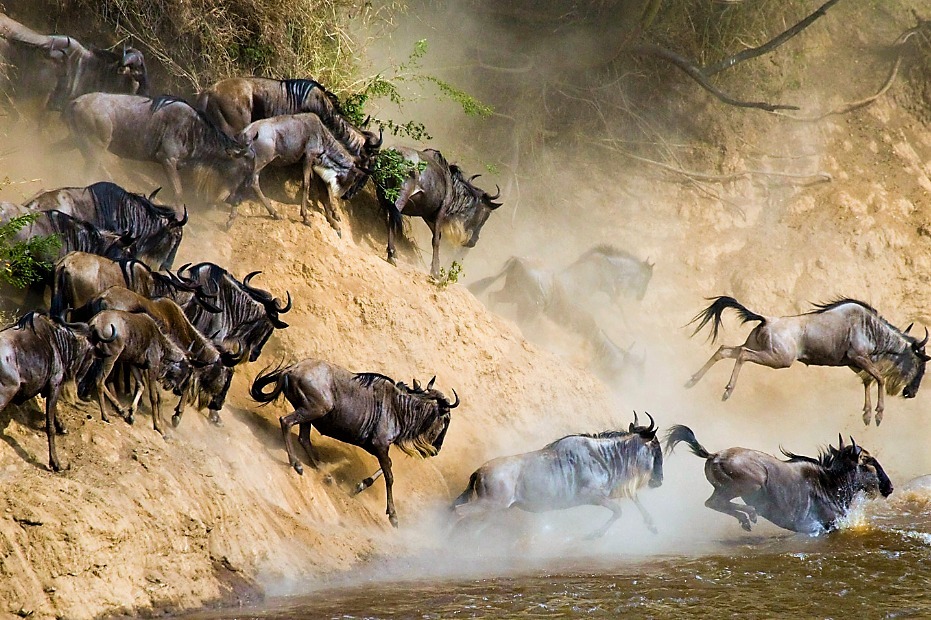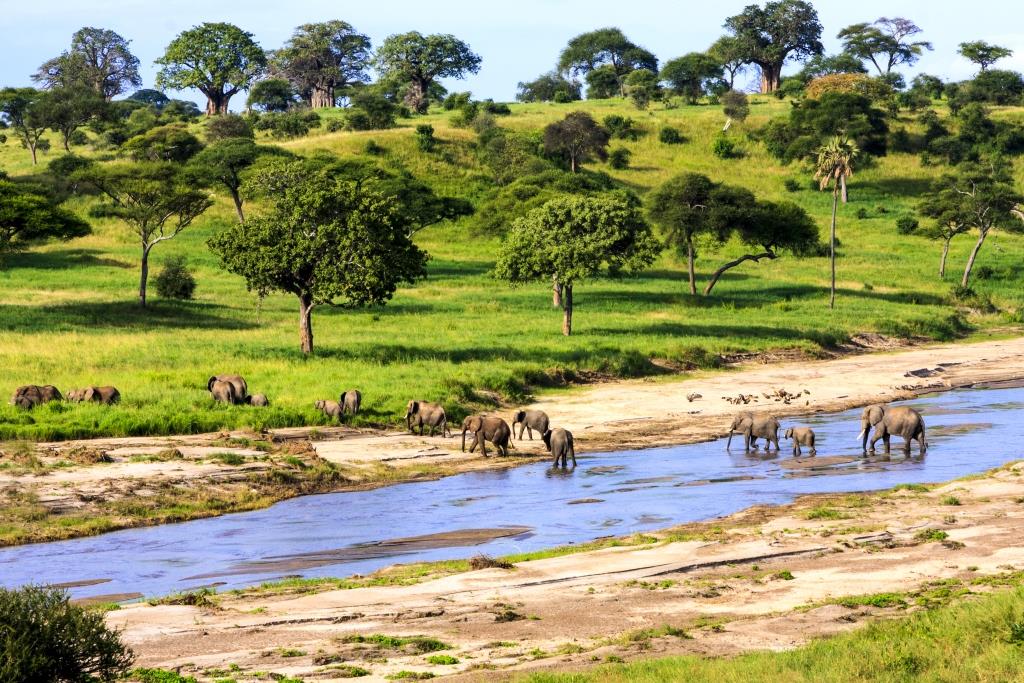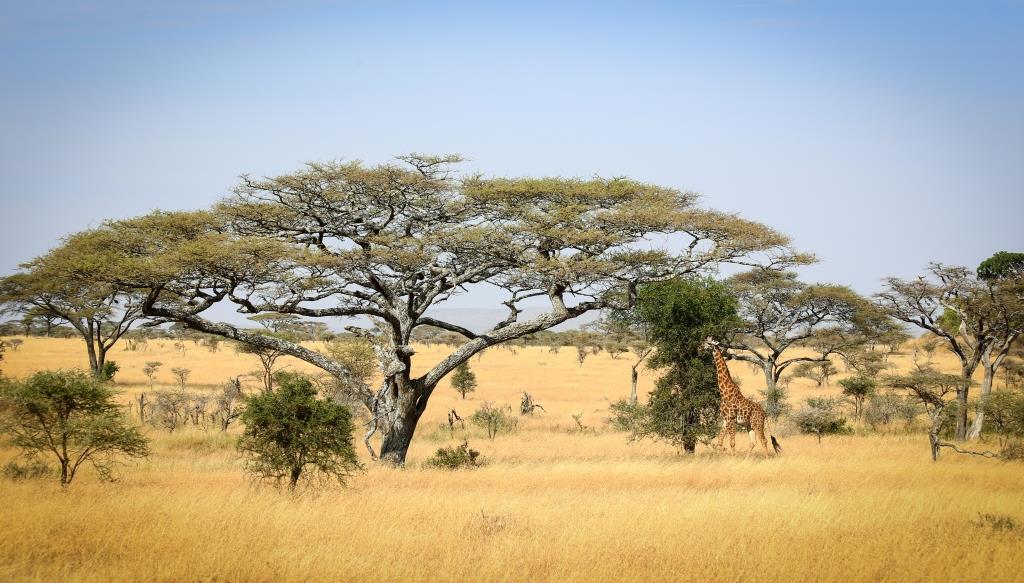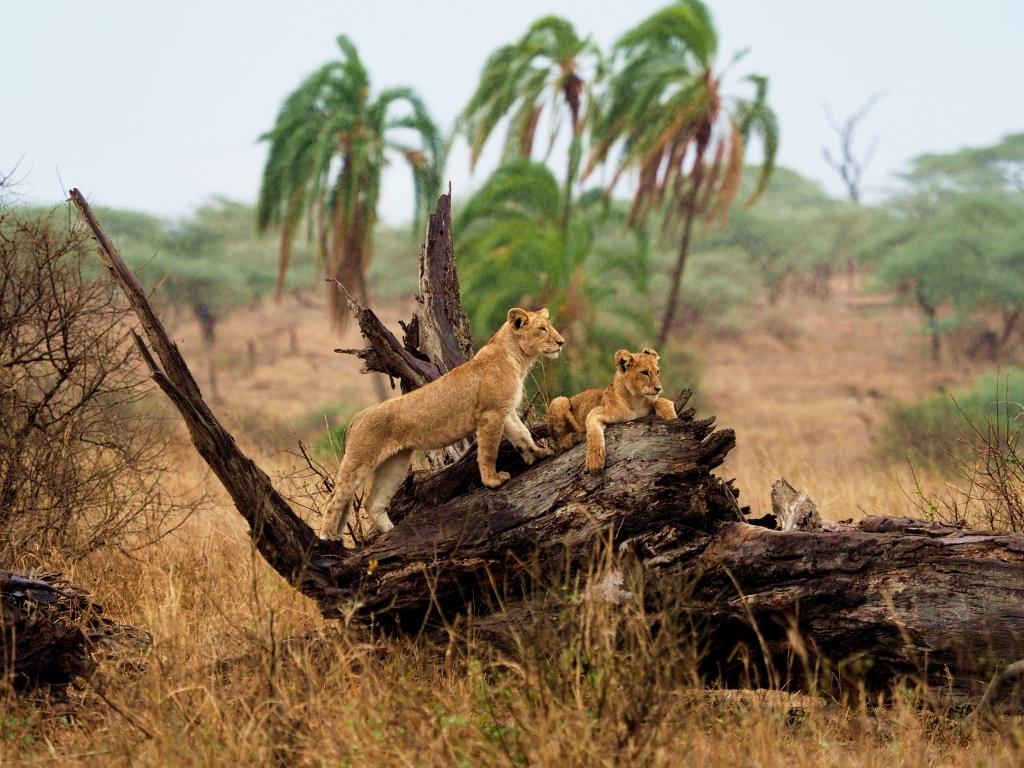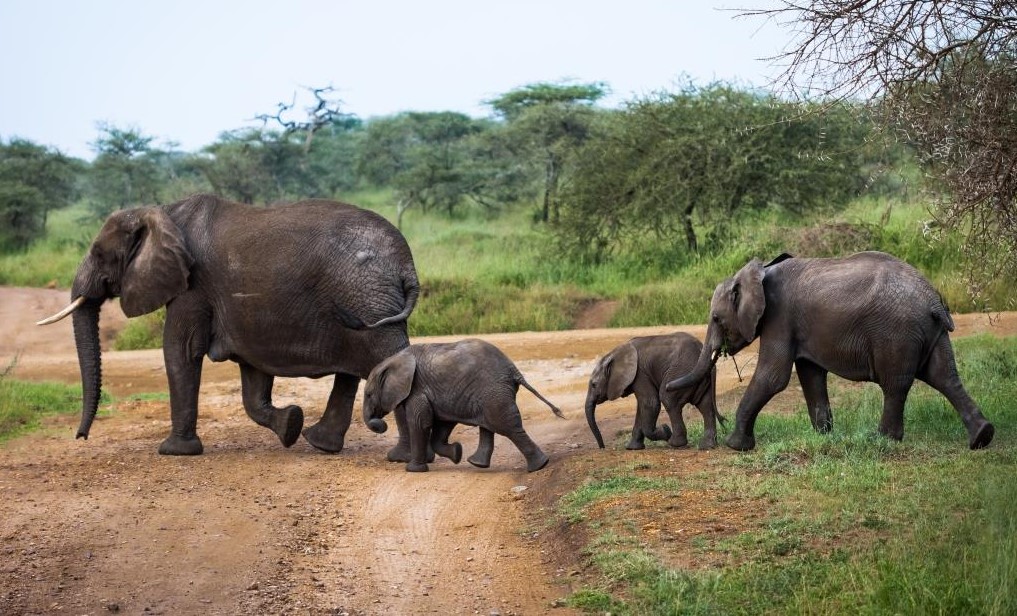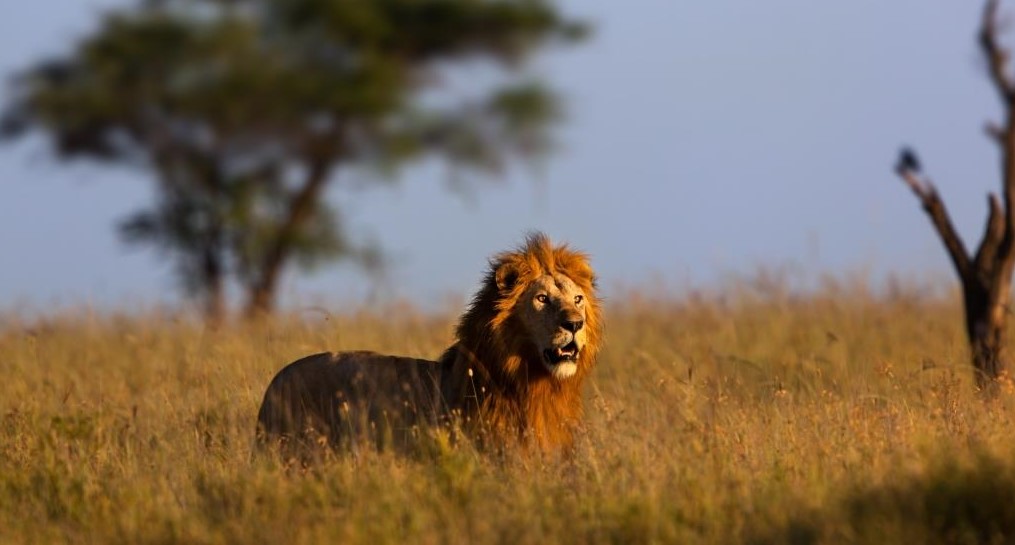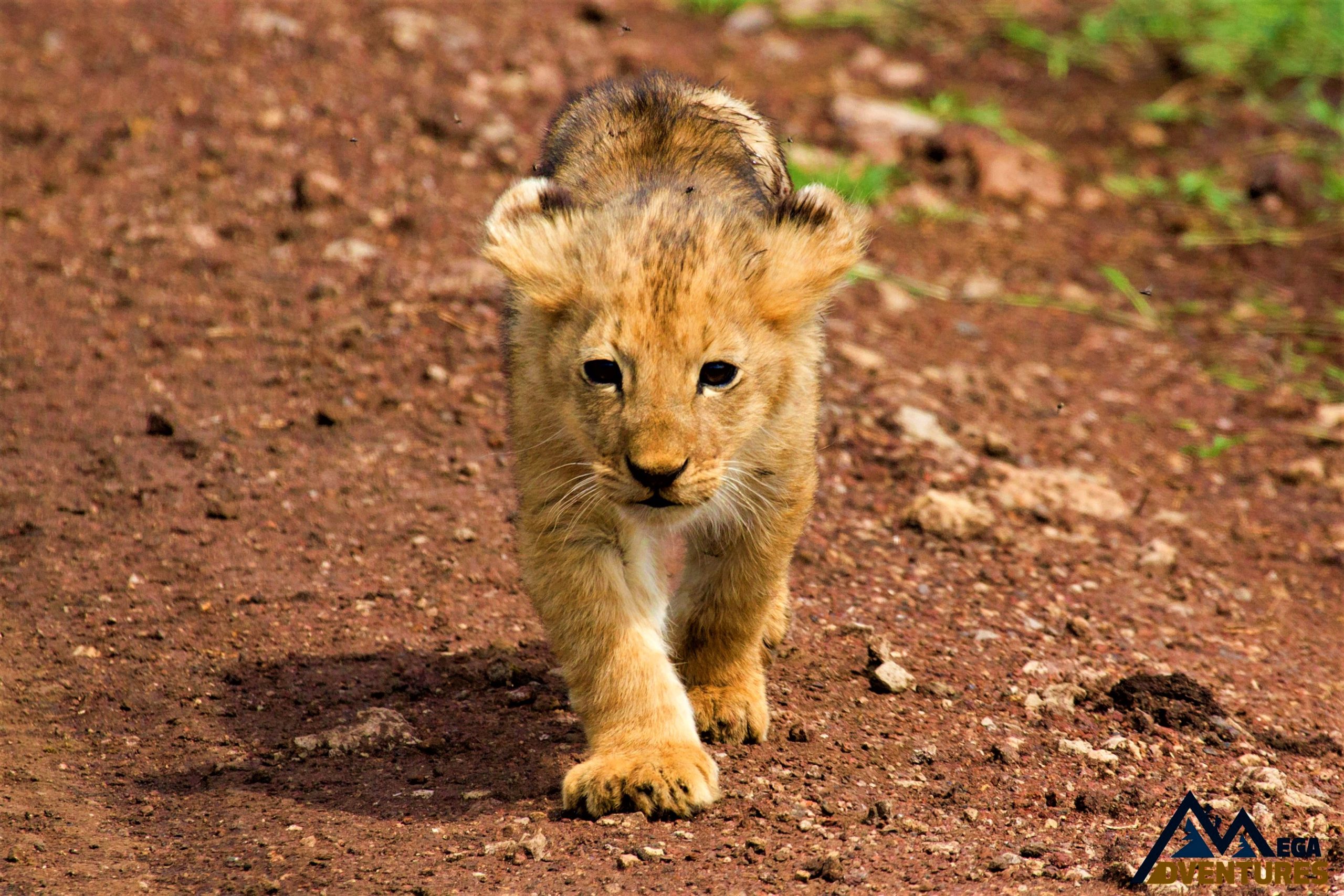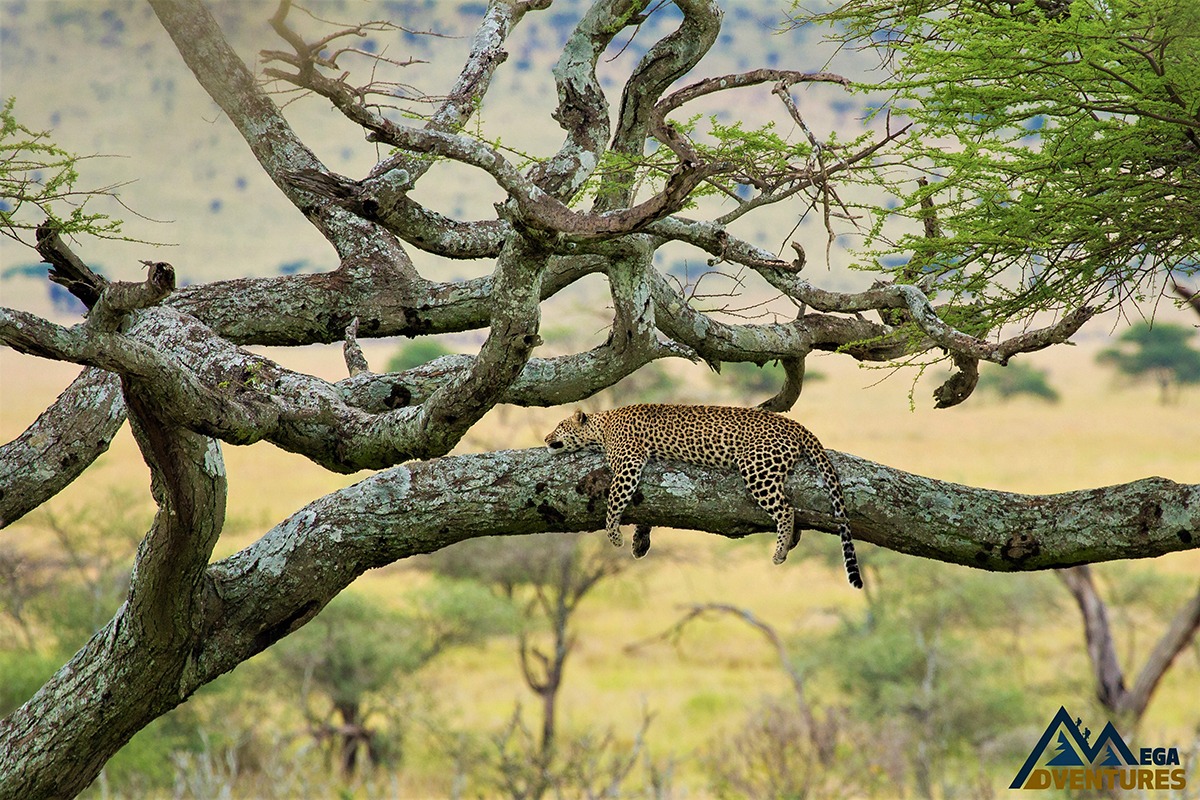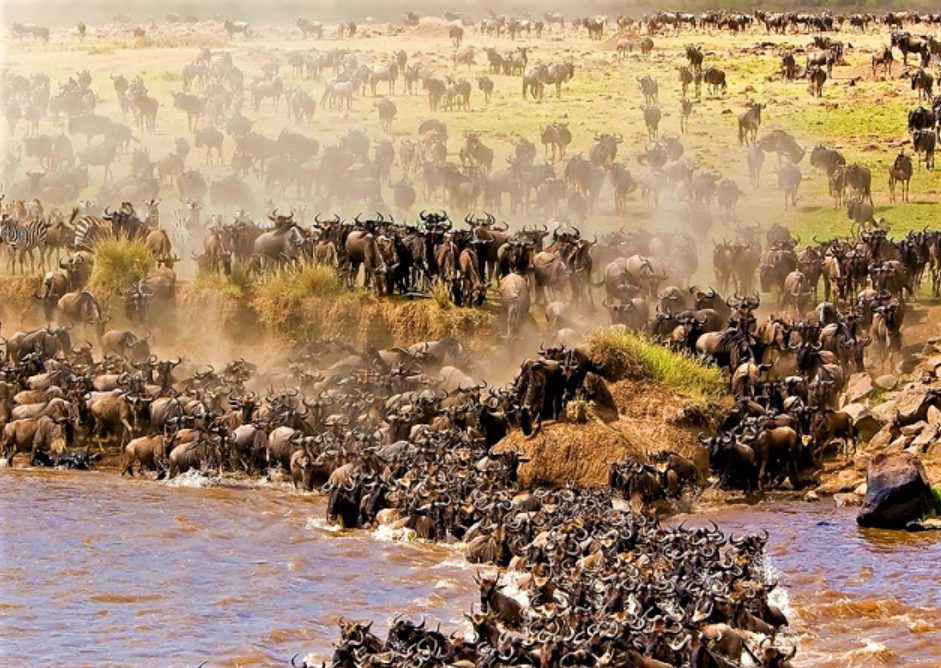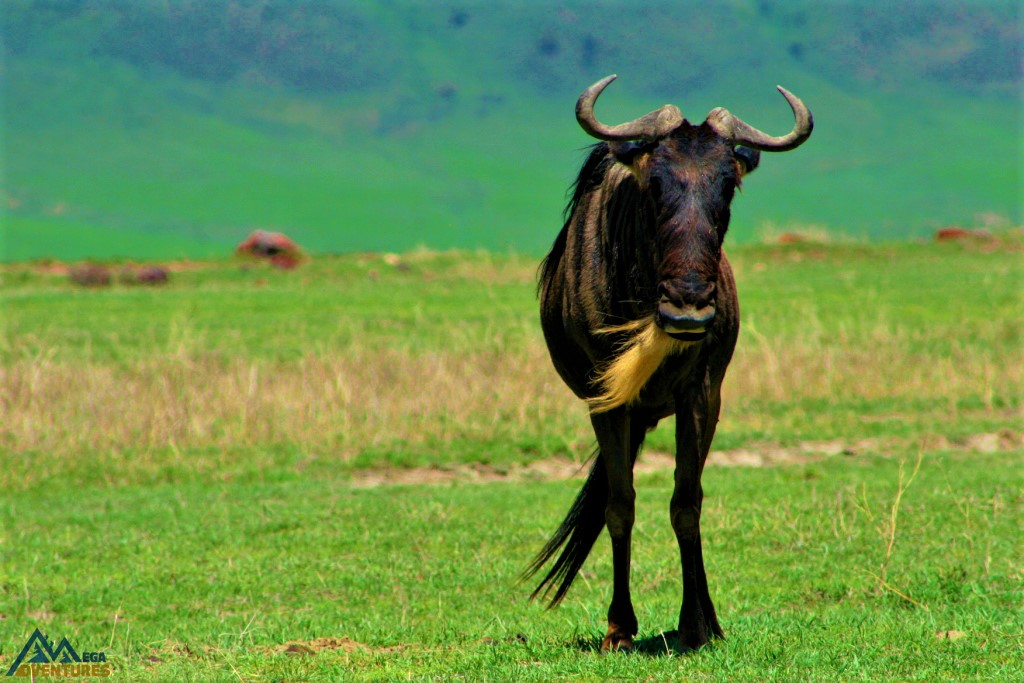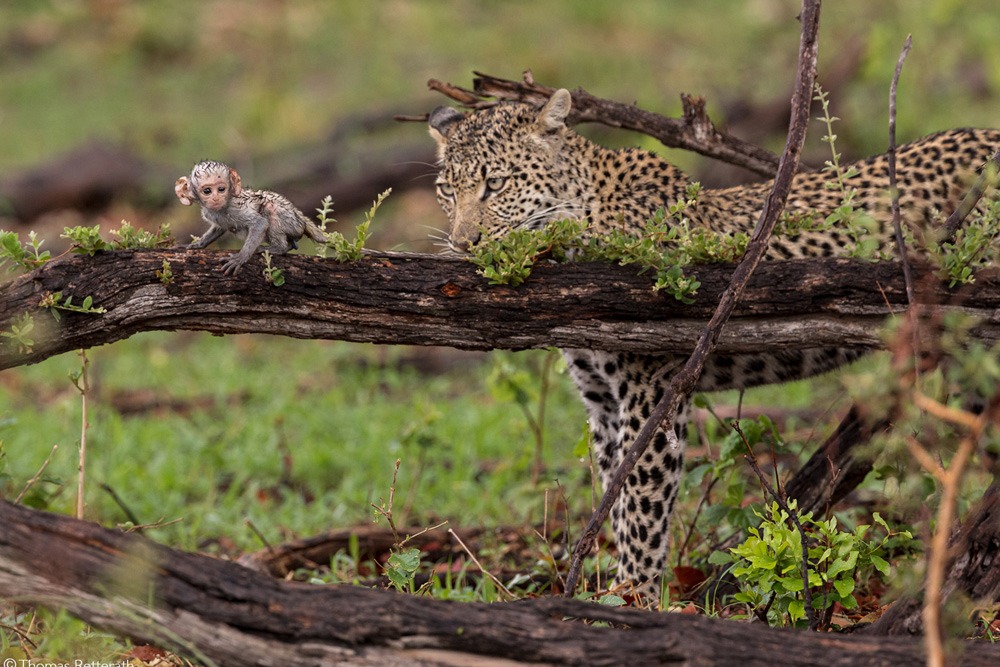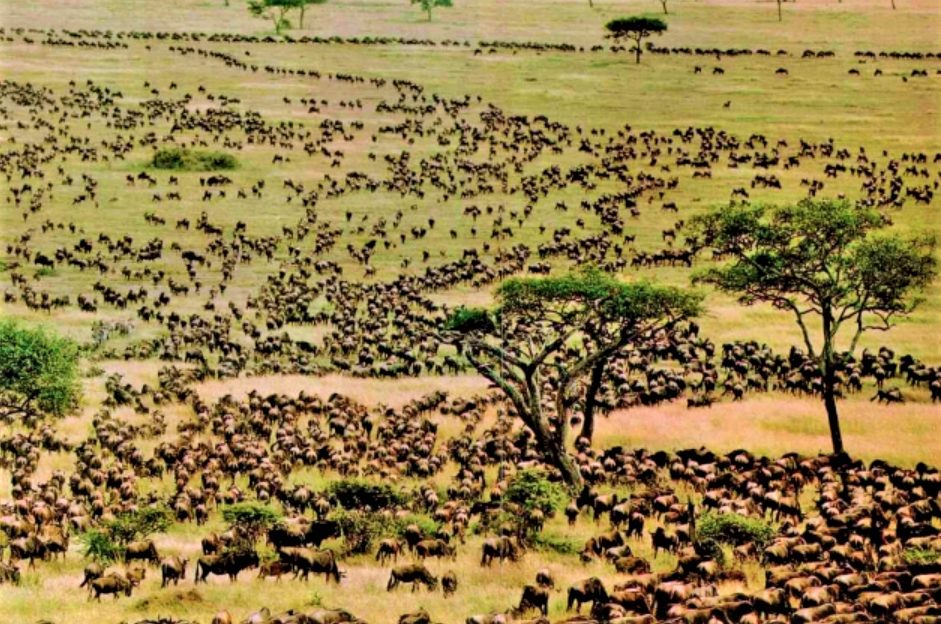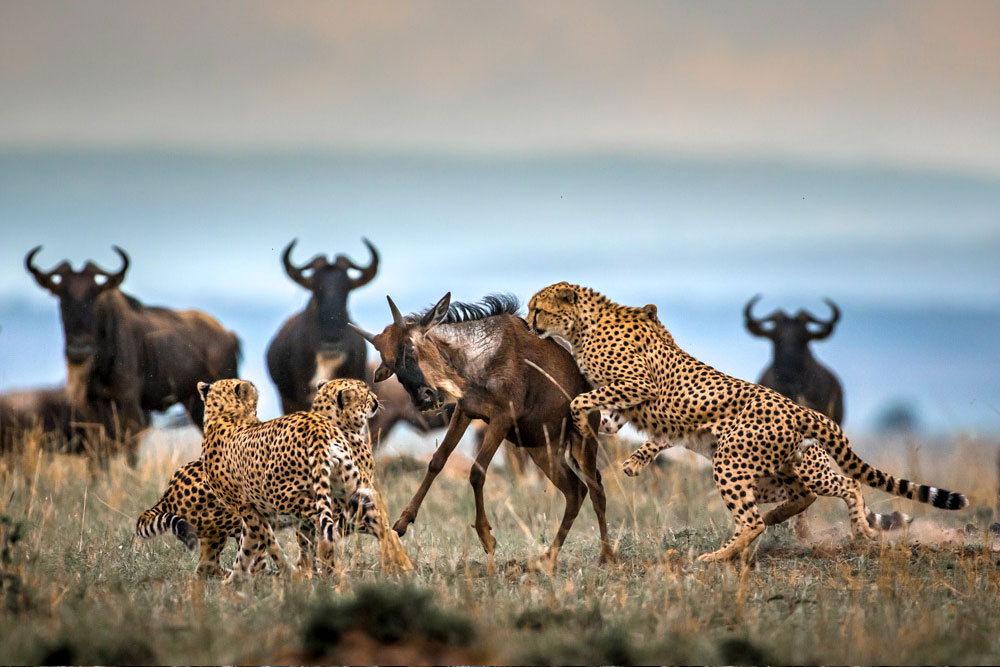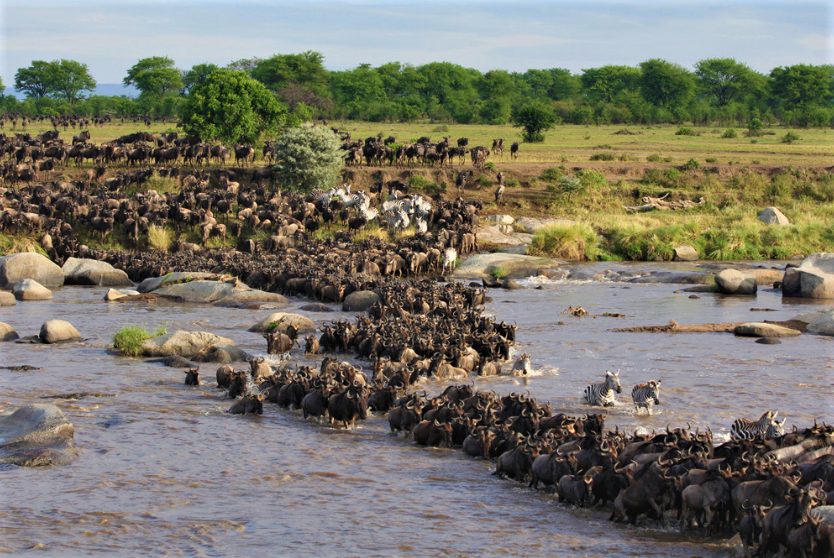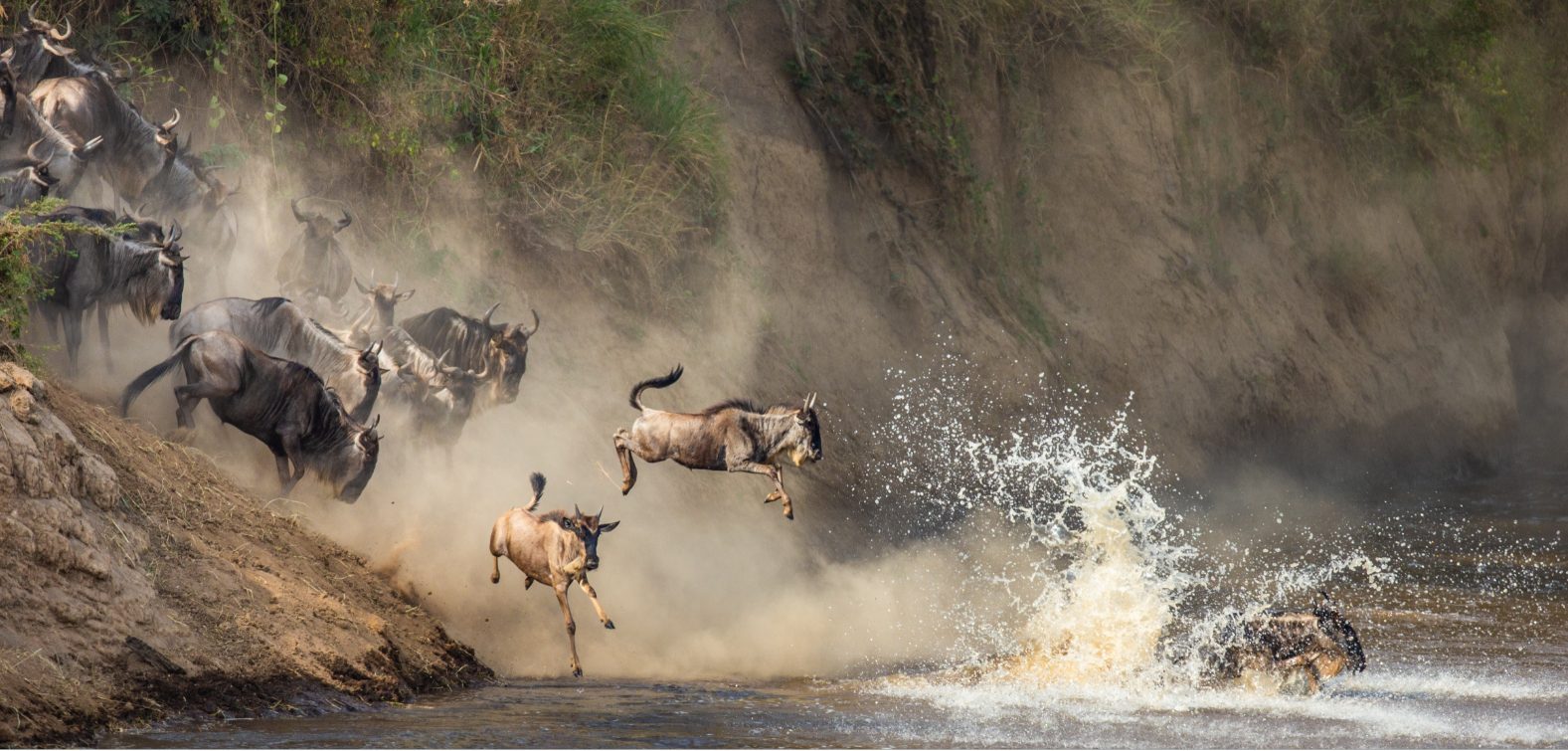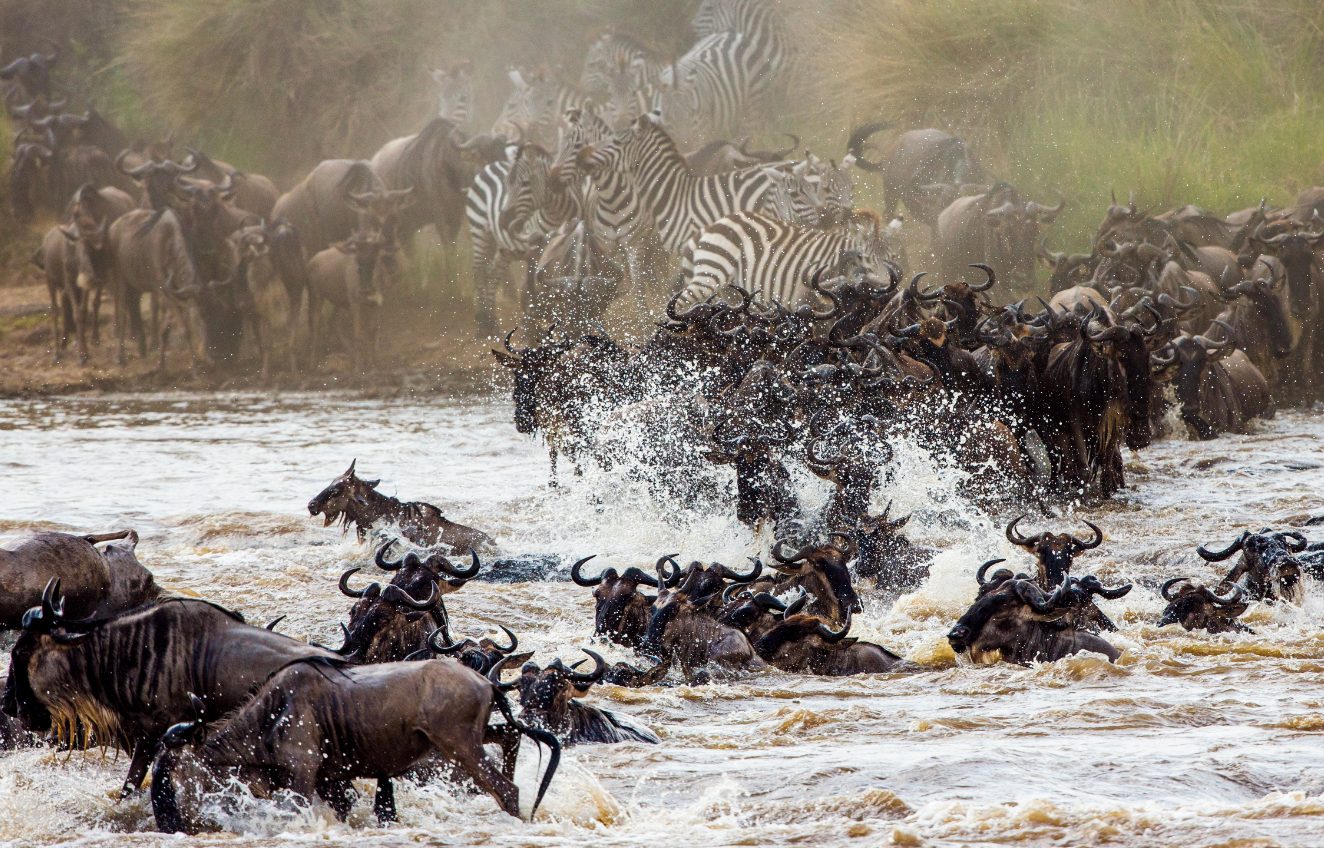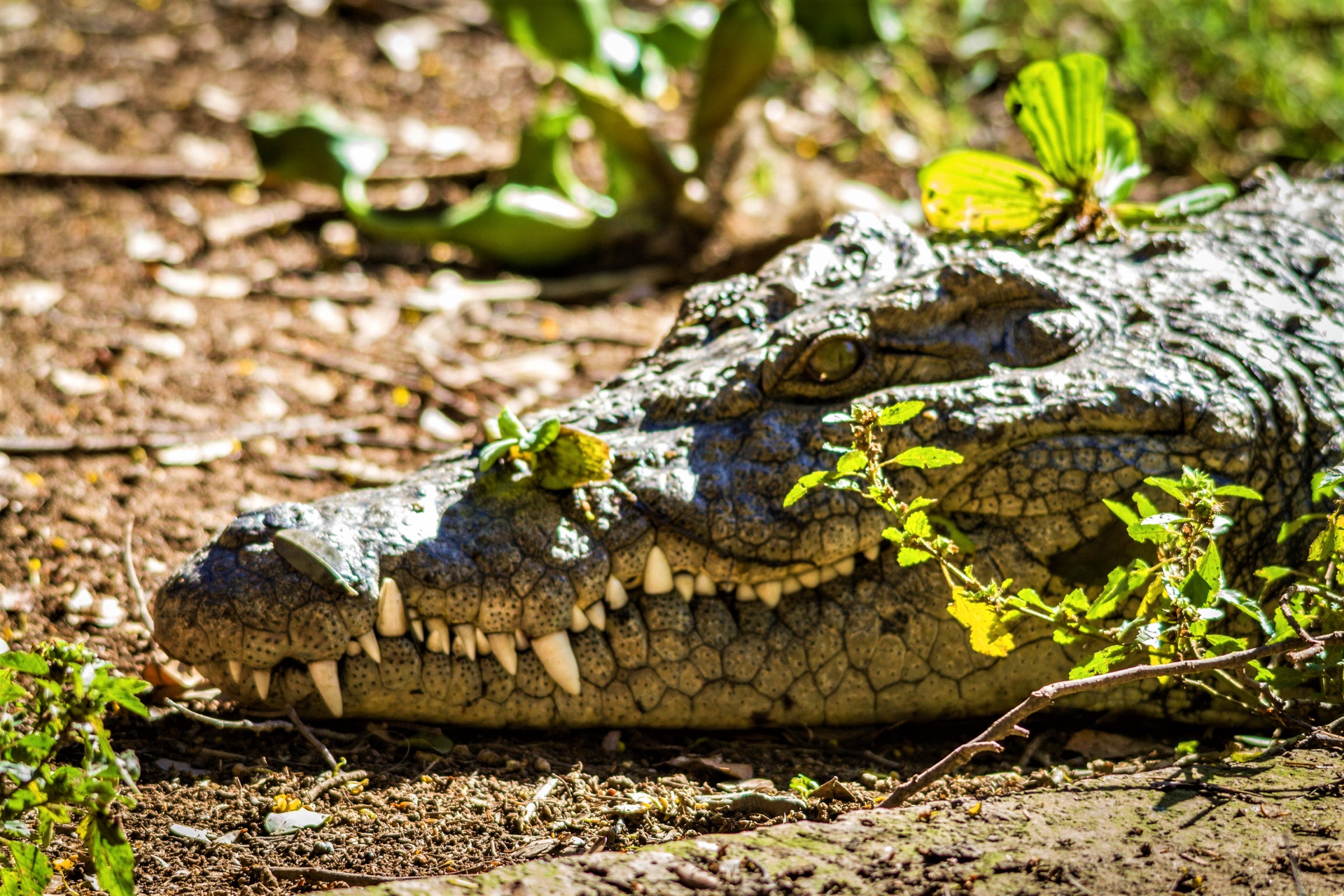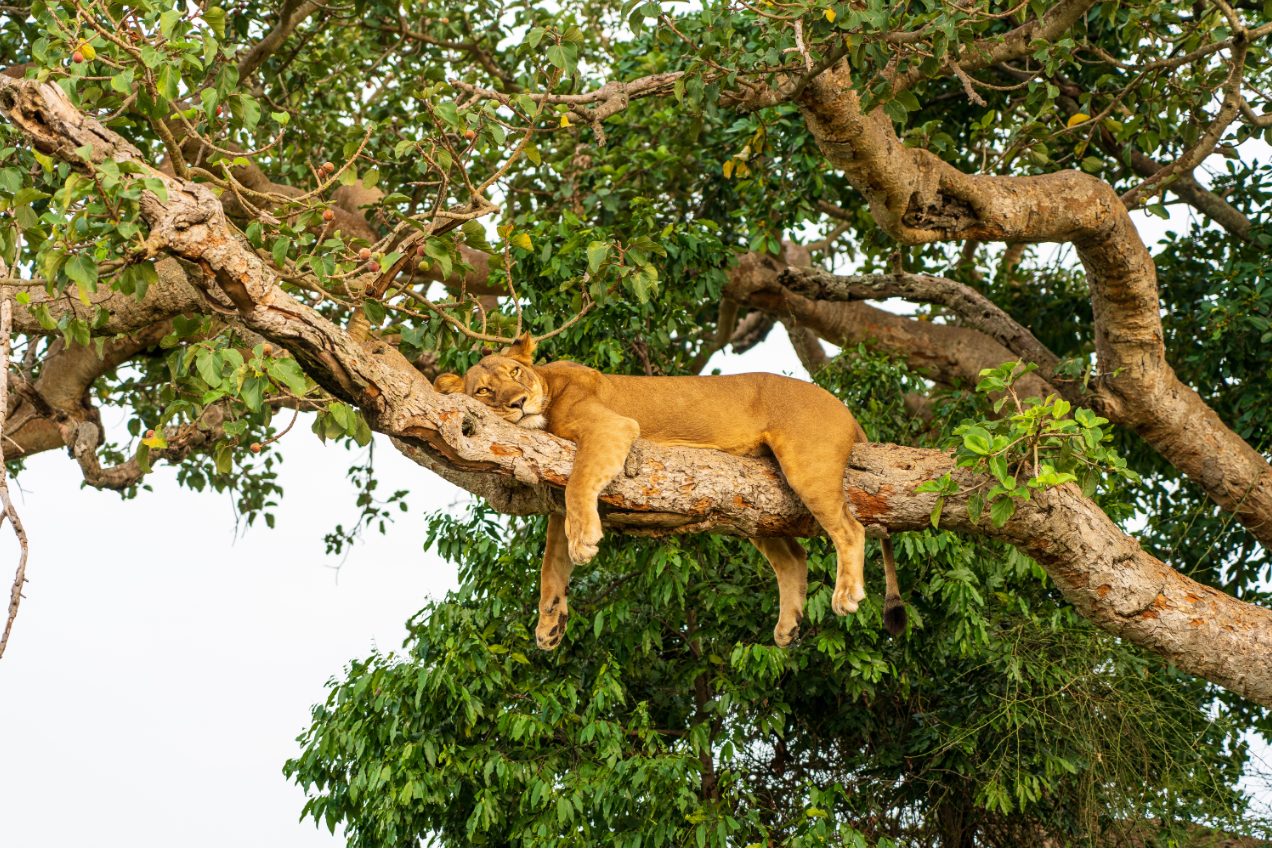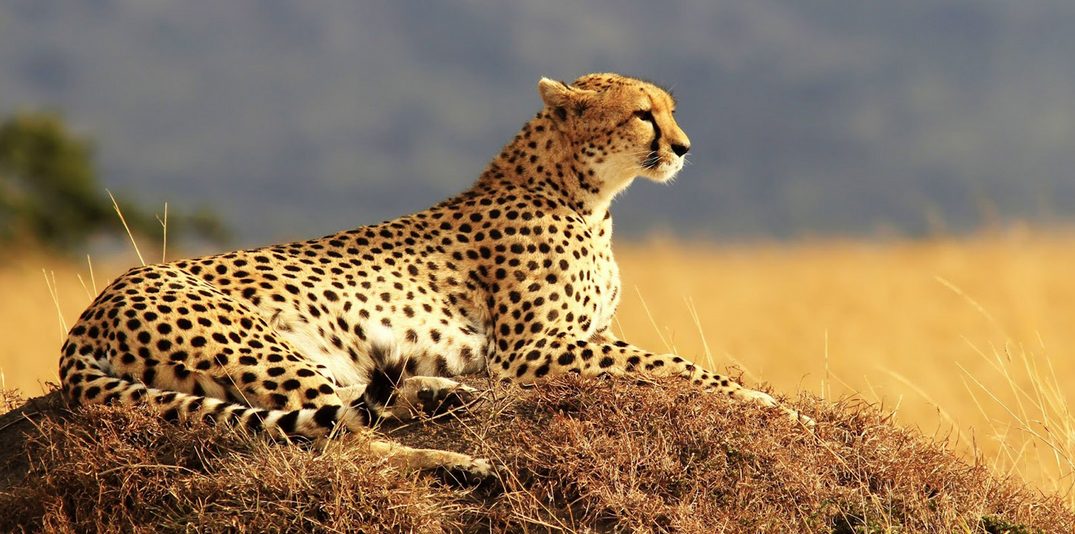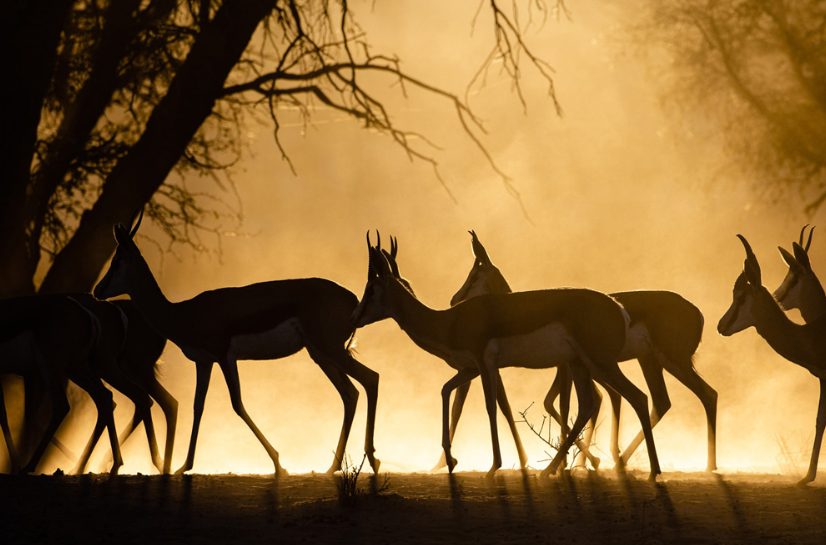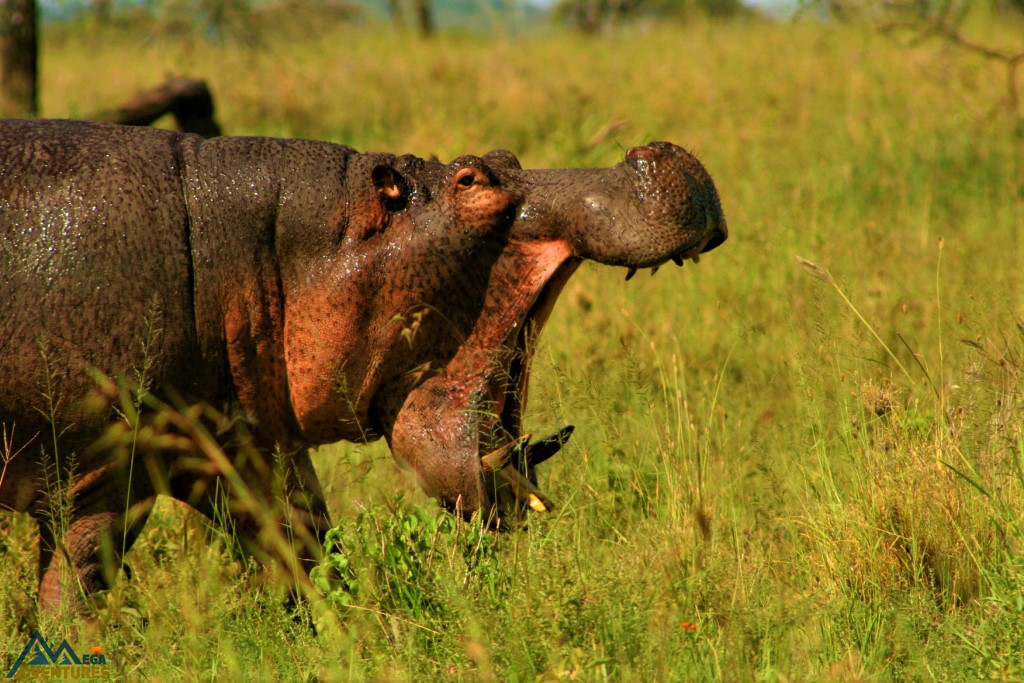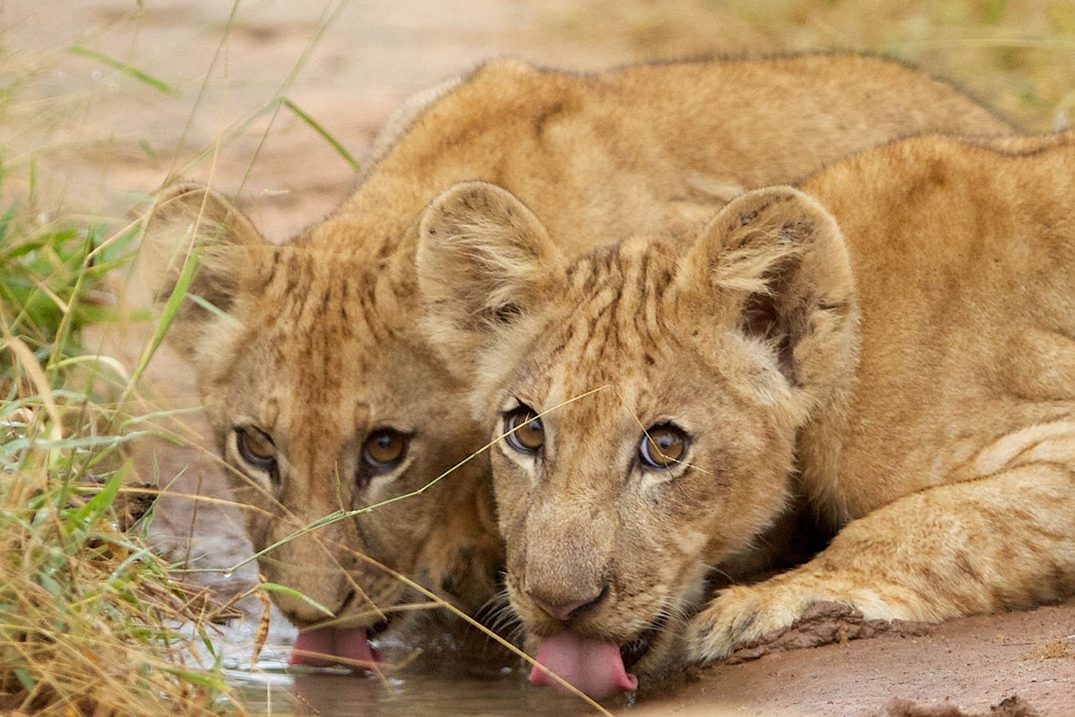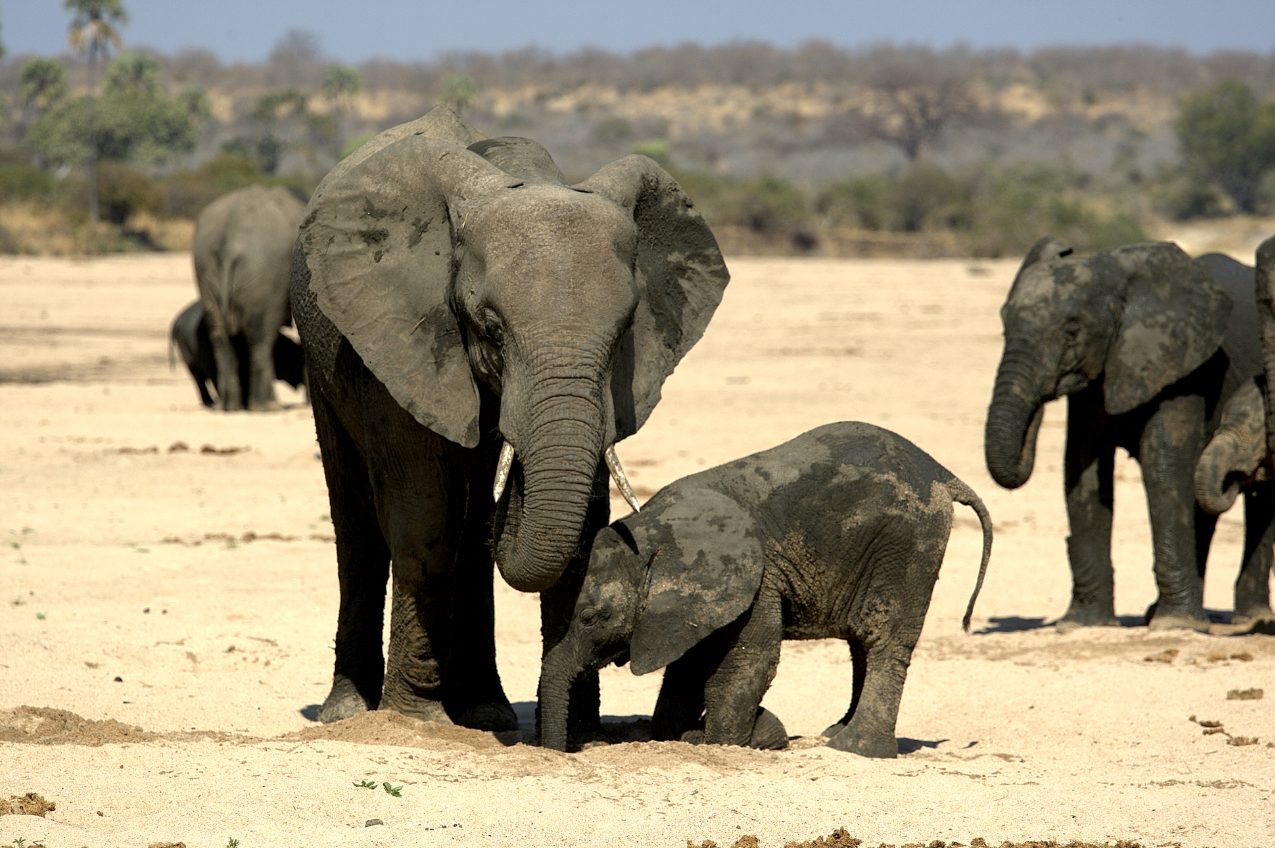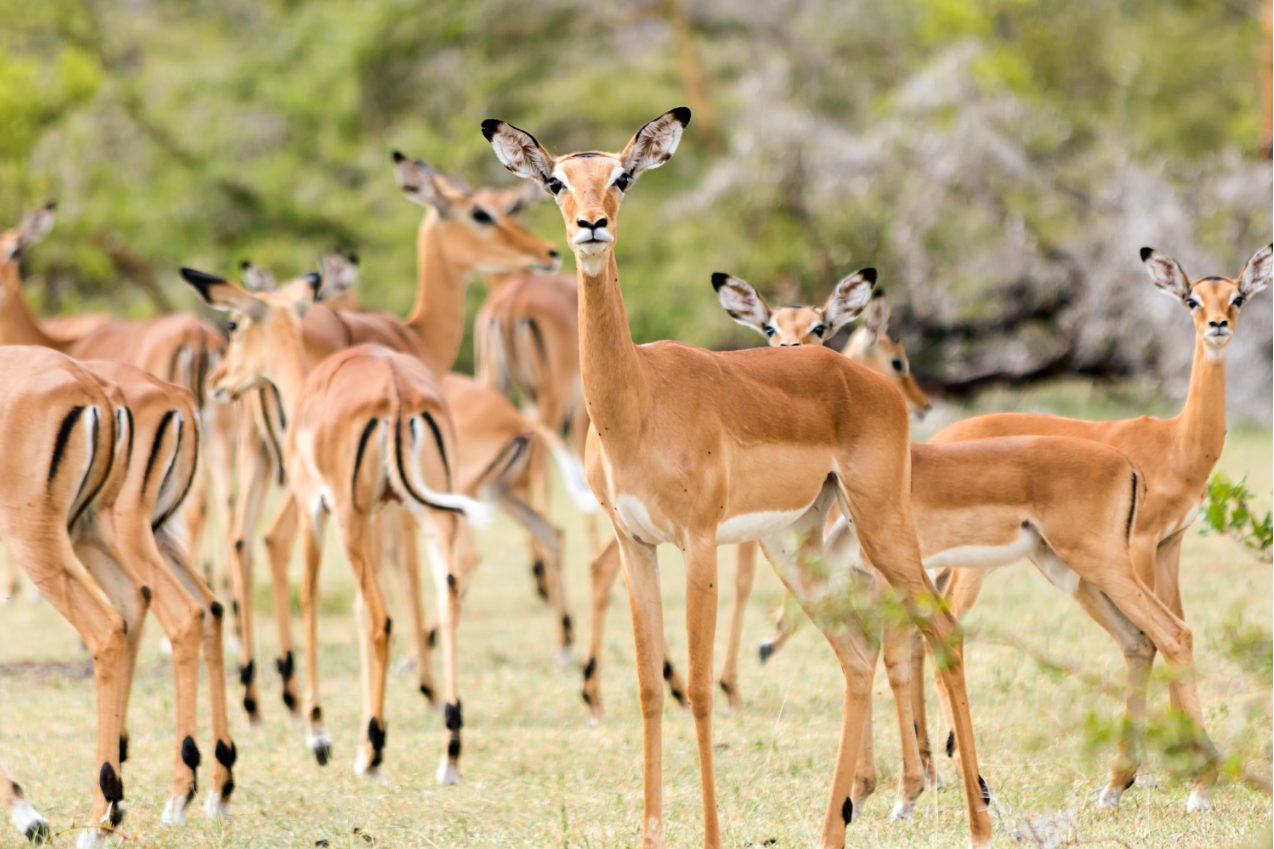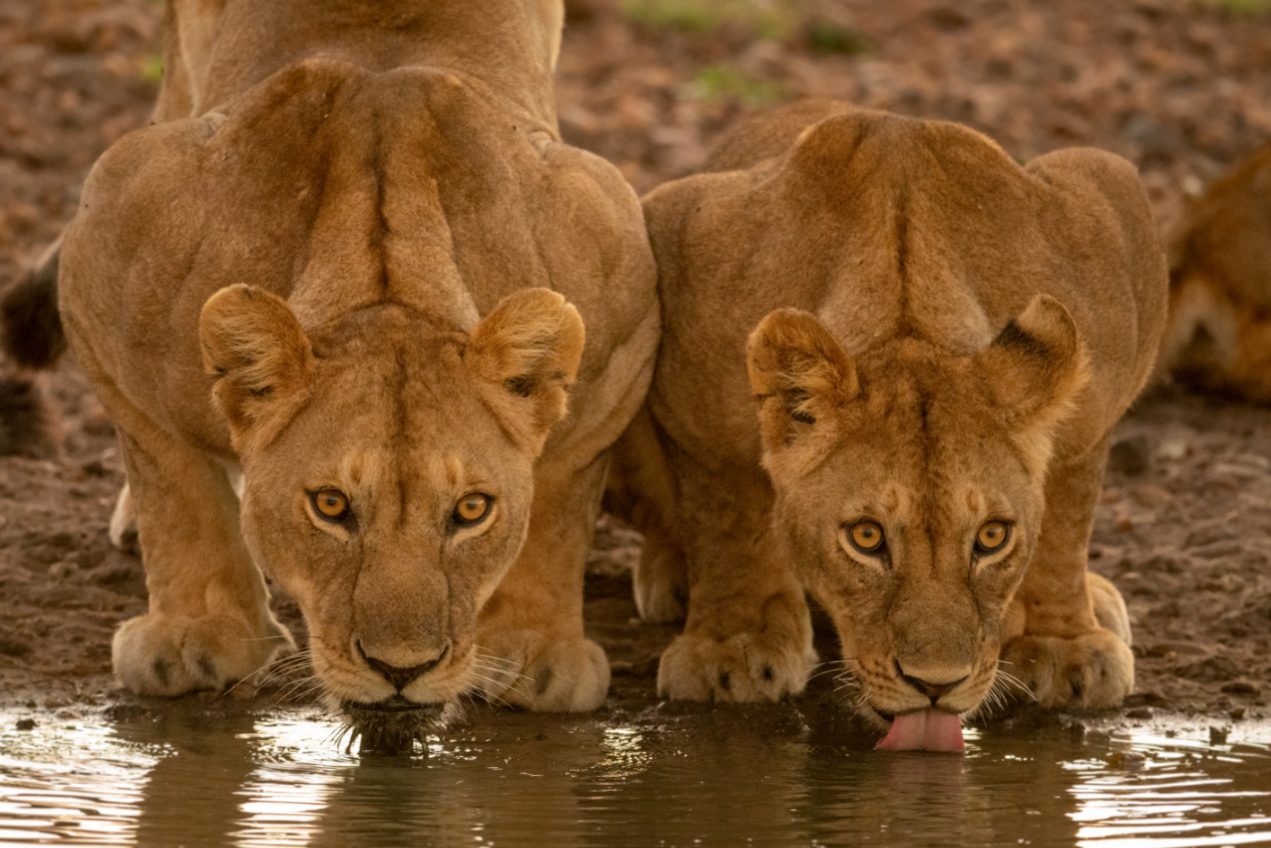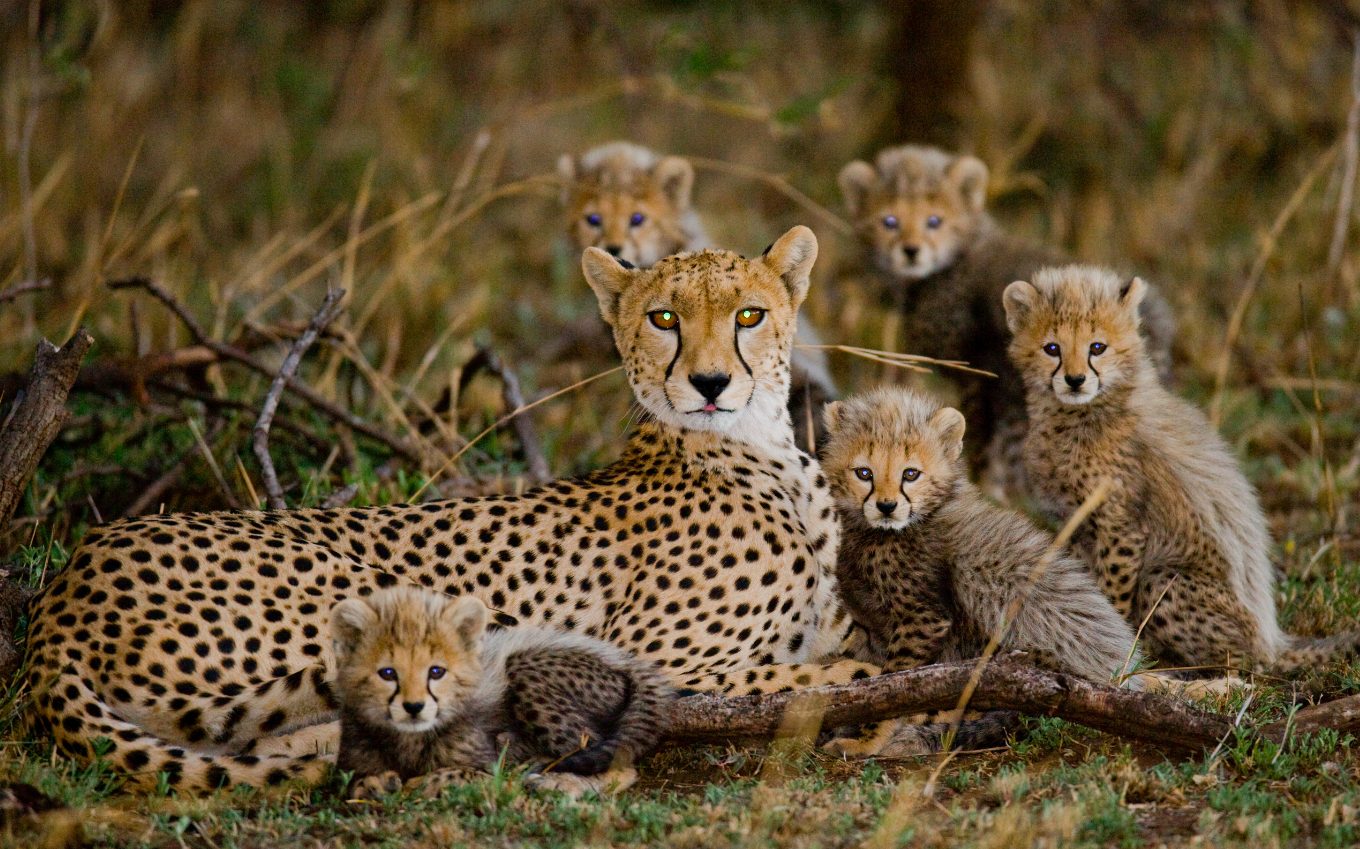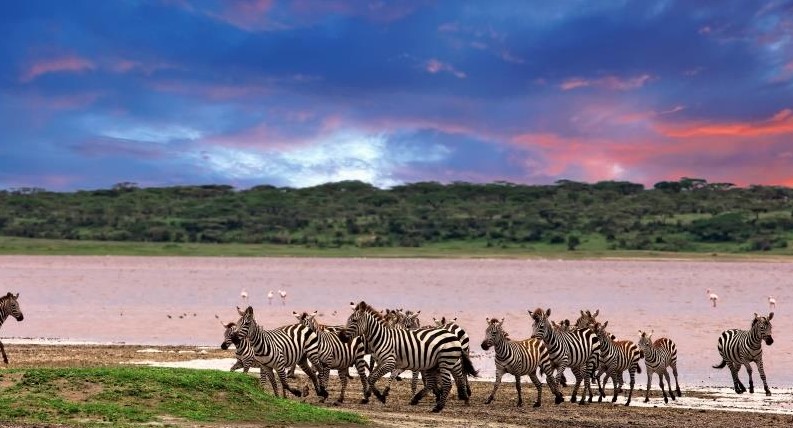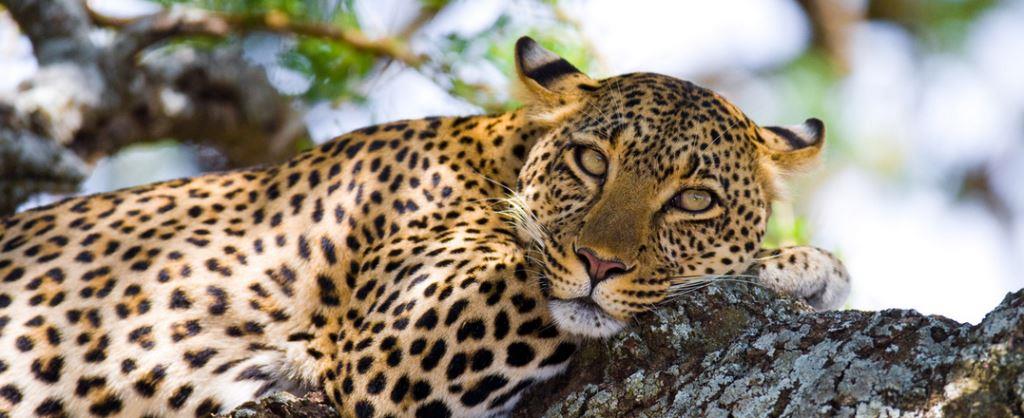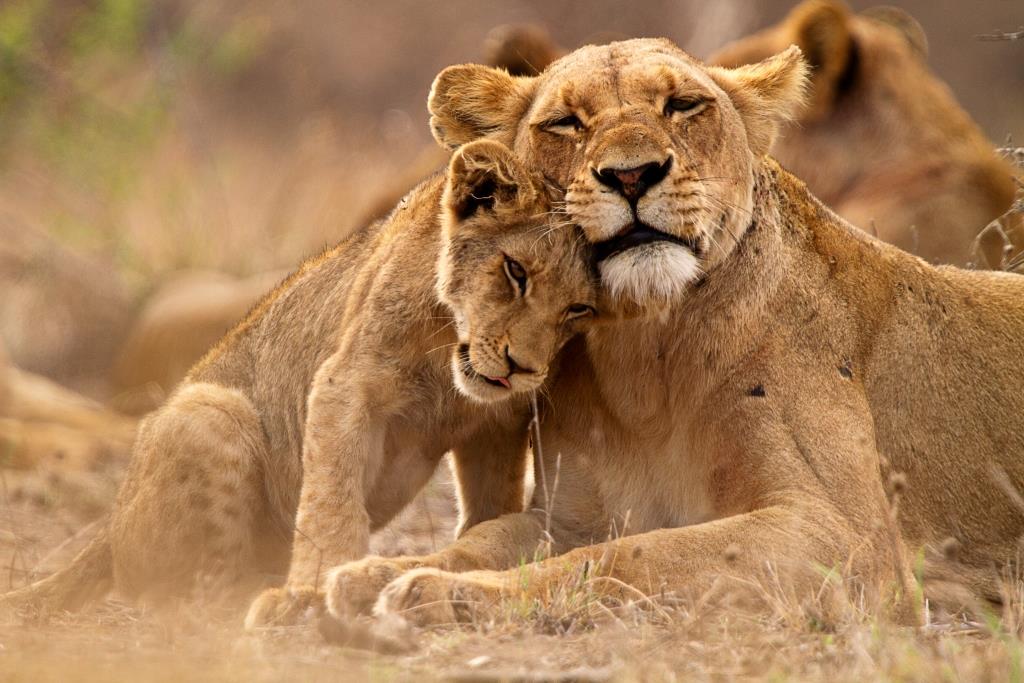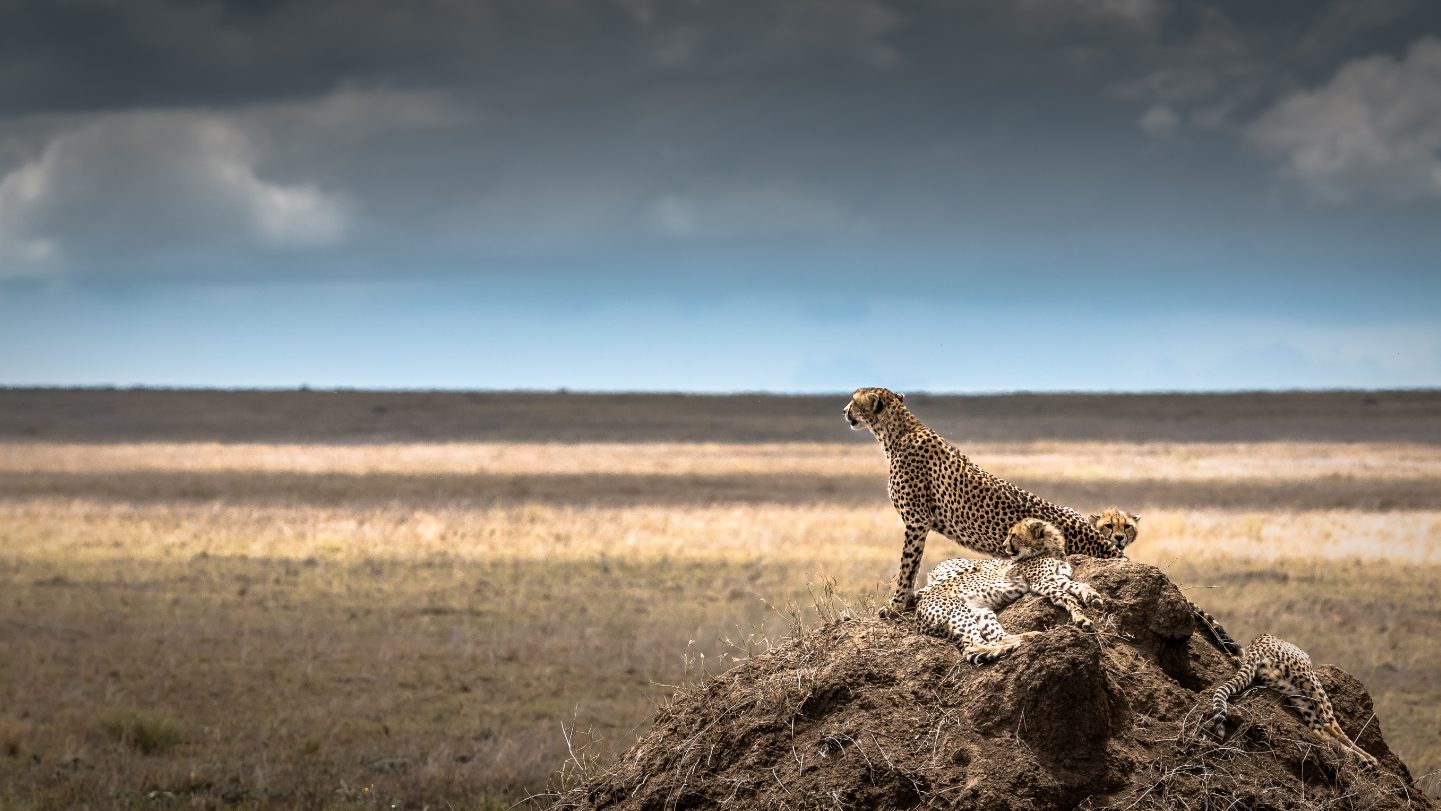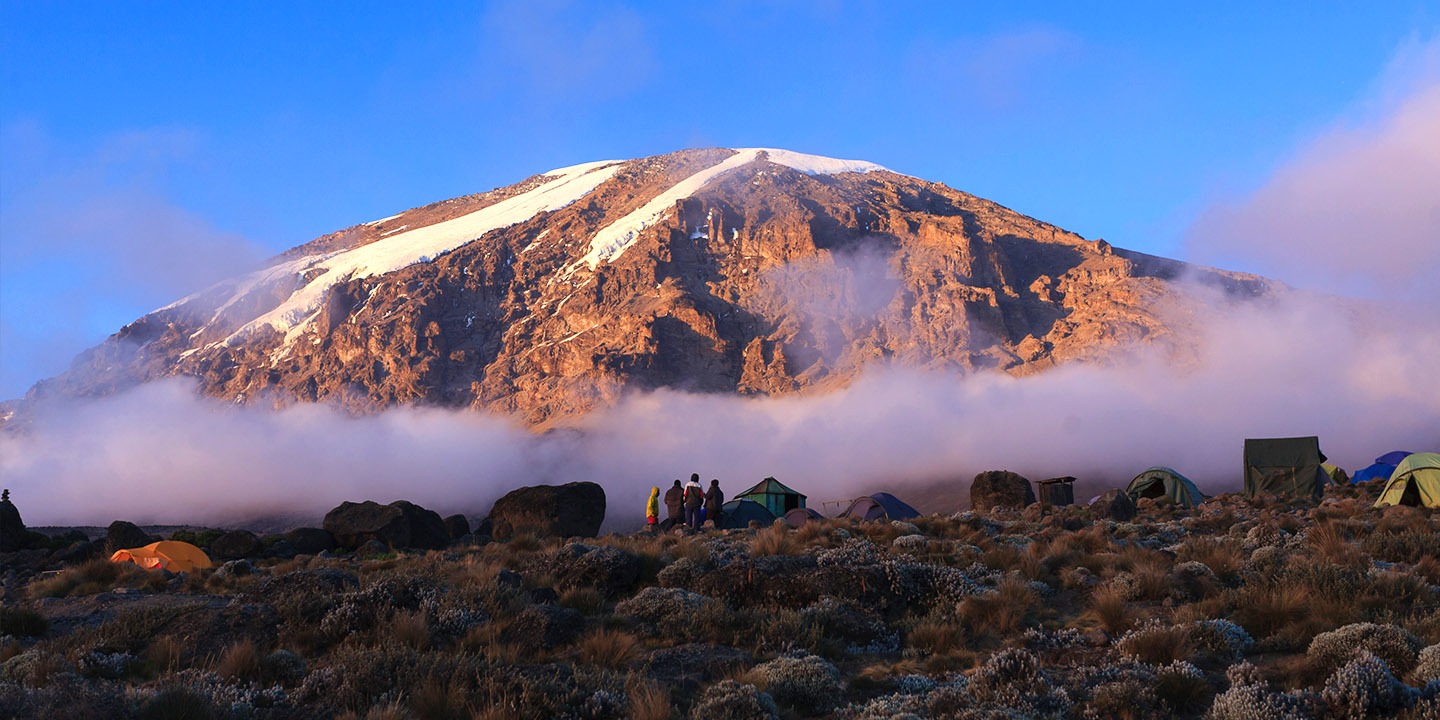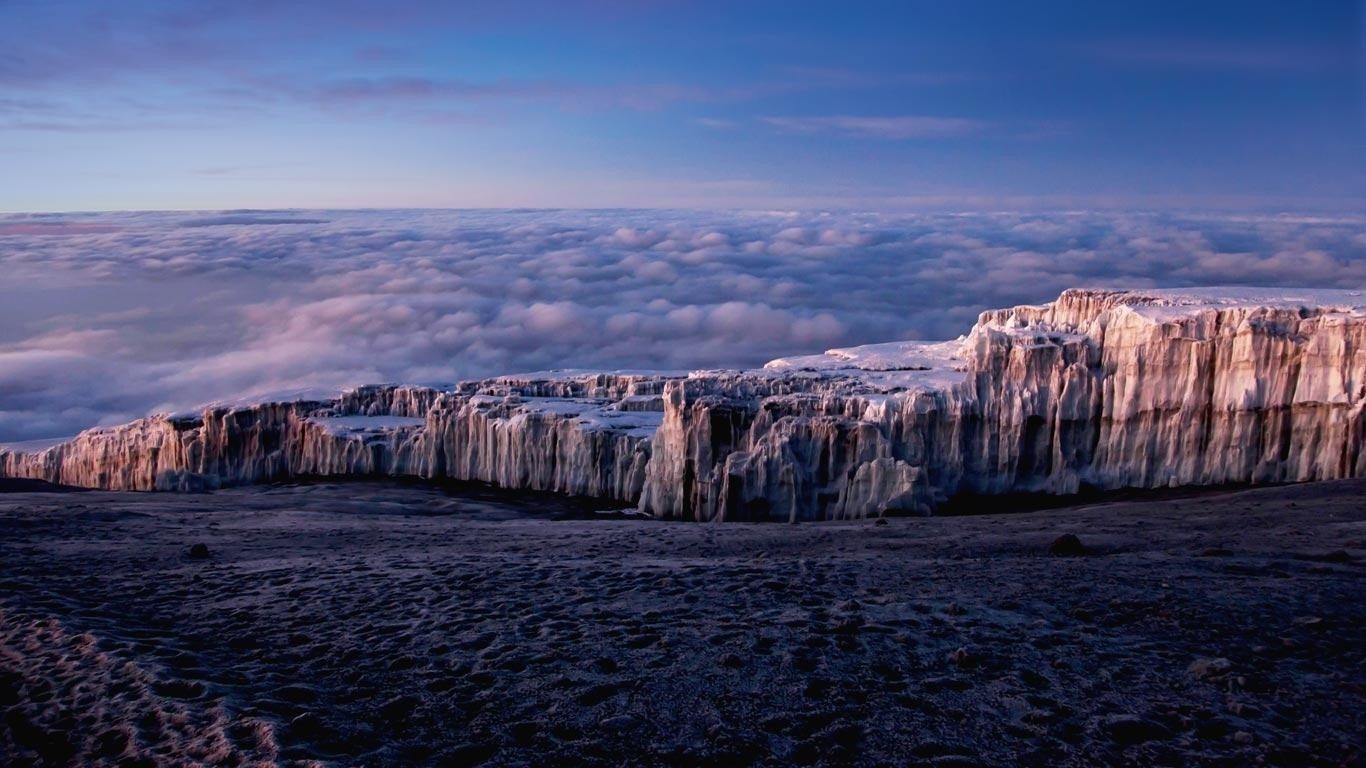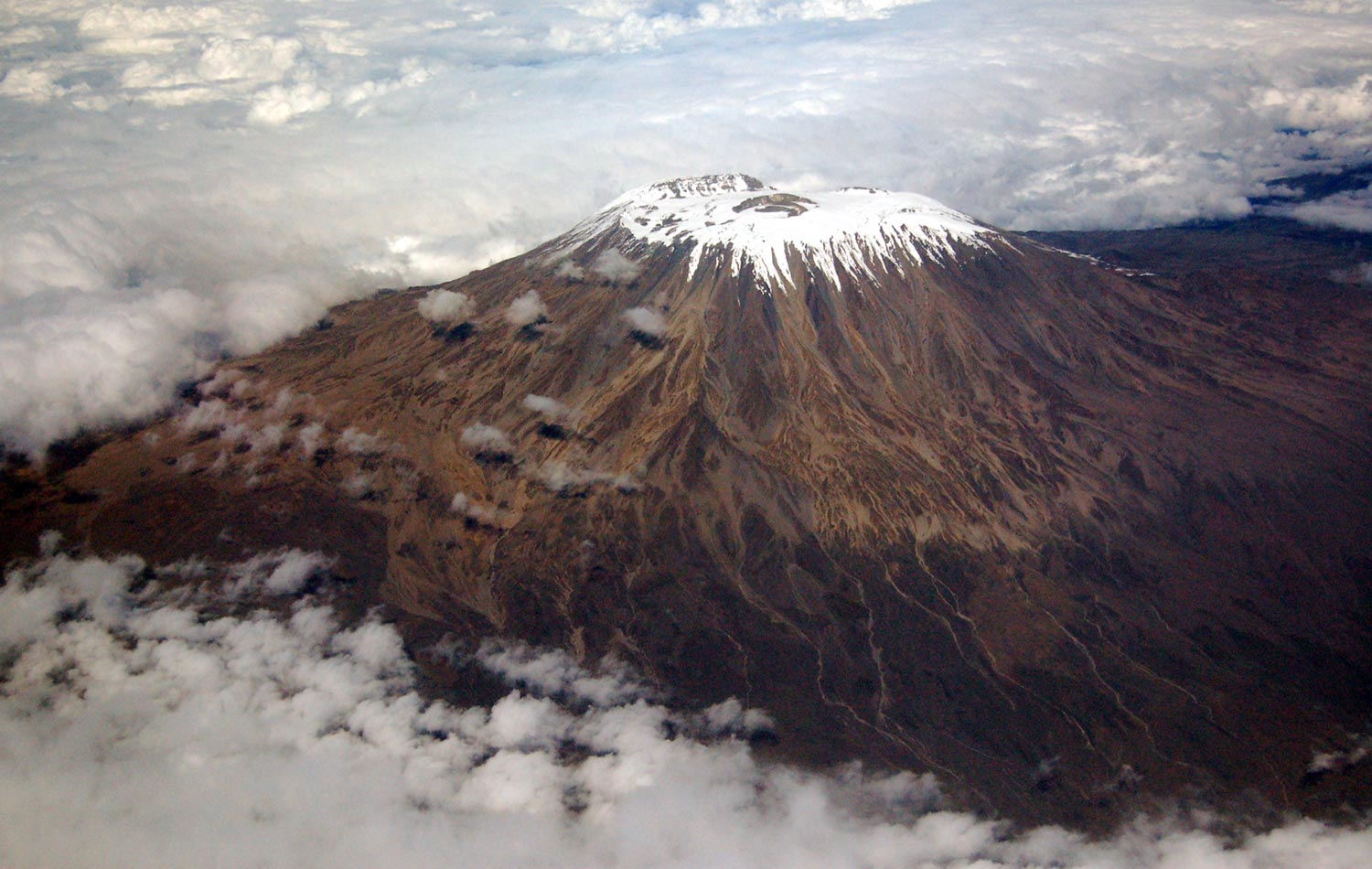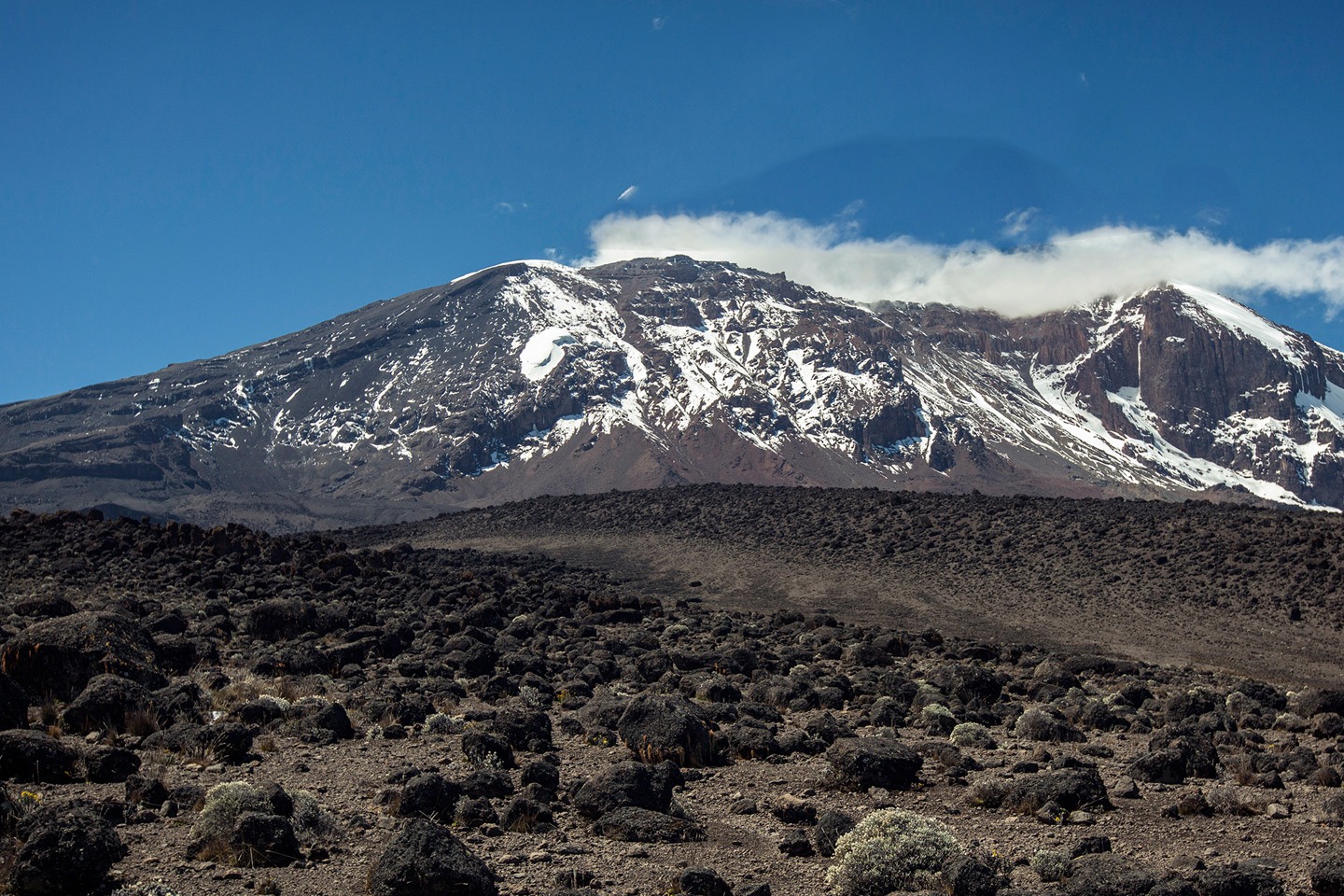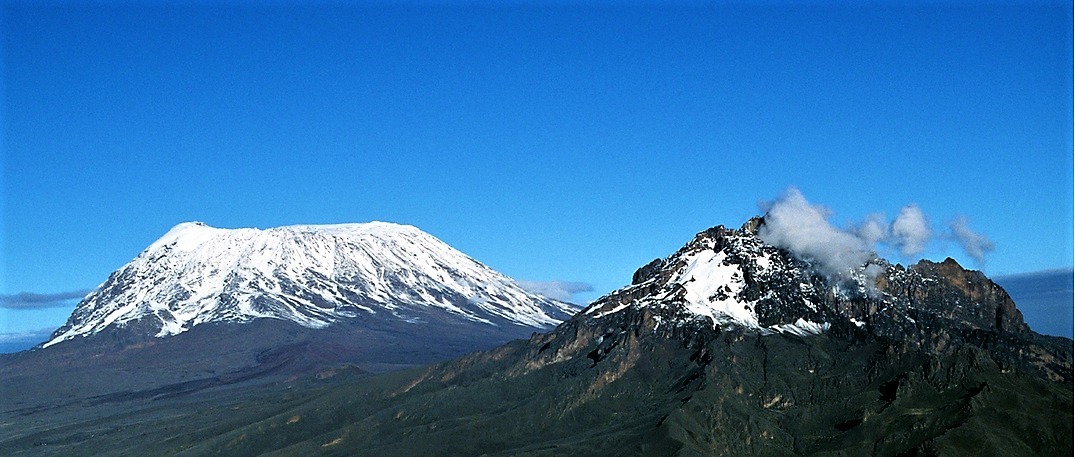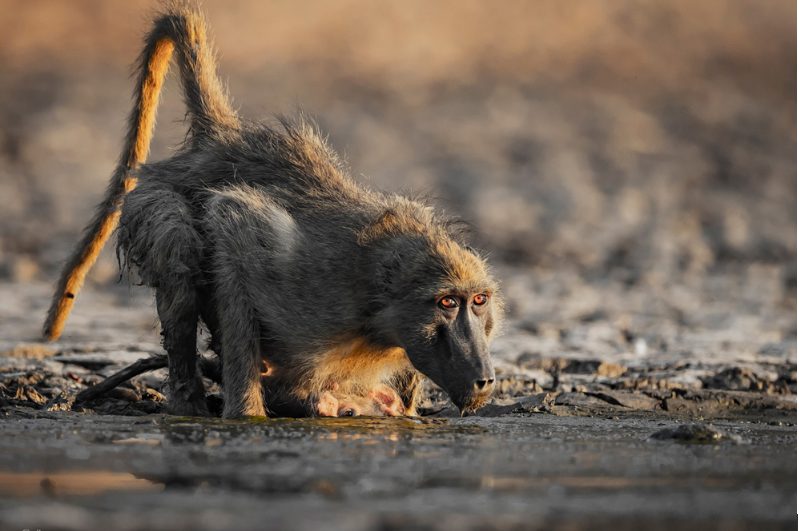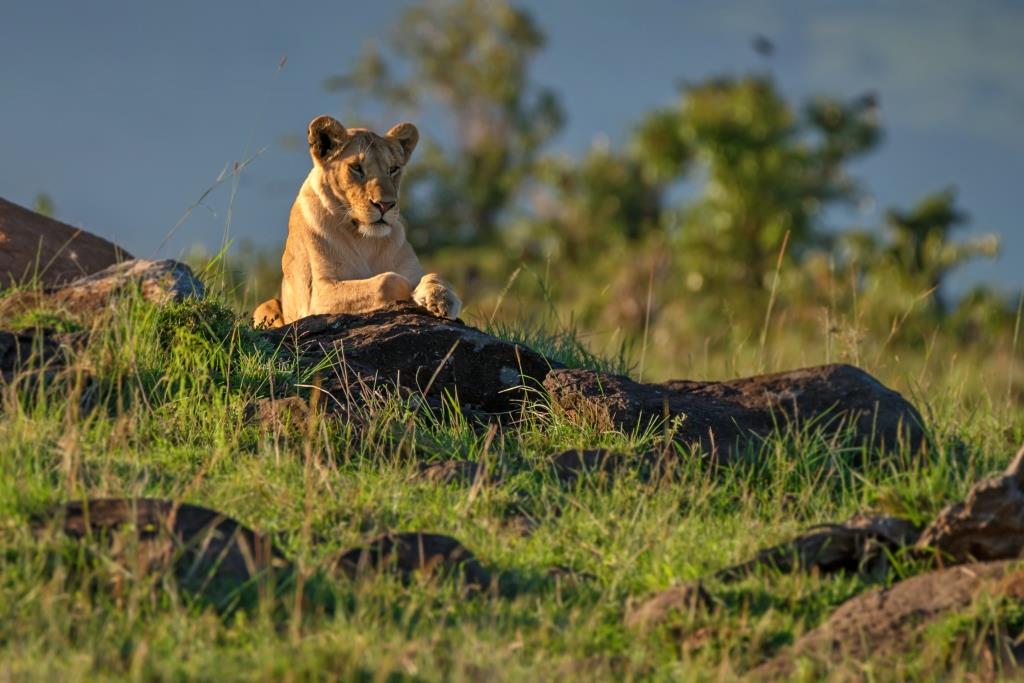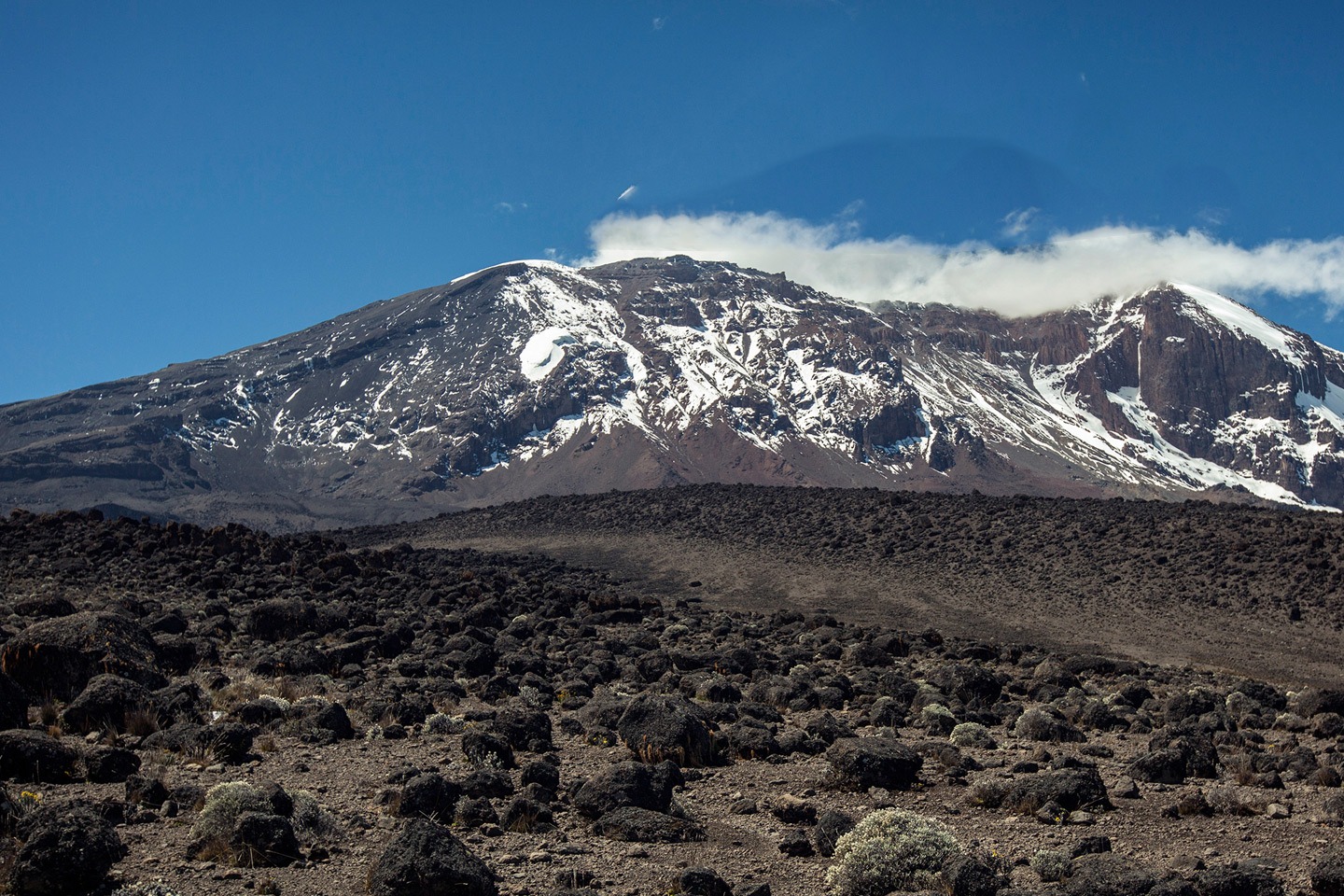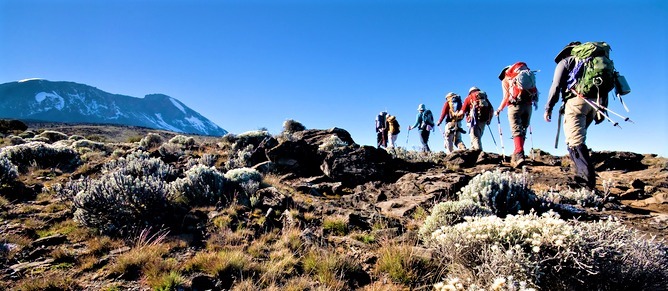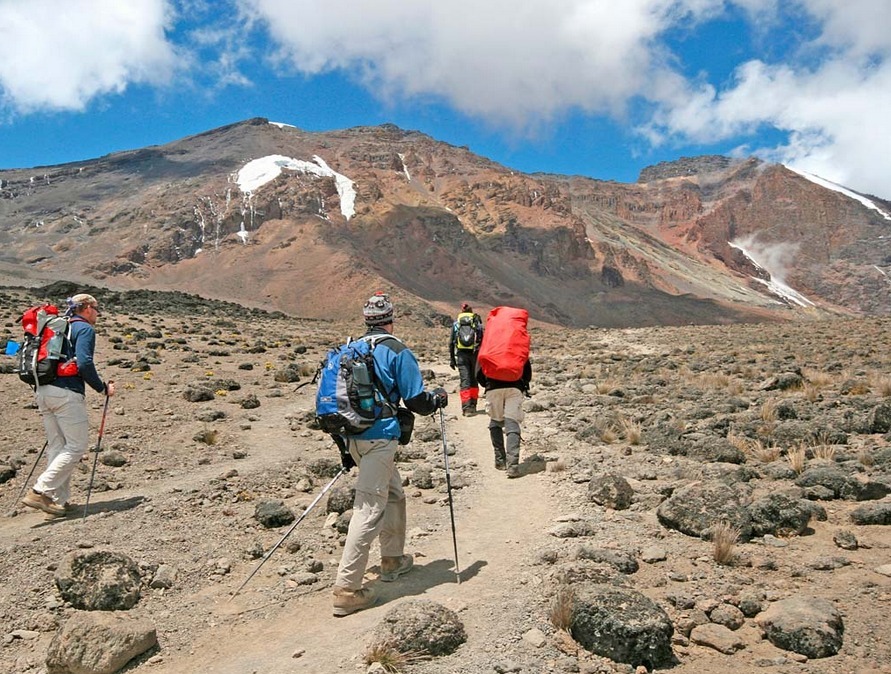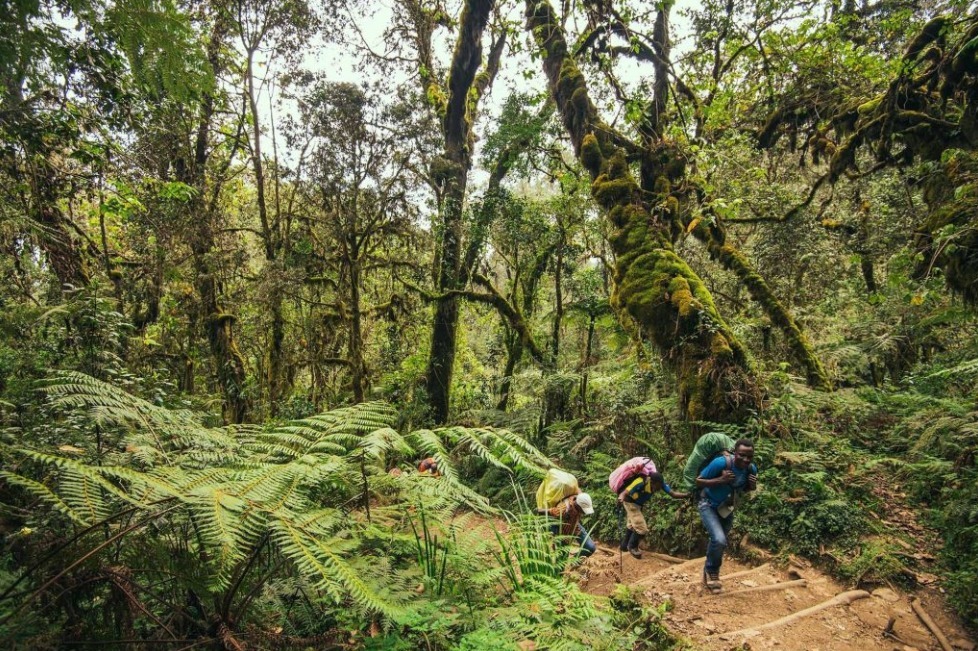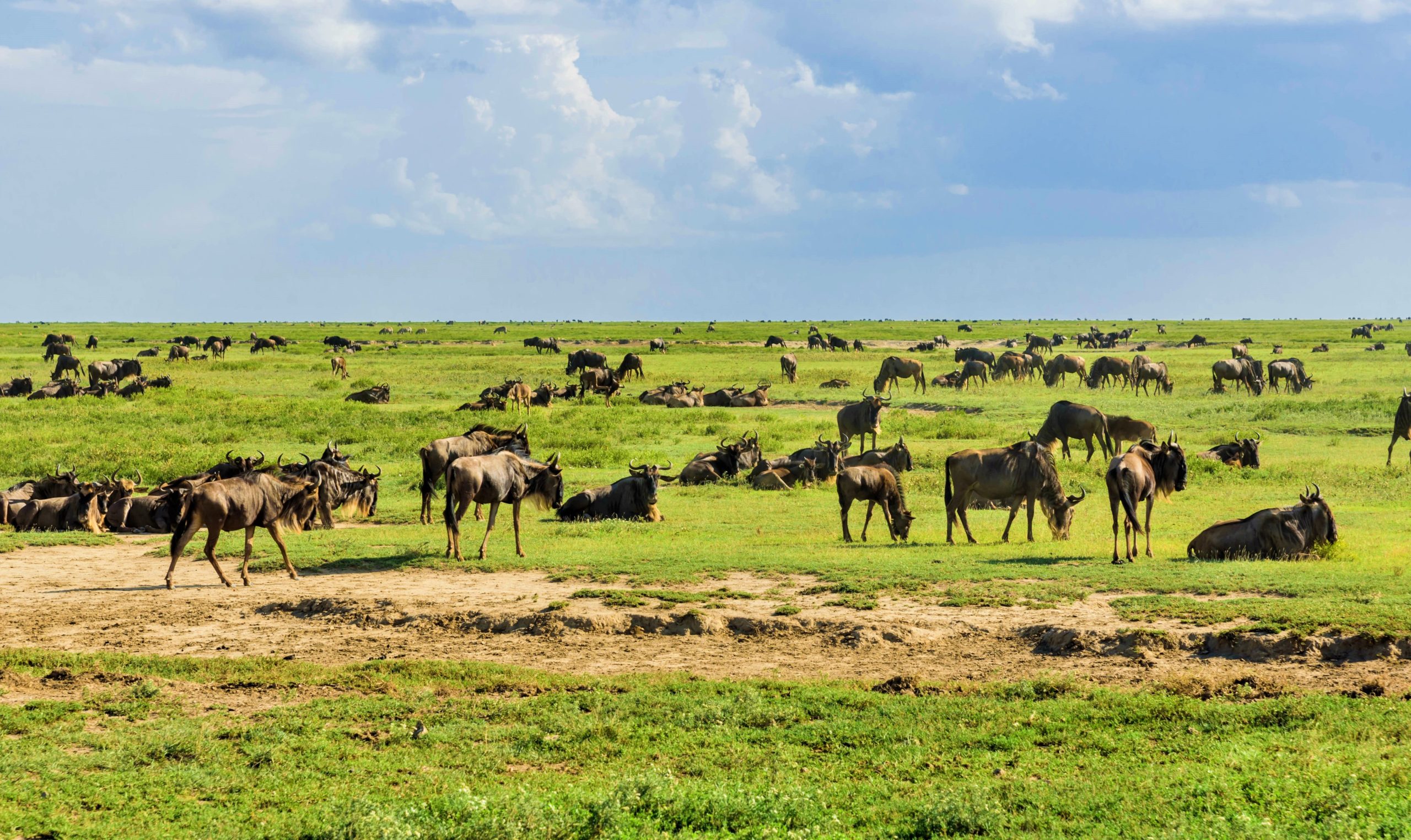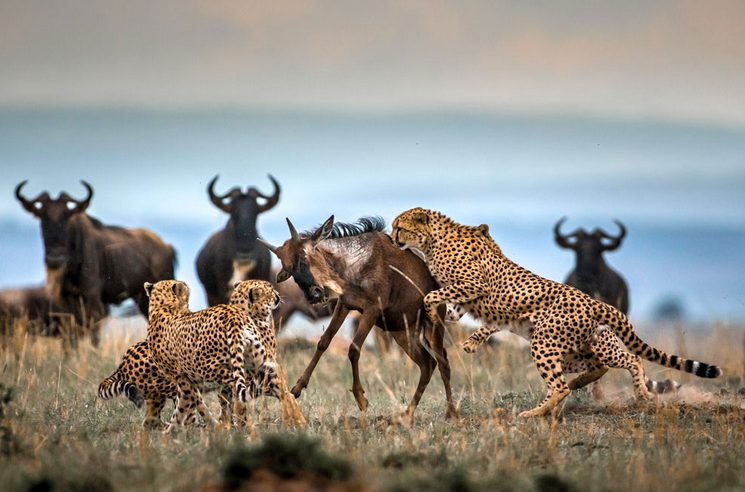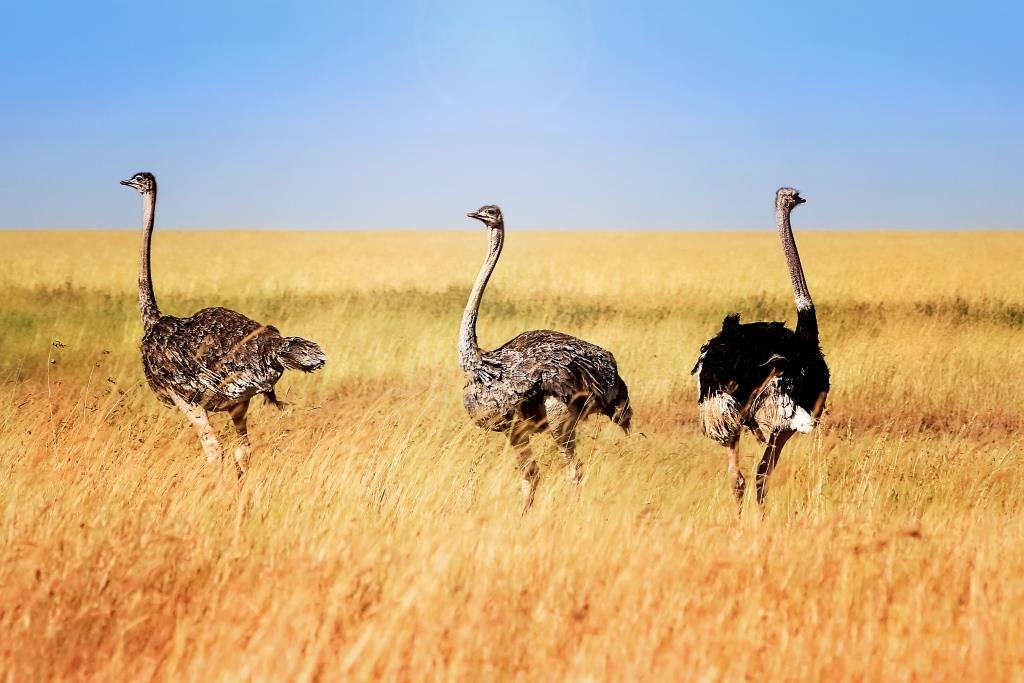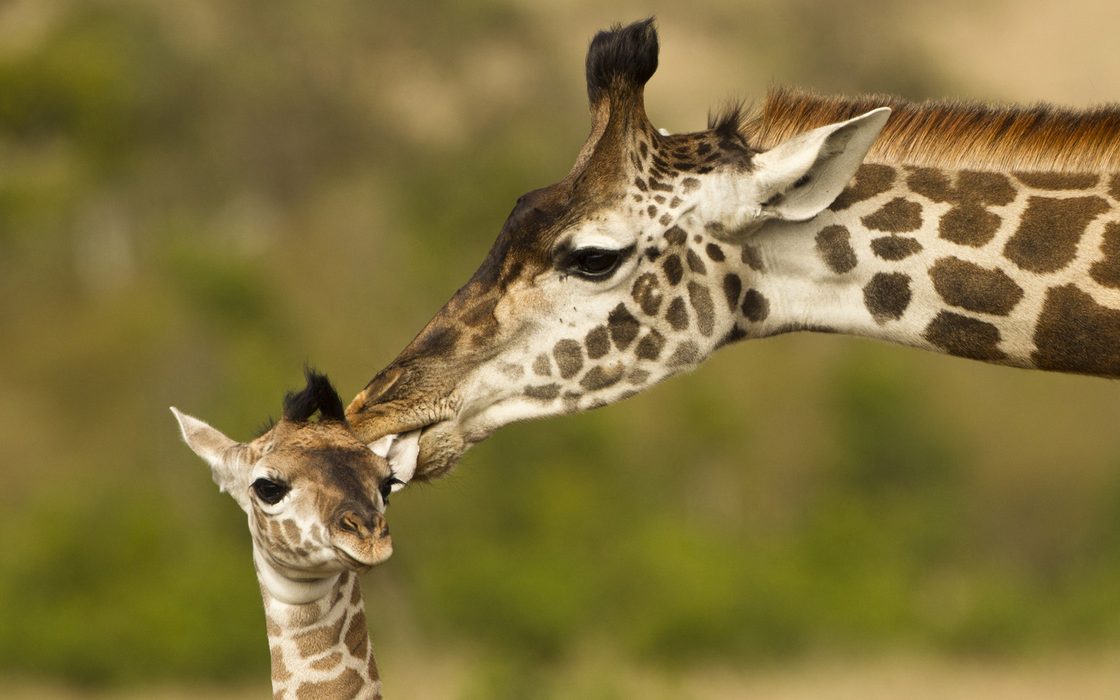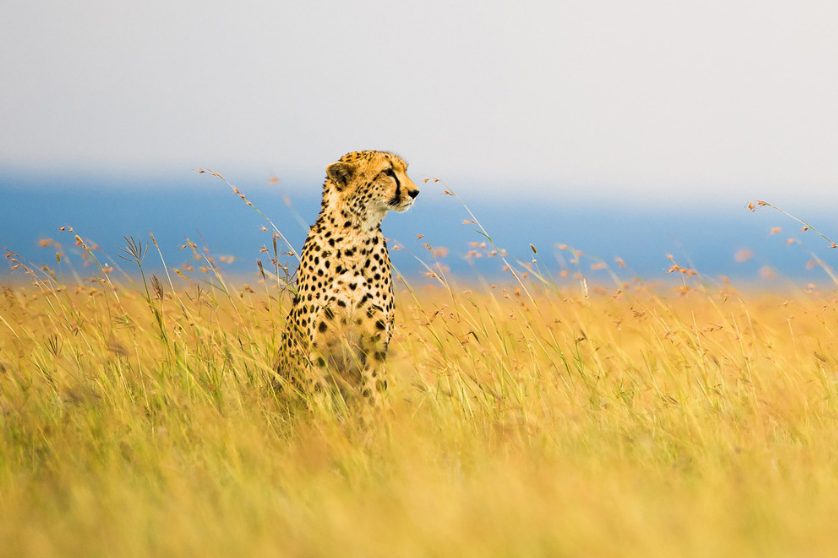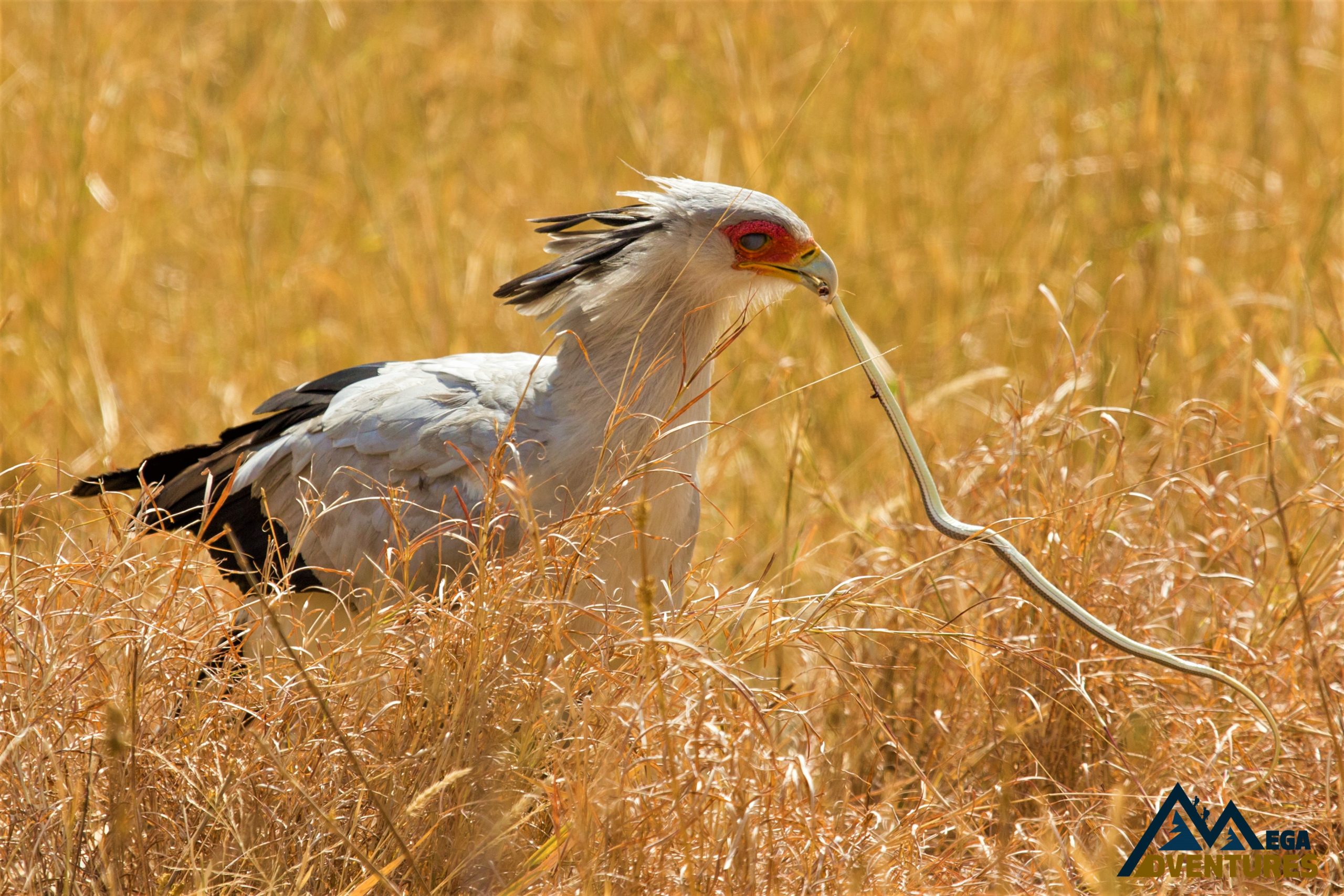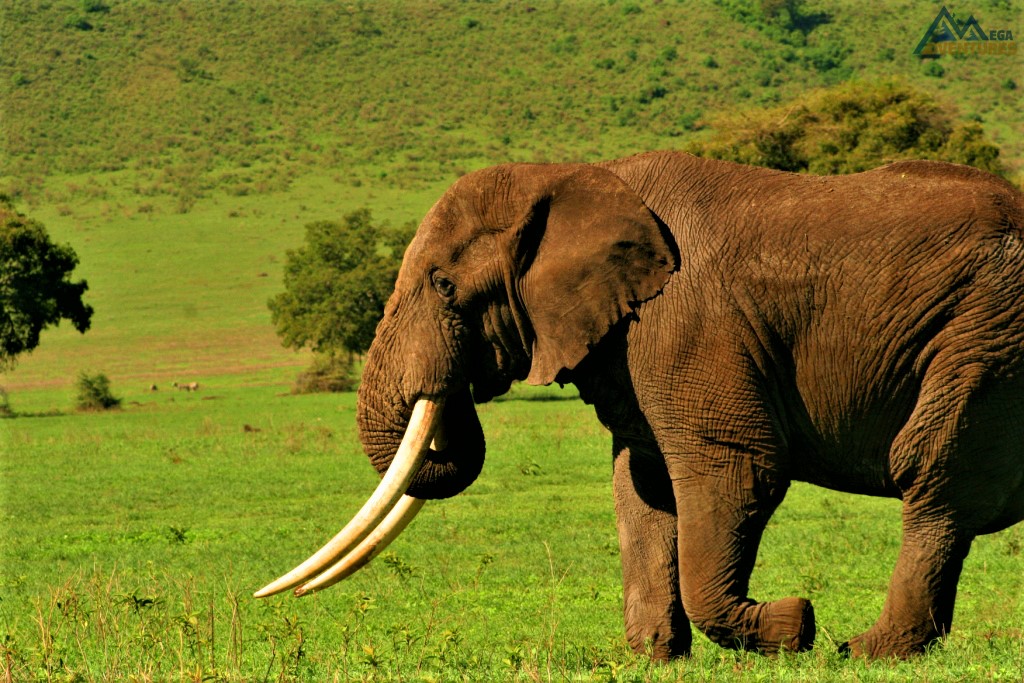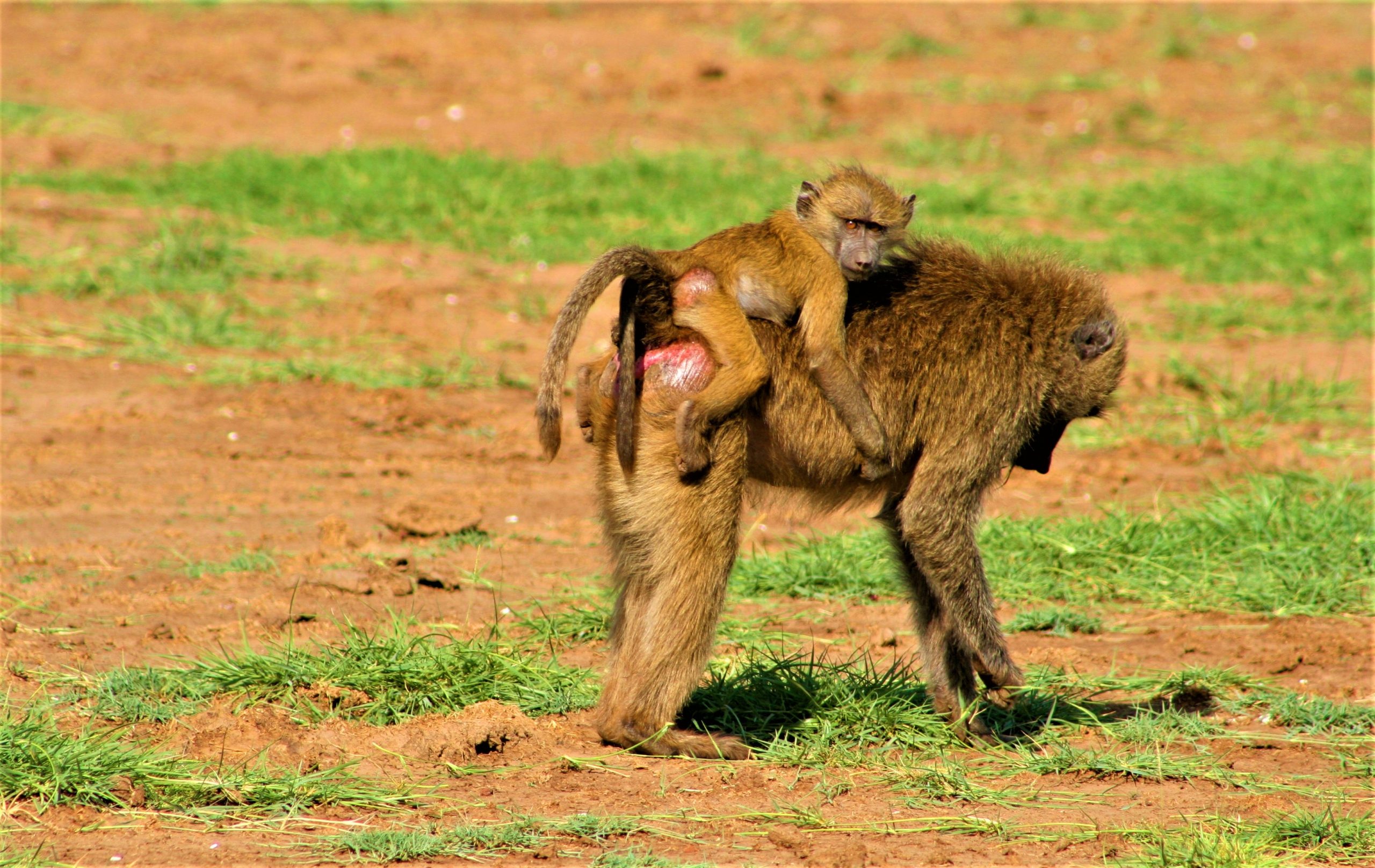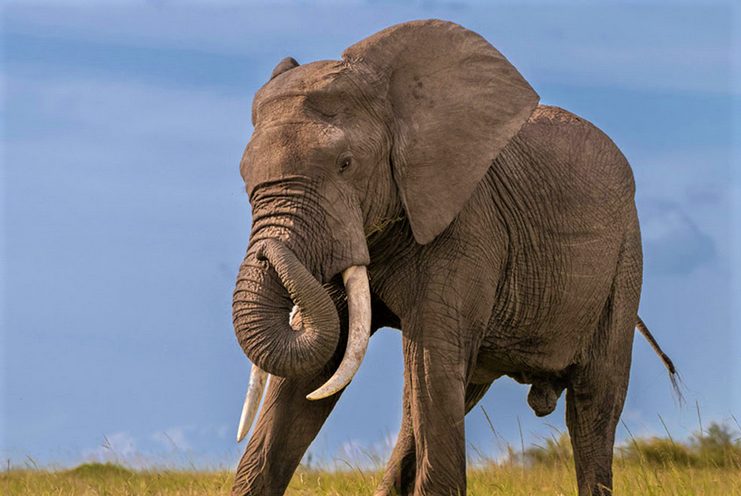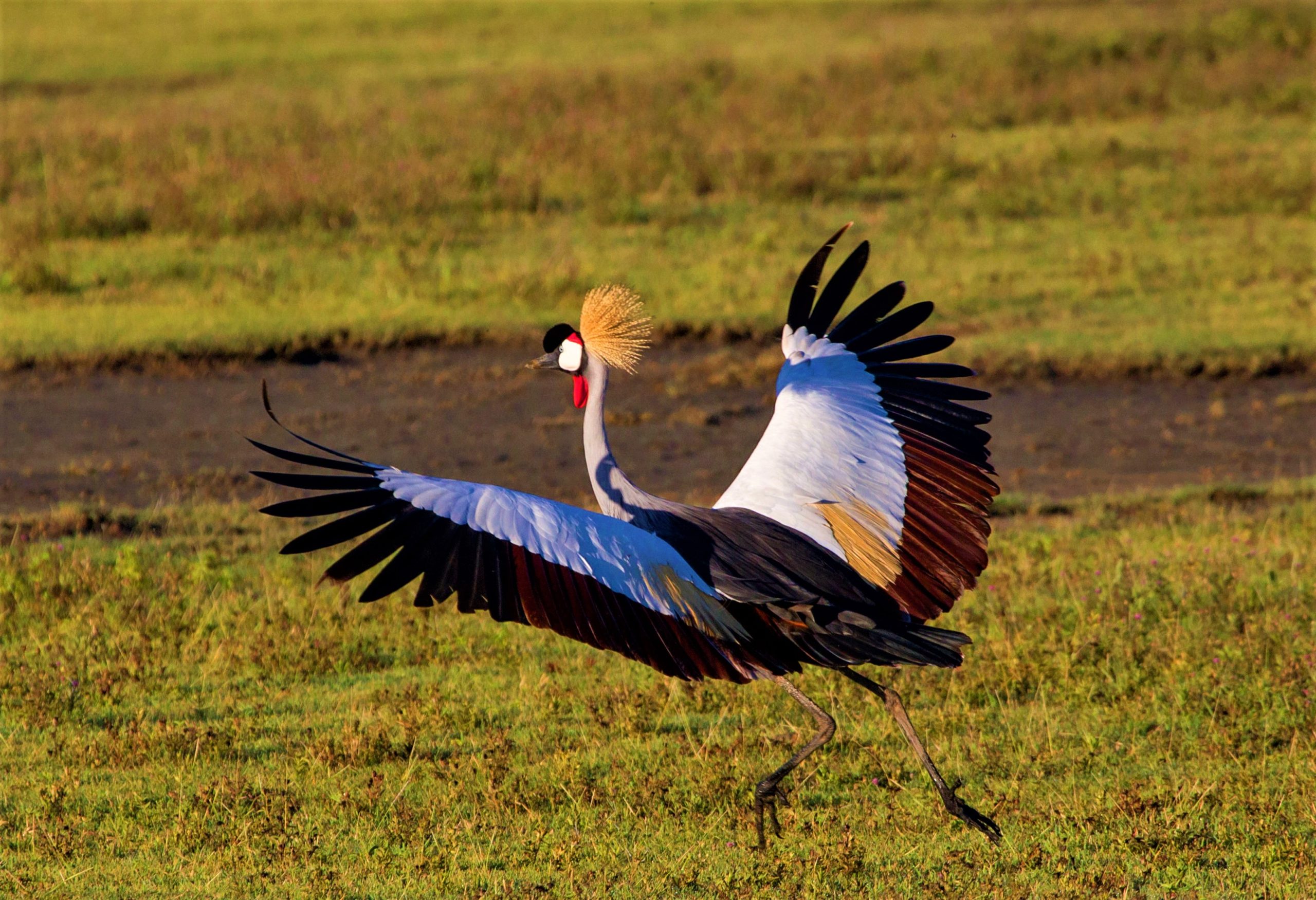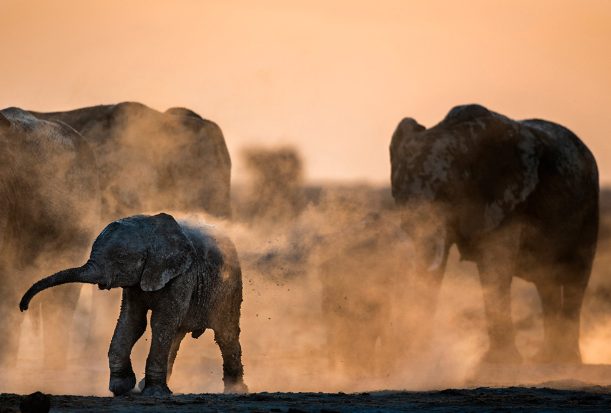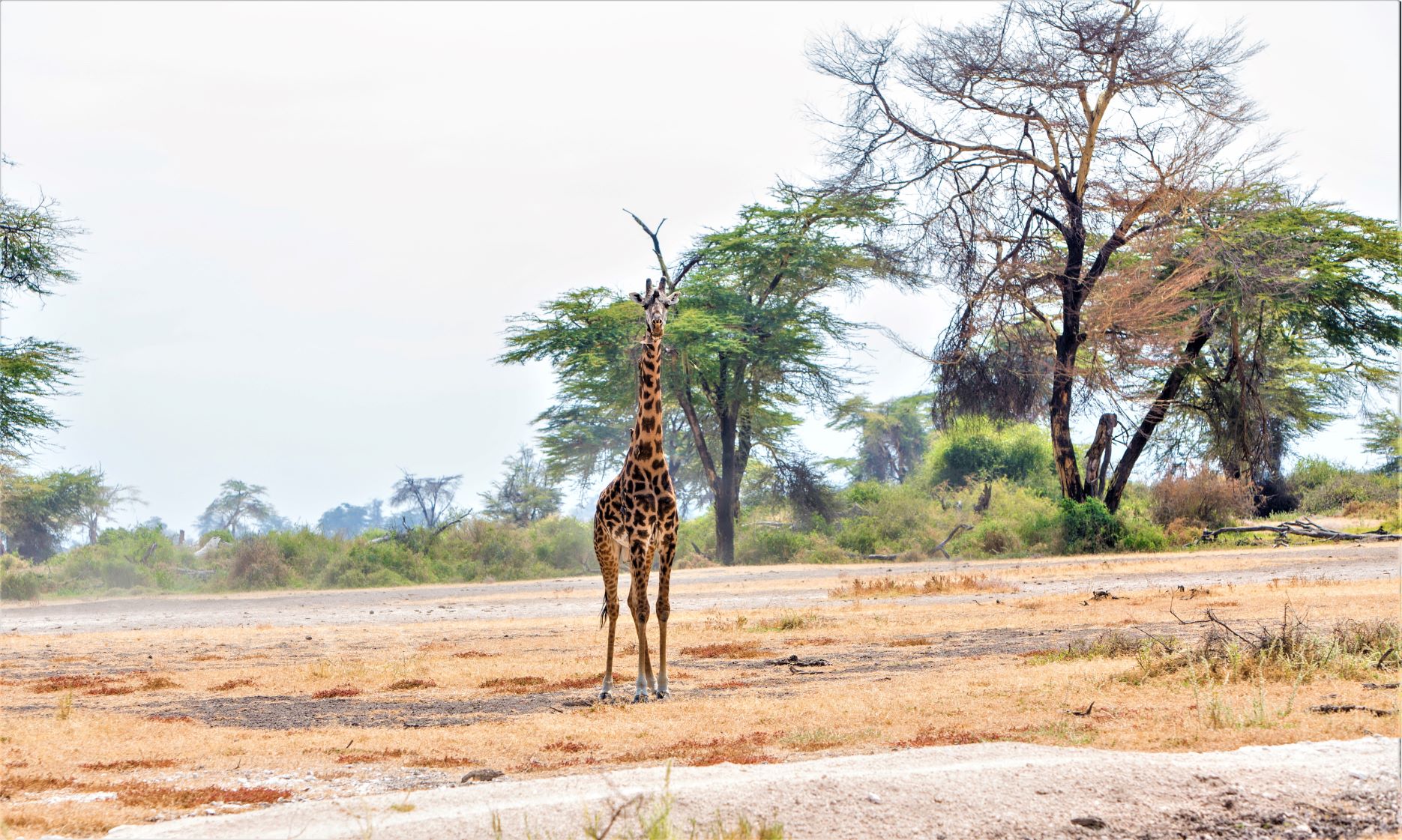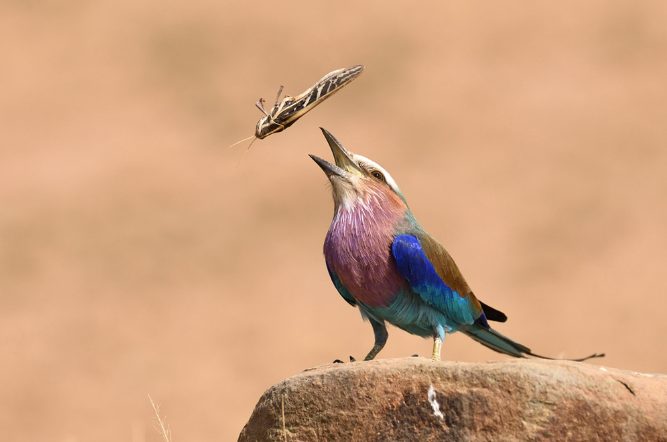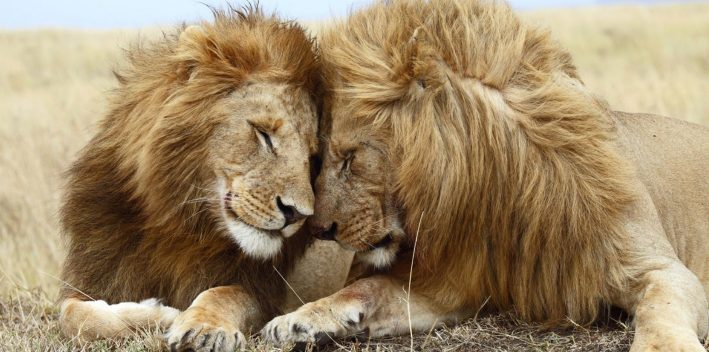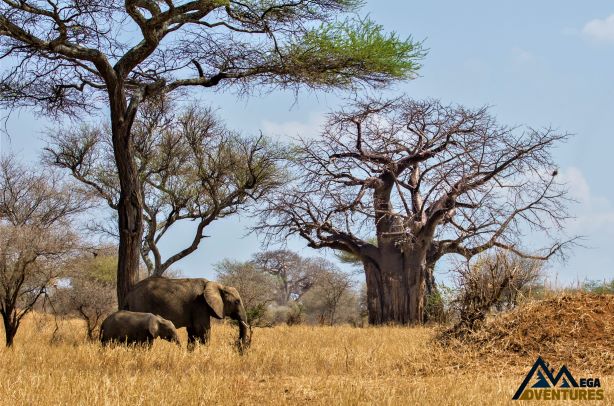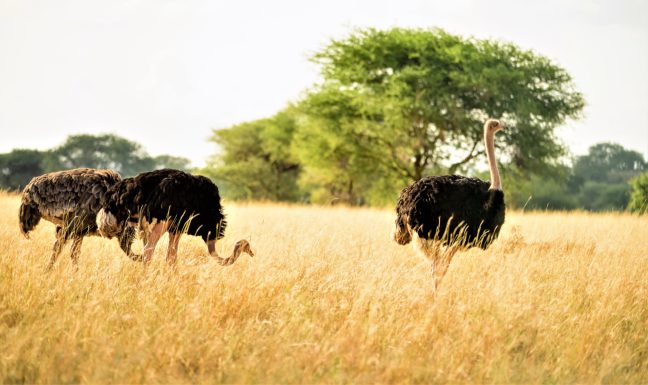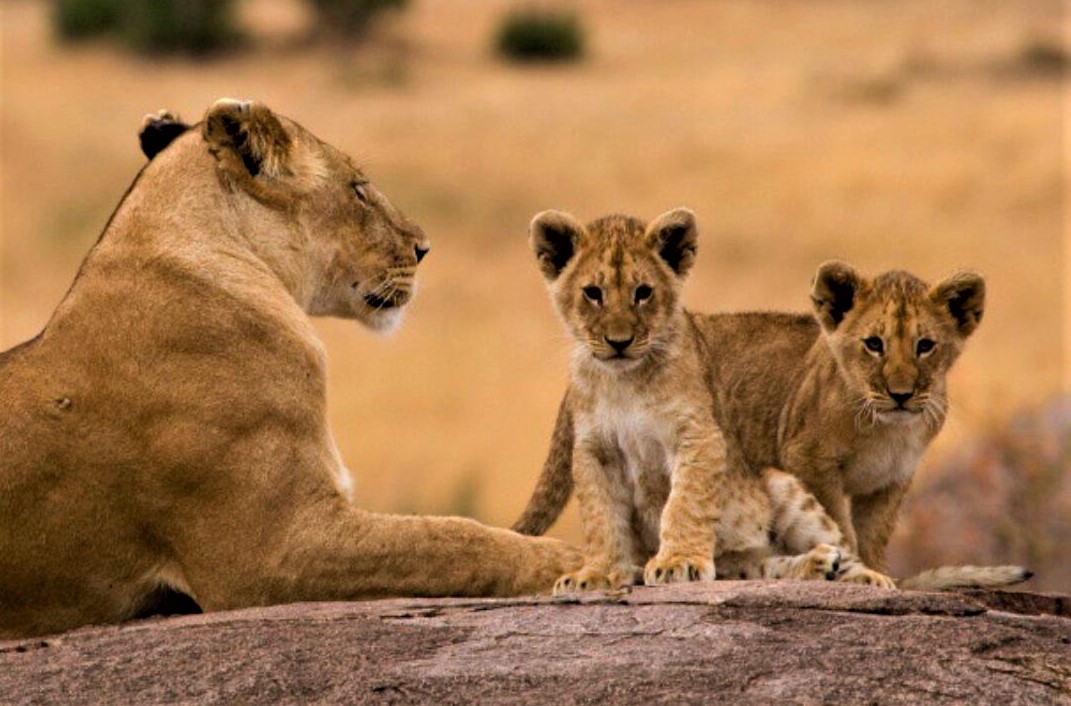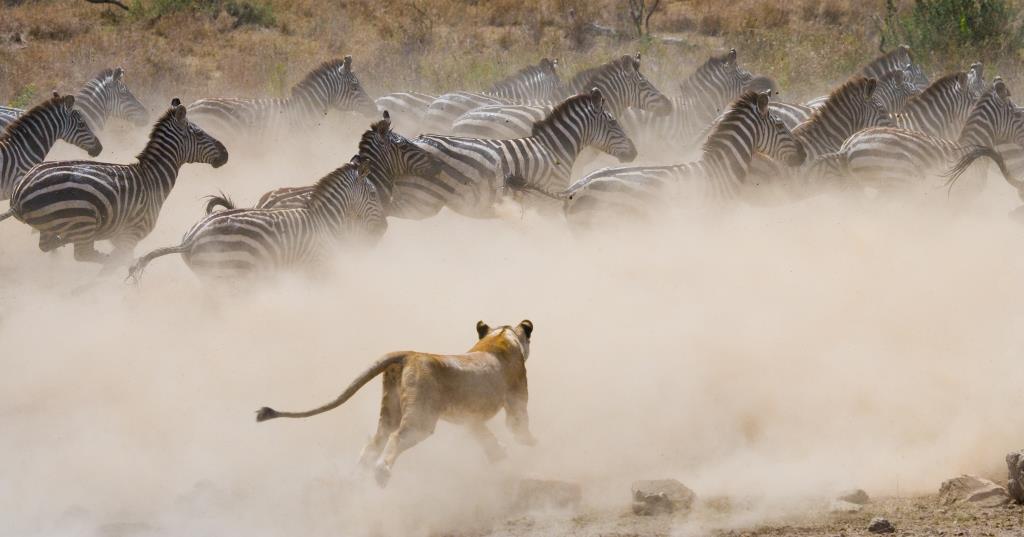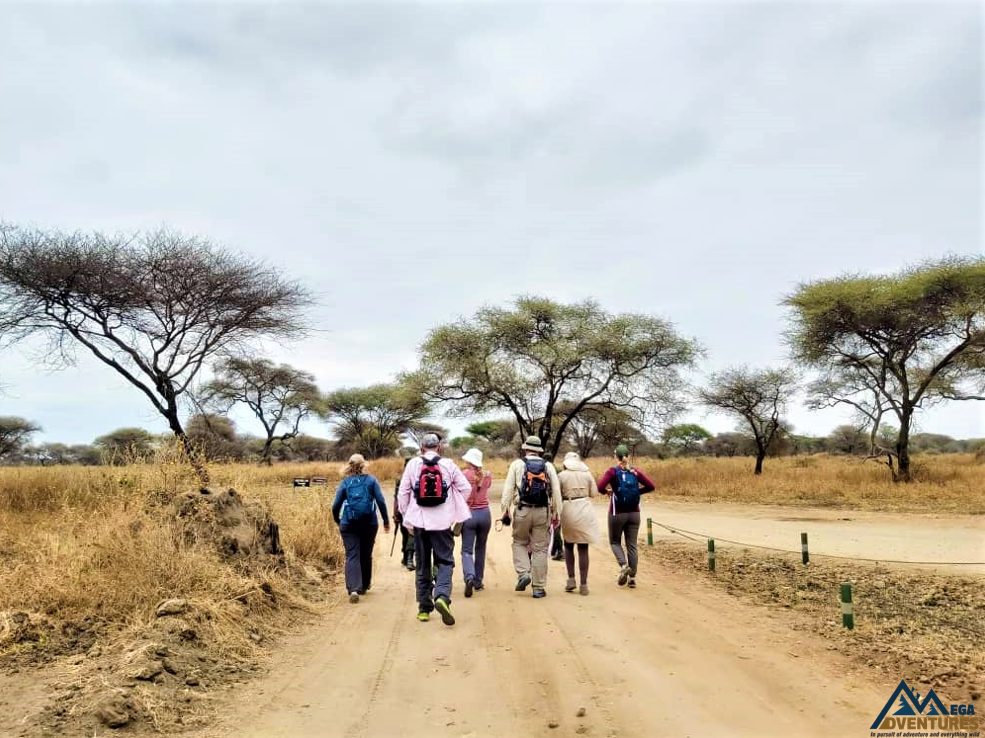The name ‘Saadani’ has a link to the 19th century, where there was an Arab settlement in the Area. It was the name of a fisherman’s village and plays an important role for the history of the country, as it was mentioned in chronicles of the Portuguese and notable travelers like El-Masoud, Richard Burton, Johannes Rebmann and Ptolemy among others. The fisherman’s village not only hosted these travelers, but were also once the place for a trade center coordinating overseas and hinterland bather trade, including slave trade.
A one of a kind paradise with a unique and extraordinary ecosystem, a naturally fascinating setting, where both marine and mainland flora and fauna is to be found. Where baboons are walking and a variety of monkey species are climbing in the trees. Herds of giant elephants walking together with buffalos. Where the tallest animal in the world, the noble Maasai giraffes, are walking calmly. If you look closely, leopards might be resting in the trees. Furthermore animals such as hartebeest, waterbucks, wildebeests, duikers, dik-dik, mongooses, genets, porcupines, warthogs and the beautiful sable antelopes can be spotted. On boat trips on the Wami River even hippopotamus and crocodiles can be spotted. And since 2005, the protected area has been considered a Lion Conservation Unit and the beaches in the Saadani National Park form one of the last major green turtle breeding sites on the mainland in Tanzania. Generally the purpose of Saadani National Park is protection and conservation of the coastal zone.
Together with stunning scenery this national park offers a varied range of activities besides regular game drives. These activities include guided walks, swimming and snorkeling, boat trips and the option of visiting the Saadani fishing village, which lies within the reserve.
When visiting Saadani the national park offers various types of accommodation as a public campsite at the beach, as well as special campsites in other parts of the park together with other accommodation facilities inside and outside the park.
Climate:
Saadani National Park experiences tropical climatic conditions. Like most of the parks in Tanzania Saadani National Park it experiences two wet seasons, long rains from March – May and the short rains from November – December. During the short rains it is likely to have few hours of rain during the day but will rarely extend throughout the day.
Being located close to the equator and the warm Indian ocean, it is humid throughout the year.
The coolest months are June – September with afternoon temperatures average 31 C° to 21 C° at night.
The warmest months are October – May with afternoon temperatures average 33 C° to 23 C° at night.
Best time to visit:
Saadani National Park can be visited all year around with wildlife plentiful everywhere, but during the green season of March-May and November and December some parts may be inaccessible.
Accessibility:
Easily accessible from Dar es Salaam, about 5 hours drive most of which is on the highway the park is also accessible from Arusha after covering the Northern circuit for those opting for Combo packages to cover the Eastern and Southern Park of Tanzania, or those who want to explore the country by road visiting the Usambara and further to Saadani before heading for their outbound flight in Dares Salaam Julius Nyerere International Airport.
By Air Saadani National Park can be accessed from Zanzibar, Dar es Salaam and Arusha town.
Accommodation:
The Park offers various types of accommodation options. From Rest house, Bandas, Camping ground, Lodges and Tented Camps both inside and outside the park
Activities:
- Game drives
- Walking Safari’s
- Swimming
- Boat trips
- Camping



